Quick filters:
Eelworm Stock Photos and Images
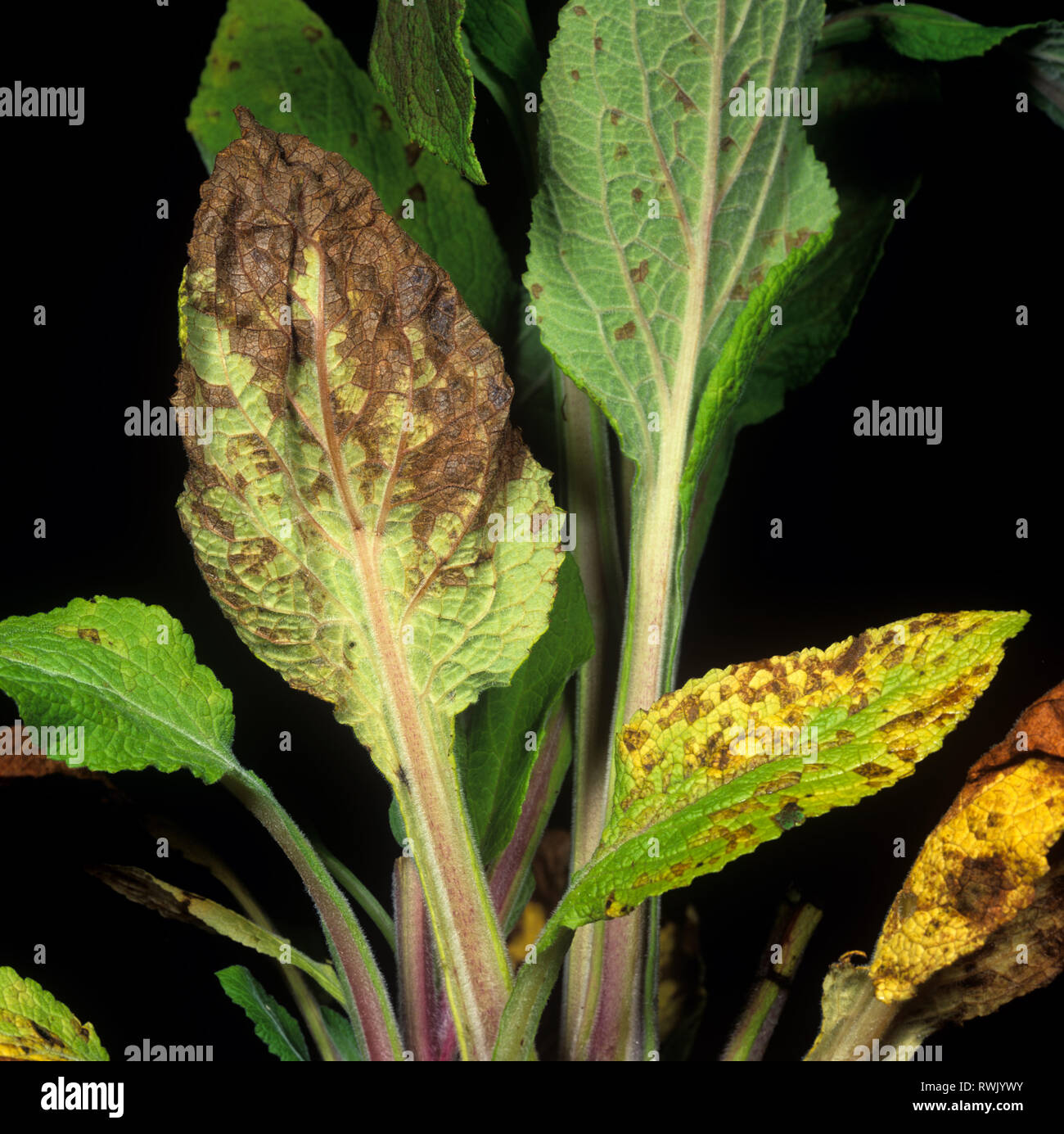 Leaf eelworm (Aphelenchoides spp.) damage to foxglove (Digitalis sp.) leaves Stock Photohttps://www.alamy.com/image-license-details/?v=1https://www.alamy.com/leaf-eelworm-aphelenchoides-spp-damage-to-foxglove-digitalis-sp-leaves-image239518215.html
Leaf eelworm (Aphelenchoides spp.) damage to foxglove (Digitalis sp.) leaves Stock Photohttps://www.alamy.com/image-license-details/?v=1https://www.alamy.com/leaf-eelworm-aphelenchoides-spp-damage-to-foxglove-digitalis-sp-leaves-image239518215.htmlRMRWJYWY–Leaf eelworm (Aphelenchoides spp.) damage to foxglove (Digitalis sp.) leaves
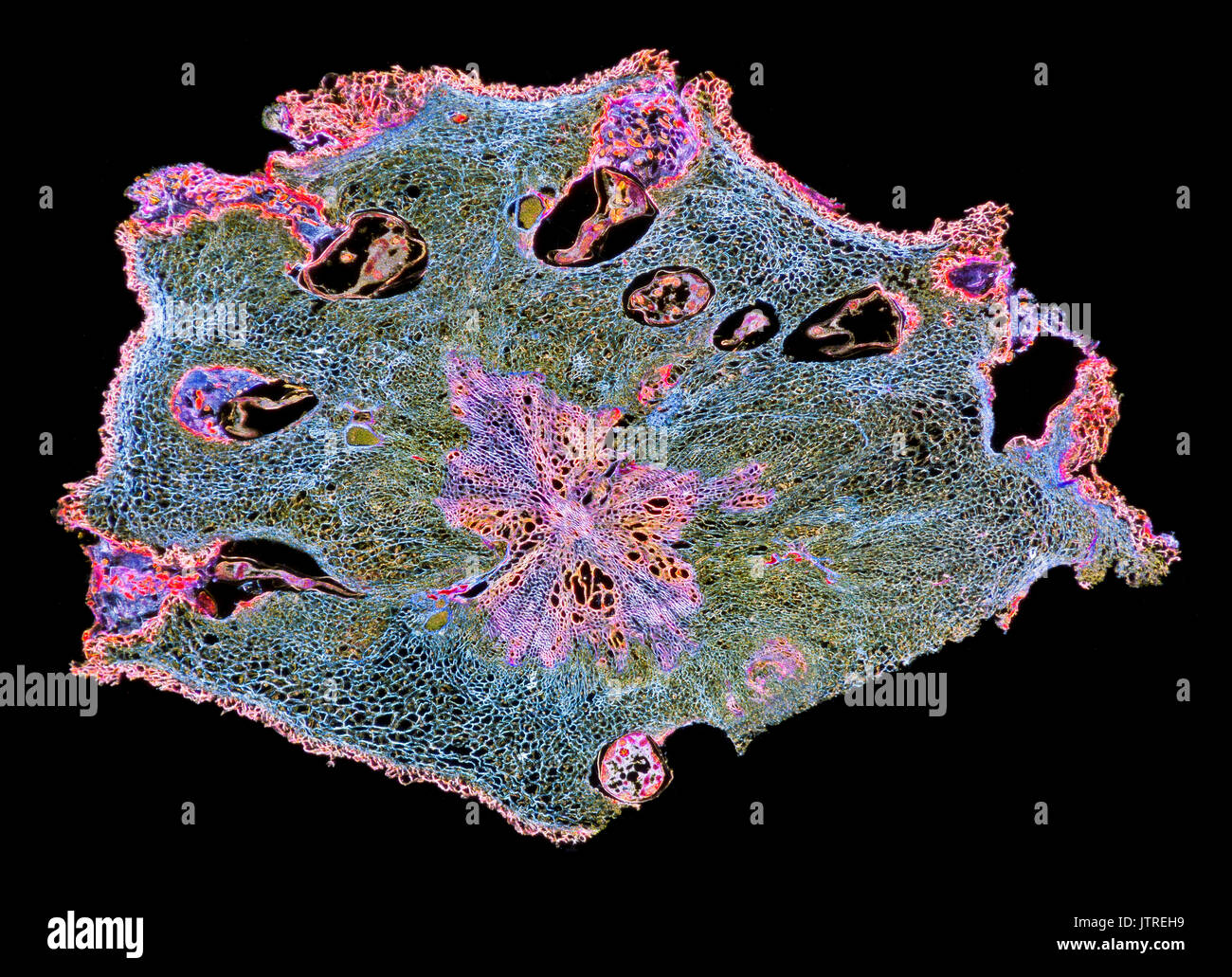 Tomato root, eelworm infestation nodule, darkfield photomicrograph TS Stock Photohttps://www.alamy.com/image-license-details/?v=1https://www.alamy.com/tomato-root-eelworm-infestation-nodule-darkfield-photomicrograph-ts-image152951045.html
Tomato root, eelworm infestation nodule, darkfield photomicrograph TS Stock Photohttps://www.alamy.com/image-license-details/?v=1https://www.alamy.com/tomato-root-eelworm-infestation-nodule-darkfield-photomicrograph-ts-image152951045.htmlRMJTREH9–Tomato root, eelworm infestation nodule, darkfield photomicrograph TS
 An eelworm possibly Ditylenchus sp in rotten timber of an ornamental tree Stock Photohttps://www.alamy.com/image-license-details/?v=1https://www.alamy.com/stock-photo-an-eelworm-possibly-ditylenchus-sp-in-rotten-timber-of-an-ornamental-21535604.html
An eelworm possibly Ditylenchus sp in rotten timber of an ornamental tree Stock Photohttps://www.alamy.com/image-license-details/?v=1https://www.alamy.com/stock-photo-an-eelworm-possibly-ditylenchus-sp-in-rotten-timber-of-an-ornamental-21535604.htmlRMB710TM–An eelworm possibly Ditylenchus sp in rotten timber of an ornamental tree
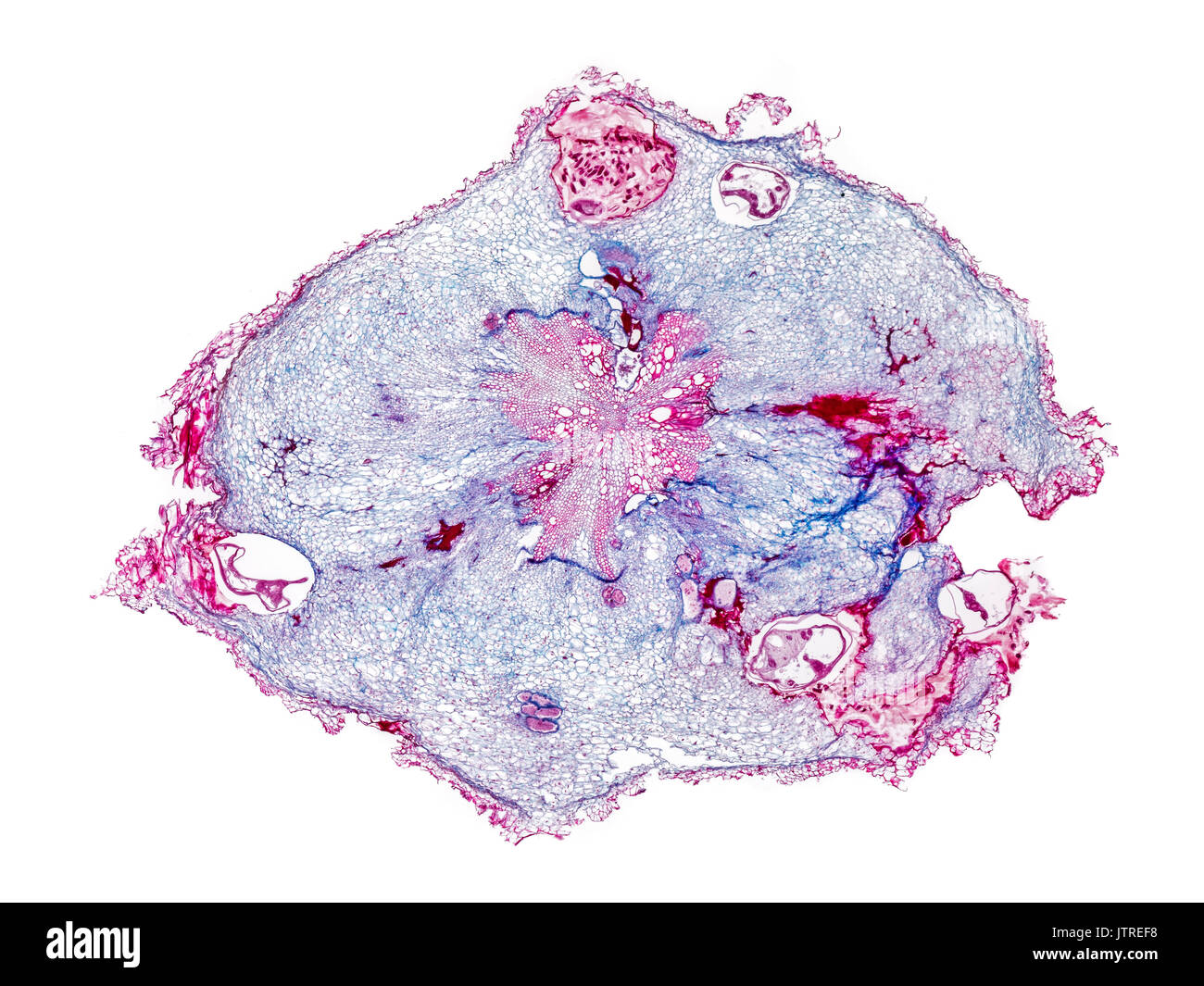 Tomato root, eelworm infestation nodule, brightfield photomicrograph TS Stock Photohttps://www.alamy.com/image-license-details/?v=1https://www.alamy.com/tomato-root-eelworm-infestation-nodule-brightfield-photomicrograph-image152950988.html
Tomato root, eelworm infestation nodule, brightfield photomicrograph TS Stock Photohttps://www.alamy.com/image-license-details/?v=1https://www.alamy.com/tomato-root-eelworm-infestation-nodule-brightfield-photomicrograph-image152950988.htmlRMJTREF8–Tomato root, eelworm infestation nodule, brightfield photomicrograph TS
 An eelworm possibly Ditylenchus sp in rotten timber of an ornamental tree Stock Photohttps://www.alamy.com/image-license-details/?v=1https://www.alamy.com/stock-photo-an-eelworm-possibly-ditylenchus-sp-in-rotten-timber-of-an-ornamental-21560081.html
An eelworm possibly Ditylenchus sp in rotten timber of an ornamental tree Stock Photohttps://www.alamy.com/image-license-details/?v=1https://www.alamy.com/stock-photo-an-eelworm-possibly-ditylenchus-sp-in-rotten-timber-of-an-ornamental-21560081.htmlRMB7242W–An eelworm possibly Ditylenchus sp in rotten timber of an ornamental tree
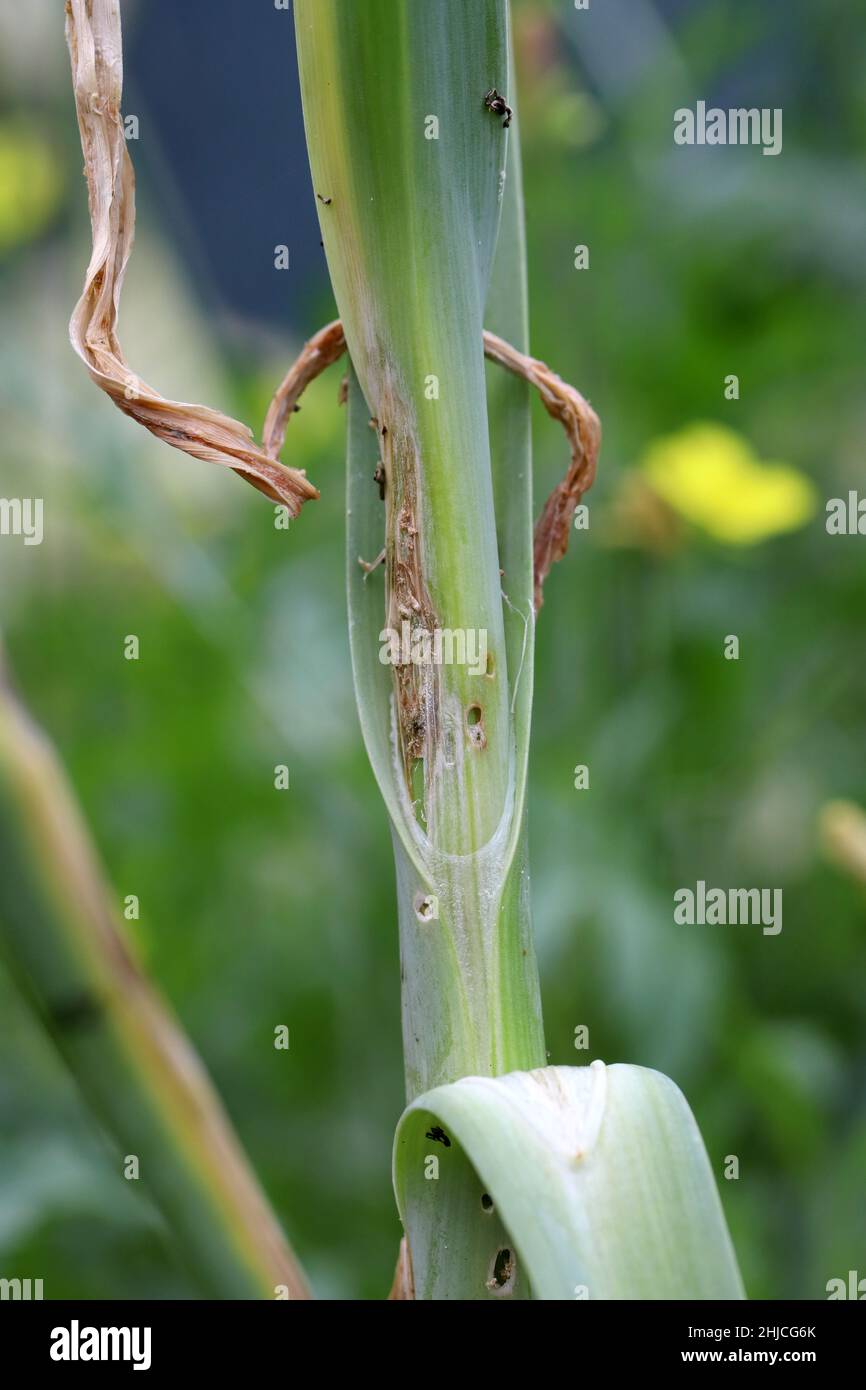 Leek plant damaged by caterpillars of leek moth or onion leaf miner Acrolepia, Acrolepiopsis assectella family Acrolepiidae. It is Invasive species Stock Photohttps://www.alamy.com/image-license-details/?v=1https://www.alamy.com/leek-plant-damaged-by-caterpillars-of-leek-moth-or-onion-leaf-miner-acrolepia-acrolepiopsis-assectella-family-acrolepiidae-it-is-invasive-species-image458809531.html
Leek plant damaged by caterpillars of leek moth or onion leaf miner Acrolepia, Acrolepiopsis assectella family Acrolepiidae. It is Invasive species Stock Photohttps://www.alamy.com/image-license-details/?v=1https://www.alamy.com/leek-plant-damaged-by-caterpillars-of-leek-moth-or-onion-leaf-miner-acrolepia-acrolepiopsis-assectella-family-acrolepiidae-it-is-invasive-species-image458809531.htmlRF2HJCG6K–Leek plant damaged by caterpillars of leek moth or onion leaf miner Acrolepia, Acrolepiopsis assectella family Acrolepiidae. It is Invasive species
 Stem Eelworm Ditylenchus dipsaci swollen stem damage to field bean Vicia faba Stock Photohttps://www.alamy.com/image-license-details/?v=1https://www.alamy.com/stock-photo-stem-eelworm-ditylenchus-dipsaci-swollen-stem-damage-to-field-bean-14783442.html
Stem Eelworm Ditylenchus dipsaci swollen stem damage to field bean Vicia faba Stock Photohttps://www.alamy.com/image-license-details/?v=1https://www.alamy.com/stock-photo-stem-eelworm-ditylenchus-dipsaci-swollen-stem-damage-to-field-bean-14783442.htmlRMAJP10K–Stem Eelworm Ditylenchus dipsaci swollen stem damage to field bean Vicia faba
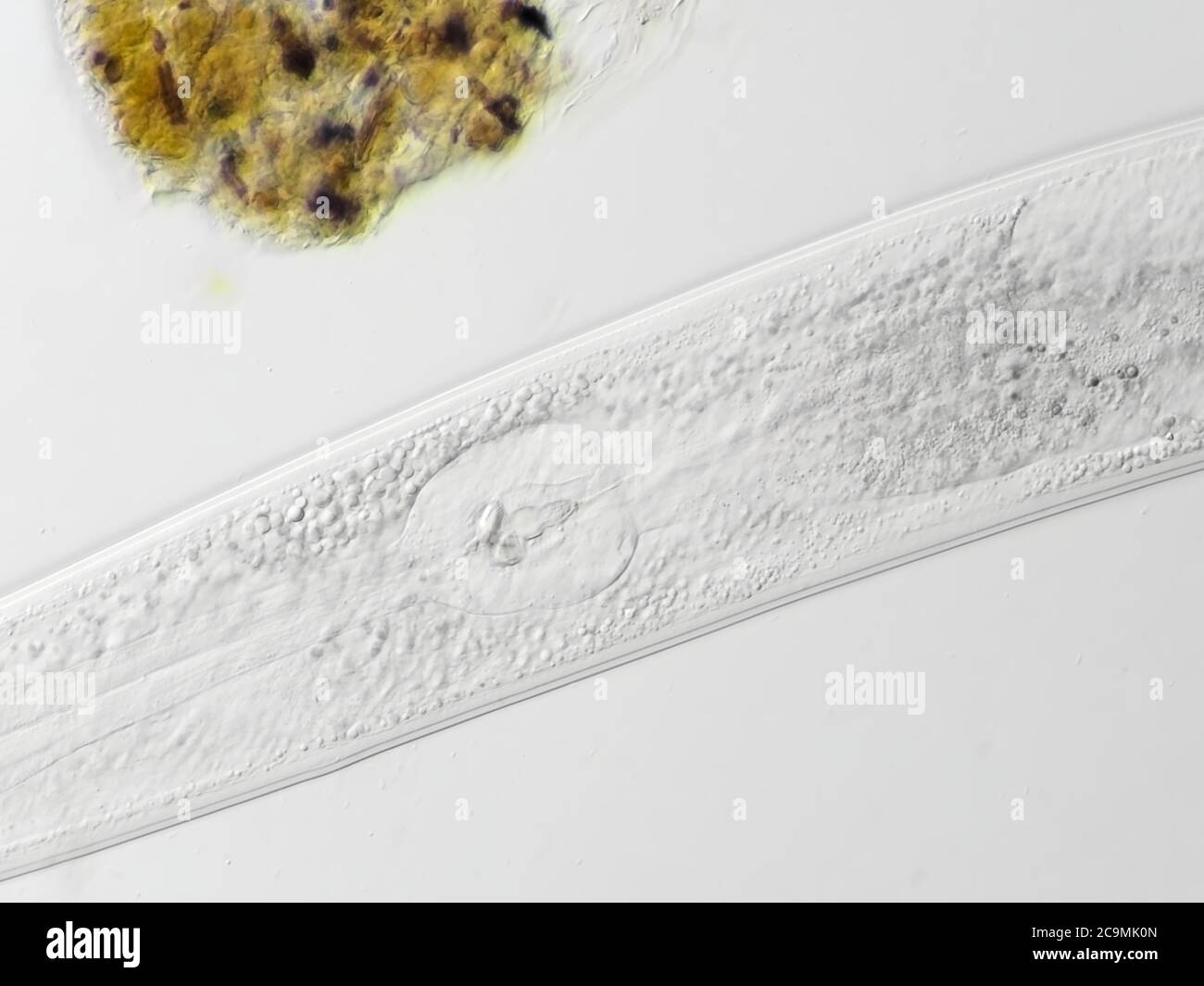 Nematode worm (median bulb detailed view), from a garden puddle water sample, horizontal field of view is about 0.24mm Stock Photohttps://www.alamy.com/image-license-details/?v=1https://www.alamy.com/nematode-worm-median-bulb-detailed-view-from-a-garden-puddle-water-sample-horizontal-field-of-view-is-about-024mm-image367403589.html
Nematode worm (median bulb detailed view), from a garden puddle water sample, horizontal field of view is about 0.24mm Stock Photohttps://www.alamy.com/image-license-details/?v=1https://www.alamy.com/nematode-worm-median-bulb-detailed-view-from-a-garden-puddle-water-sample-horizontal-field-of-view-is-about-024mm-image367403589.htmlRM2C9MK0N–Nematode worm (median bulb detailed view), from a garden puddle water sample, horizontal field of view is about 0.24mm
 Stem & bulb eelworm (Ditylenchus dipsaci) damage to bean (Vicia faba) stem Stock Photohttps://www.alamy.com/image-license-details/?v=1https://www.alamy.com/stock-photo-stem-bulb-eelworm-ditylenchus-dipsaci-damage-to-bean-vicia-faba-stem-28352014.html
Stem & bulb eelworm (Ditylenchus dipsaci) damage to bean (Vicia faba) stem Stock Photohttps://www.alamy.com/image-license-details/?v=1https://www.alamy.com/stock-photo-stem-bulb-eelworm-ditylenchus-dipsaci-damage-to-bean-vicia-faba-stem-28352014.htmlRMBJ3F7X–Stem & bulb eelworm (Ditylenchus dipsaci) damage to bean (Vicia faba) stem
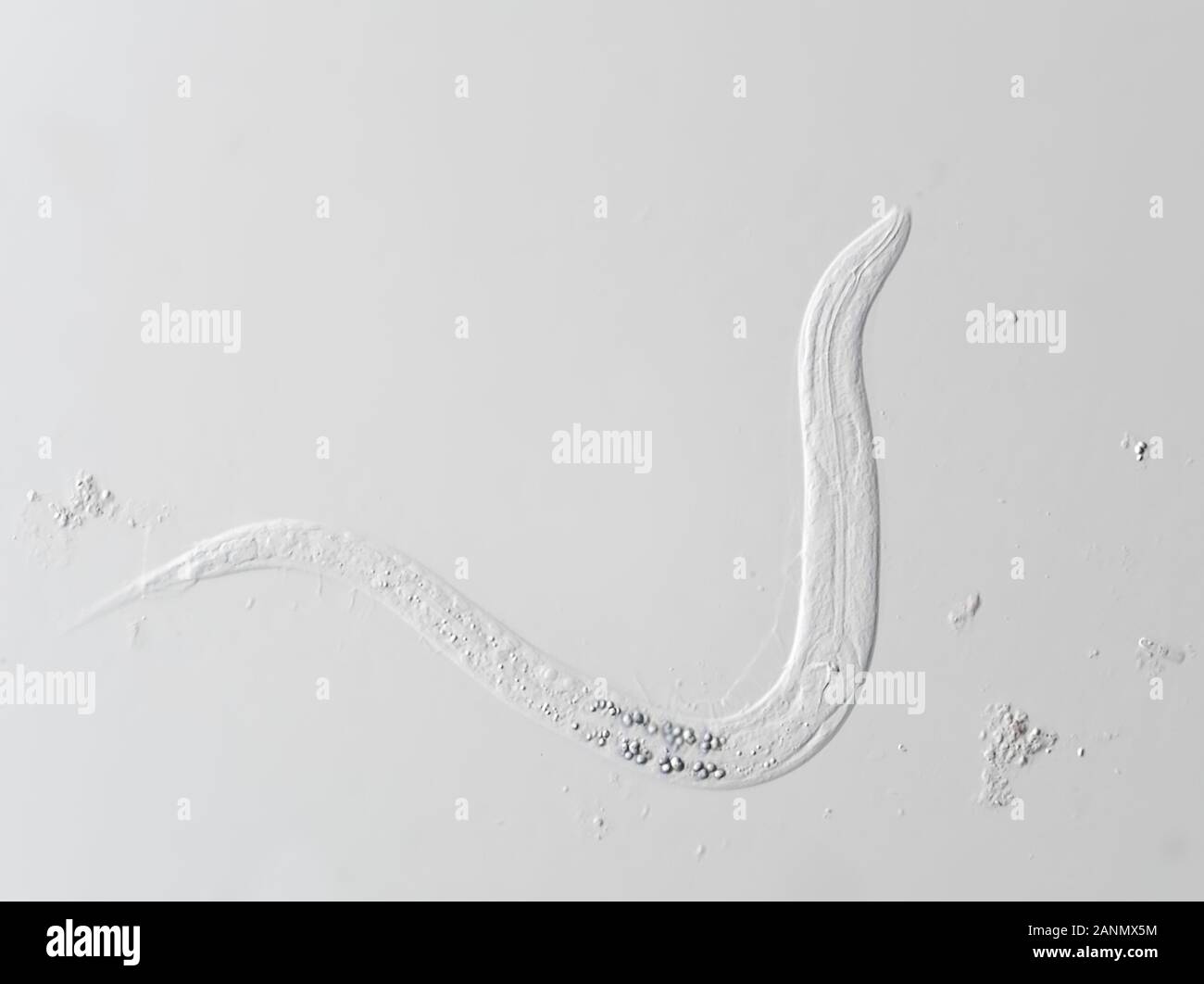 Microscopic free-living nematode worm, possibly Panagrellus sp., horizontal field of view is approximately 235 micrometers Stock Photohttps://www.alamy.com/image-license-details/?v=1https://www.alamy.com/microscopic-free-living-nematode-worm-possibly-panagrellus-sp-horizontal-field-of-view-is-approximately-235-micrometers-image340364352.html
Microscopic free-living nematode worm, possibly Panagrellus sp., horizontal field of view is approximately 235 micrometers Stock Photohttps://www.alamy.com/image-license-details/?v=1https://www.alamy.com/microscopic-free-living-nematode-worm-possibly-panagrellus-sp-horizontal-field-of-view-is-approximately-235-micrometers-image340364352.htmlRM2ANMX5M–Microscopic free-living nematode worm, possibly Panagrellus sp., horizontal field of view is approximately 235 micrometers
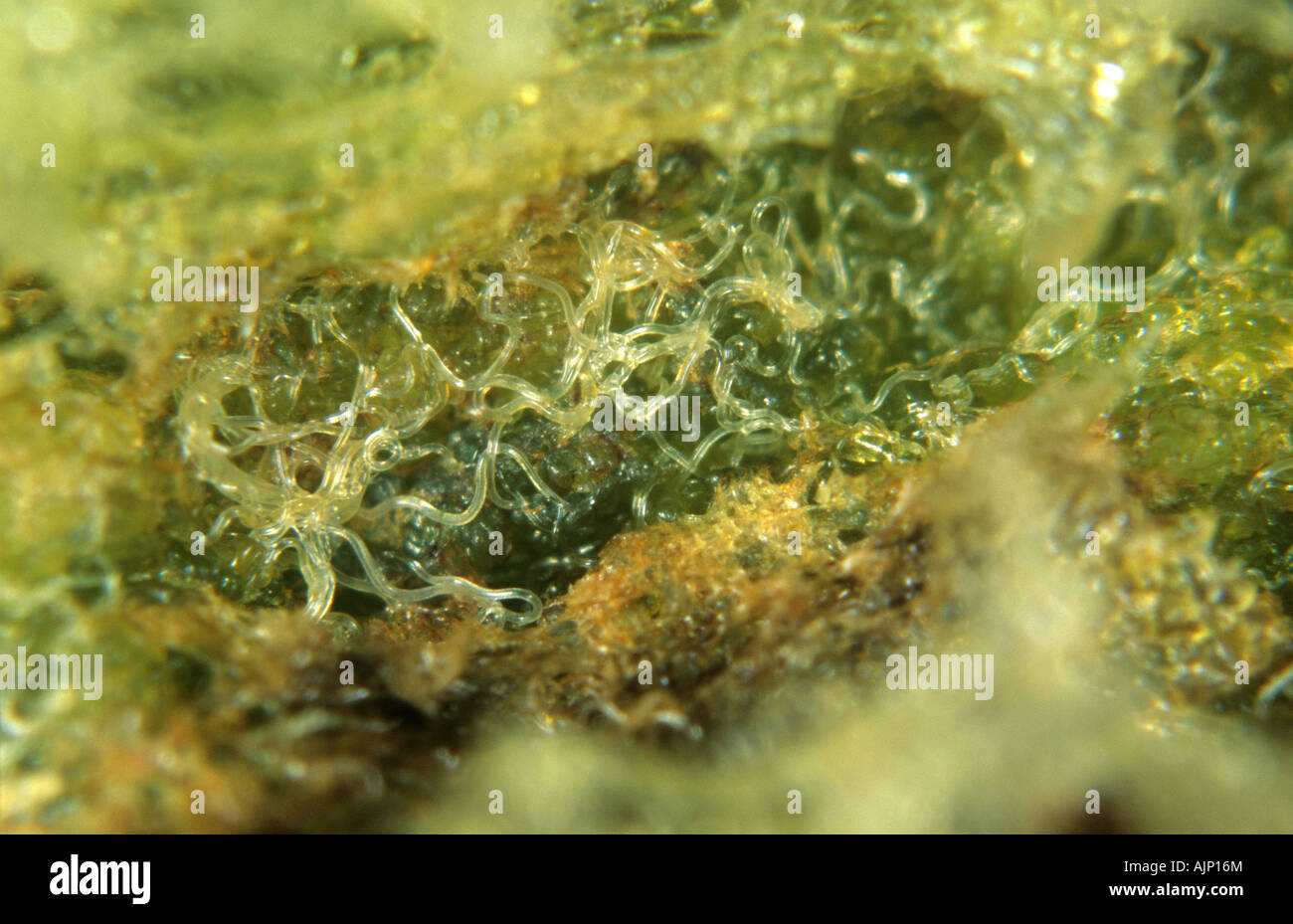 Stem bulb eelworm Ditylenchus dipsaci nematodes in swollen field bean stem Stock Photohttps://www.alamy.com/image-license-details/?v=1https://www.alamy.com/stock-photo-stem-bulb-eelworm-ditylenchus-dipsaci-nematodes-in-swollen-field-bean-14783515.html
Stem bulb eelworm Ditylenchus dipsaci nematodes in swollen field bean stem Stock Photohttps://www.alamy.com/image-license-details/?v=1https://www.alamy.com/stock-photo-stem-bulb-eelworm-ditylenchus-dipsaci-nematodes-in-swollen-field-bean-14783515.htmlRMAJP16M–Stem bulb eelworm Ditylenchus dipsaci nematodes in swollen field bean stem
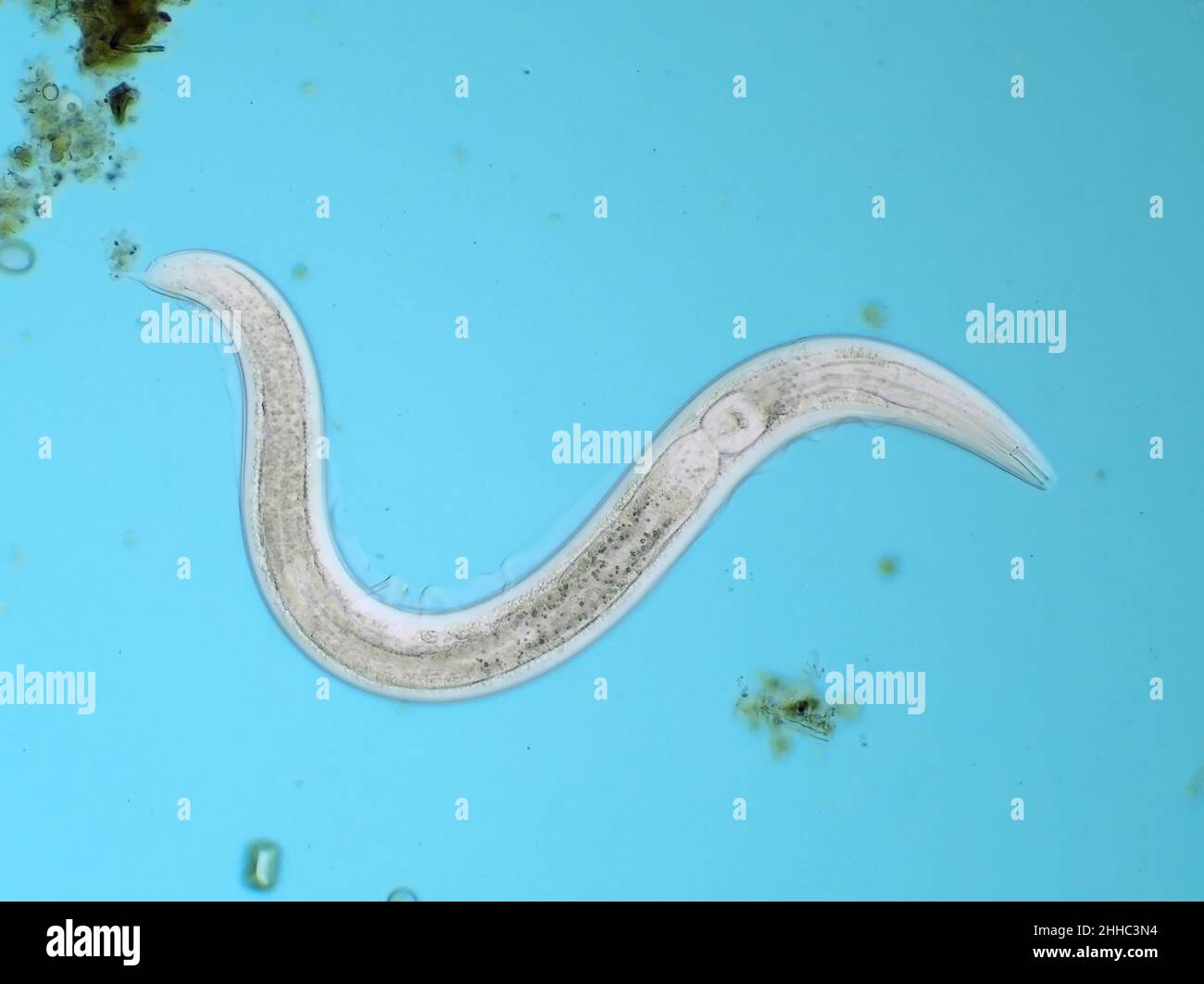 Microscopic free-living nematode worm from garden soil, possibly Panagrellus sp., horizontal field of view is about 0.56mm Stock Photohttps://www.alamy.com/image-license-details/?v=1https://www.alamy.com/microscopic-free-living-nematode-worm-from-garden-soil-possibly-panagrellus-sp-horizontal-field-of-view-is-about-056mm-image458185088.html
Microscopic free-living nematode worm from garden soil, possibly Panagrellus sp., horizontal field of view is about 0.56mm Stock Photohttps://www.alamy.com/image-license-details/?v=1https://www.alamy.com/microscopic-free-living-nematode-worm-from-garden-soil-possibly-panagrellus-sp-horizontal-field-of-view-is-about-056mm-image458185088.htmlRM2HHC3N4–Microscopic free-living nematode worm from garden soil, possibly Panagrellus sp., horizontal field of view is about 0.56mm
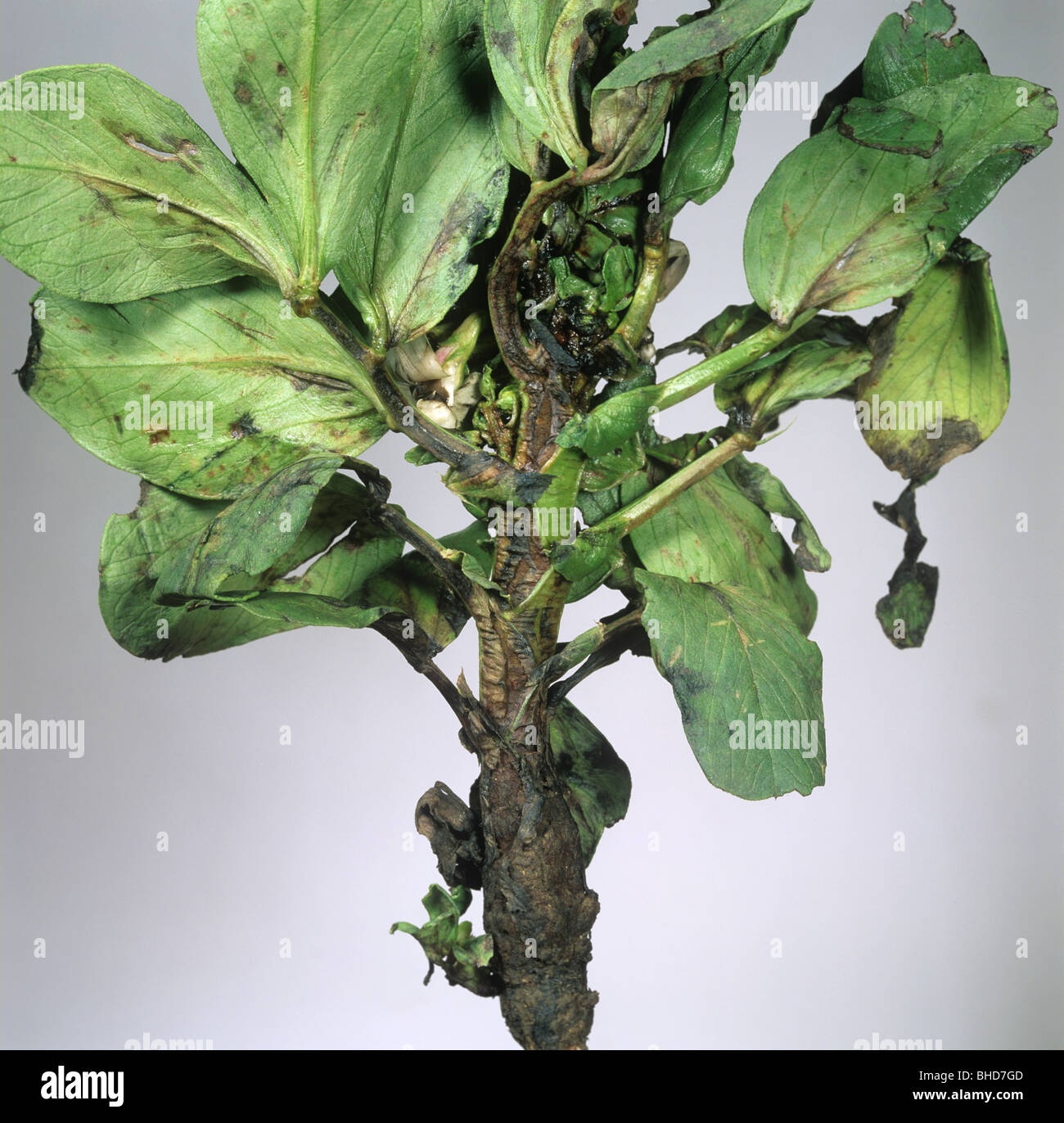 Stem & bulb eelworm (Ditylenchus dipsaci) damage to bean (Vicia faba) stem Stock Photohttps://www.alamy.com/image-license-details/?v=1https://www.alamy.com/stock-photo-stem-bulb-eelworm-ditylenchus-dipsaci-damage-to-bean-vicia-faba-stem-27950845.html
Stem & bulb eelworm (Ditylenchus dipsaci) damage to bean (Vicia faba) stem Stock Photohttps://www.alamy.com/image-license-details/?v=1https://www.alamy.com/stock-photo-stem-bulb-eelworm-ditylenchus-dipsaci-damage-to-bean-vicia-faba-stem-27950845.htmlRMBHD7GD–Stem & bulb eelworm (Ditylenchus dipsaci) damage to bean (Vicia faba) stem
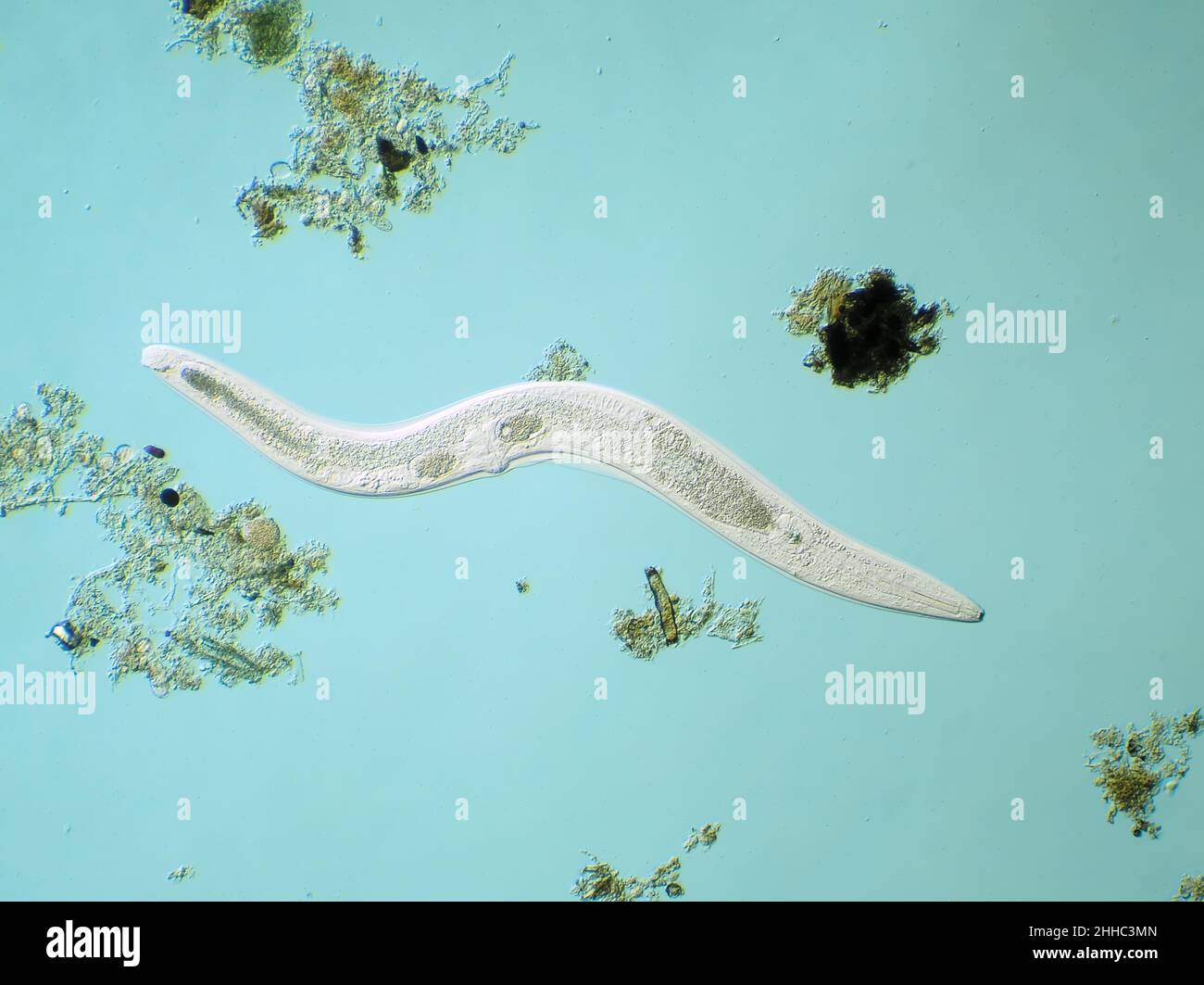 Microscopic free-living nematode worm from garden soil, possibly Panagrellus sp., horizontal field of view is about 1.1mm Stock Photohttps://www.alamy.com/image-license-details/?v=1https://www.alamy.com/microscopic-free-living-nematode-worm-from-garden-soil-possibly-panagrellus-sp-horizontal-field-of-view-is-about-11mm-image458185077.html
Microscopic free-living nematode worm from garden soil, possibly Panagrellus sp., horizontal field of view is about 1.1mm Stock Photohttps://www.alamy.com/image-license-details/?v=1https://www.alamy.com/microscopic-free-living-nematode-worm-from-garden-soil-possibly-panagrellus-sp-horizontal-field-of-view-is-about-11mm-image458185077.htmlRM2HHC3MN–Microscopic free-living nematode worm from garden soil, possibly Panagrellus sp., horizontal field of view is about 1.1mm
 Field slug parasitised by nematode Phasmarhabditis hermaphrodita shown by distorted mantle Stock Photohttps://www.alamy.com/image-license-details/?v=1https://www.alamy.com/stock-photo-field-slug-parasitised-by-nematode-phasmarhabditis-hermaphrodita-shown-30109154.html
Field slug parasitised by nematode Phasmarhabditis hermaphrodita shown by distorted mantle Stock Photohttps://www.alamy.com/image-license-details/?v=1https://www.alamy.com/stock-photo-field-slug-parasitised-by-nematode-phasmarhabditis-hermaphrodita-shown-30109154.htmlRMBMYGEX–Field slug parasitised by nematode Phasmarhabditis hermaphrodita shown by distorted mantle
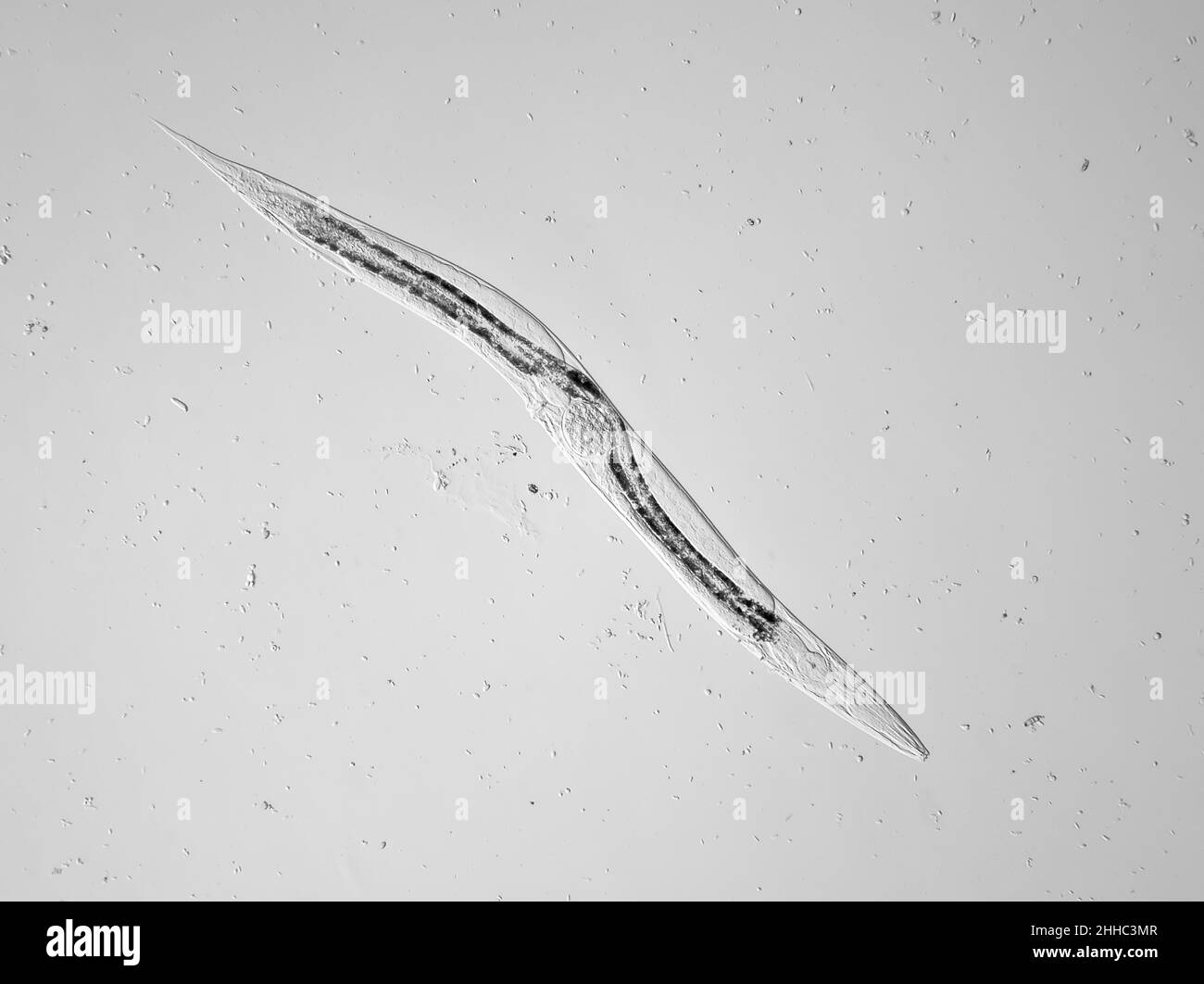 Microscopic free-living nematode worm (with an egg inside) from garden soil, possibly Panagrellus sp., horizontal field of view is about 1.1mm Stock Photohttps://www.alamy.com/image-license-details/?v=1https://www.alamy.com/microscopic-free-living-nematode-worm-with-an-egg-inside-from-garden-soil-possibly-panagrellus-sp-horizontal-field-of-view-is-about-11mm-image458185079.html
Microscopic free-living nematode worm (with an egg inside) from garden soil, possibly Panagrellus sp., horizontal field of view is about 1.1mm Stock Photohttps://www.alamy.com/image-license-details/?v=1https://www.alamy.com/microscopic-free-living-nematode-worm-with-an-egg-inside-from-garden-soil-possibly-panagrellus-sp-horizontal-field-of-view-is-about-11mm-image458185079.htmlRM2HHC3MR–Microscopic free-living nematode worm (with an egg inside) from garden soil, possibly Panagrellus sp., horizontal field of view is about 1.1mm
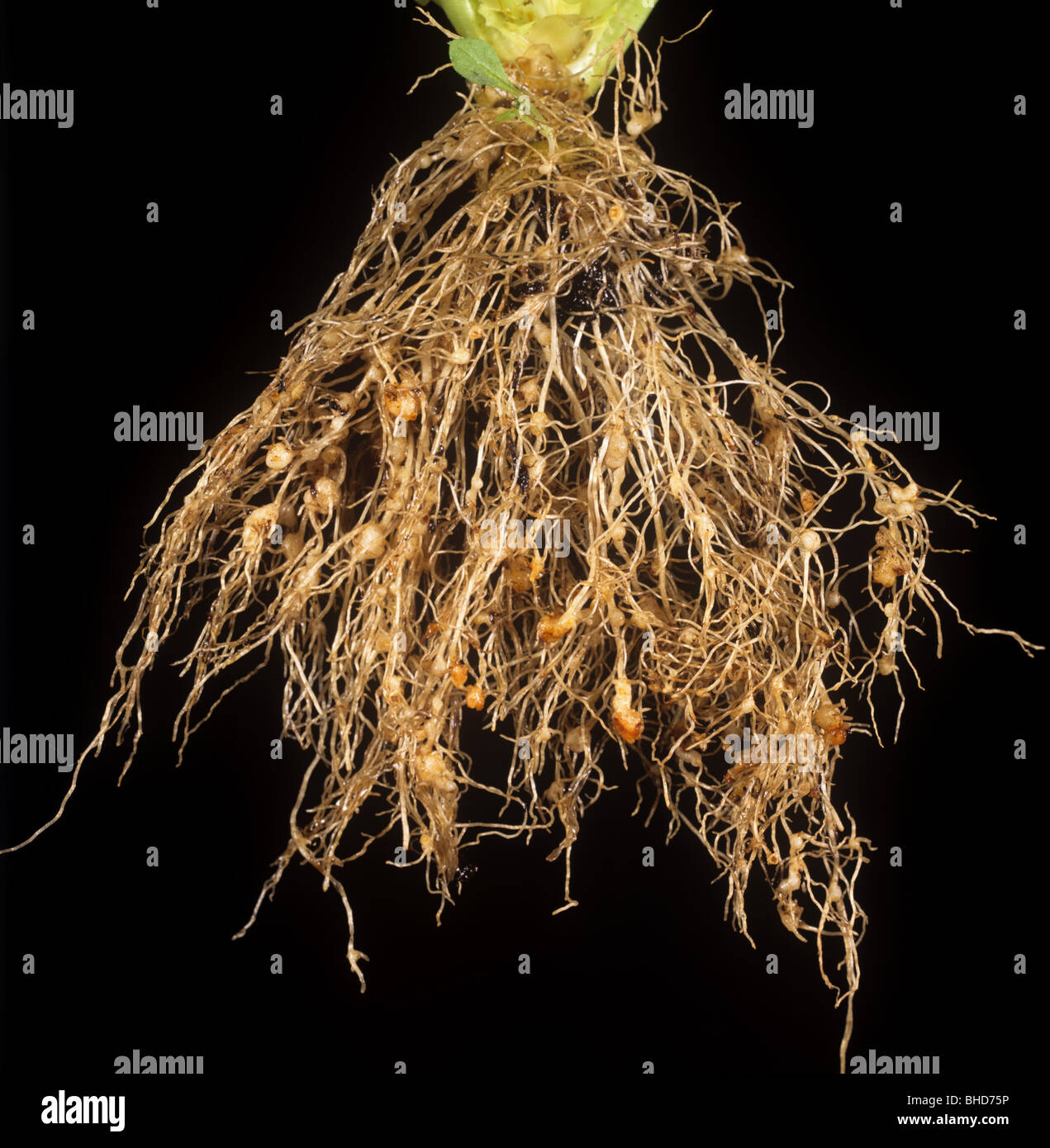 Root knot nematode (Meloidogyne sp.) swollen knots on a lettuce root, Portugal Stock Photohttps://www.alamy.com/image-license-details/?v=1https://www.alamy.com/stock-photo-root-knot-nematode-meloidogyne-sp-swollen-knots-on-a-lettuce-root-27950546.html
Root knot nematode (Meloidogyne sp.) swollen knots on a lettuce root, Portugal Stock Photohttps://www.alamy.com/image-license-details/?v=1https://www.alamy.com/stock-photo-root-knot-nematode-meloidogyne-sp-swollen-knots-on-a-lettuce-root-27950546.htmlRMBHD75P–Root knot nematode (Meloidogyne sp.) swollen knots on a lettuce root, Portugal
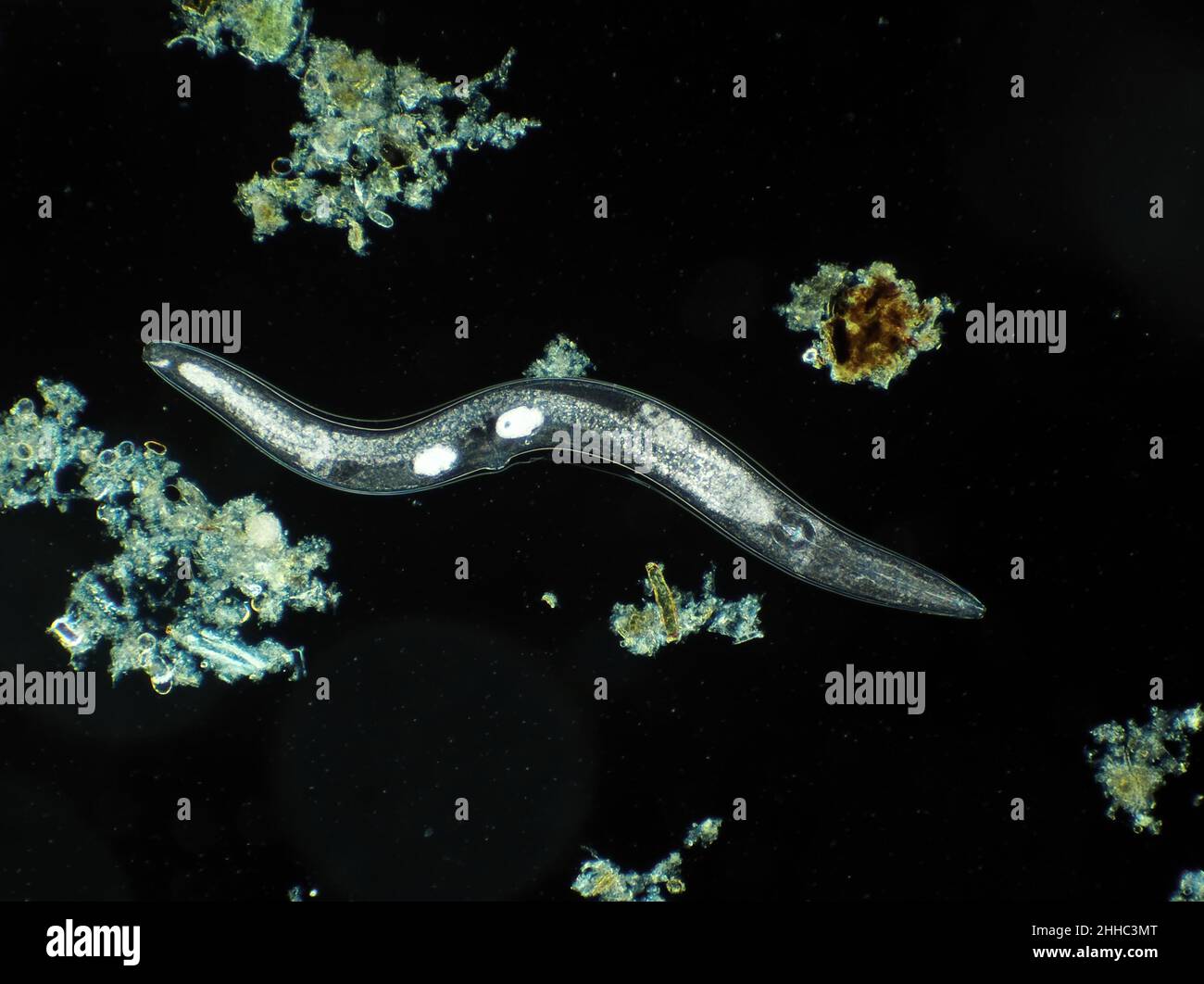 Microscopic free-living nematode worm from garden soil, possibly Panagrellus sp., dark field micrograph, horizontal field of view is about 1.1mm Stock Photohttps://www.alamy.com/image-license-details/?v=1https://www.alamy.com/microscopic-free-living-nematode-worm-from-garden-soil-possibly-panagrellus-sp-dark-field-micrograph-horizontal-field-of-view-is-about-11mm-image458185080.html
Microscopic free-living nematode worm from garden soil, possibly Panagrellus sp., dark field micrograph, horizontal field of view is about 1.1mm Stock Photohttps://www.alamy.com/image-license-details/?v=1https://www.alamy.com/microscopic-free-living-nematode-worm-from-garden-soil-possibly-panagrellus-sp-dark-field-micrograph-horizontal-field-of-view-is-about-11mm-image458185080.htmlRM2HHC3MT–Microscopic free-living nematode worm from garden soil, possibly Panagrellus sp., dark field micrograph, horizontal field of view is about 1.1mm
 Stubby root nematode (Trichodorus spp) damage to a pea crop Stock Photohttps://www.alamy.com/image-license-details/?v=1https://www.alamy.com/stock-photo-stubby-root-nematode-trichodorus-spp-damage-to-a-pea-crop-27931425.html
Stubby root nematode (Trichodorus spp) damage to a pea crop Stock Photohttps://www.alamy.com/image-license-details/?v=1https://www.alamy.com/stock-photo-stubby-root-nematode-trichodorus-spp-damage-to-a-pea-crop-27931425.htmlRMBHCAPW–Stubby root nematode (Trichodorus spp) damage to a pea crop
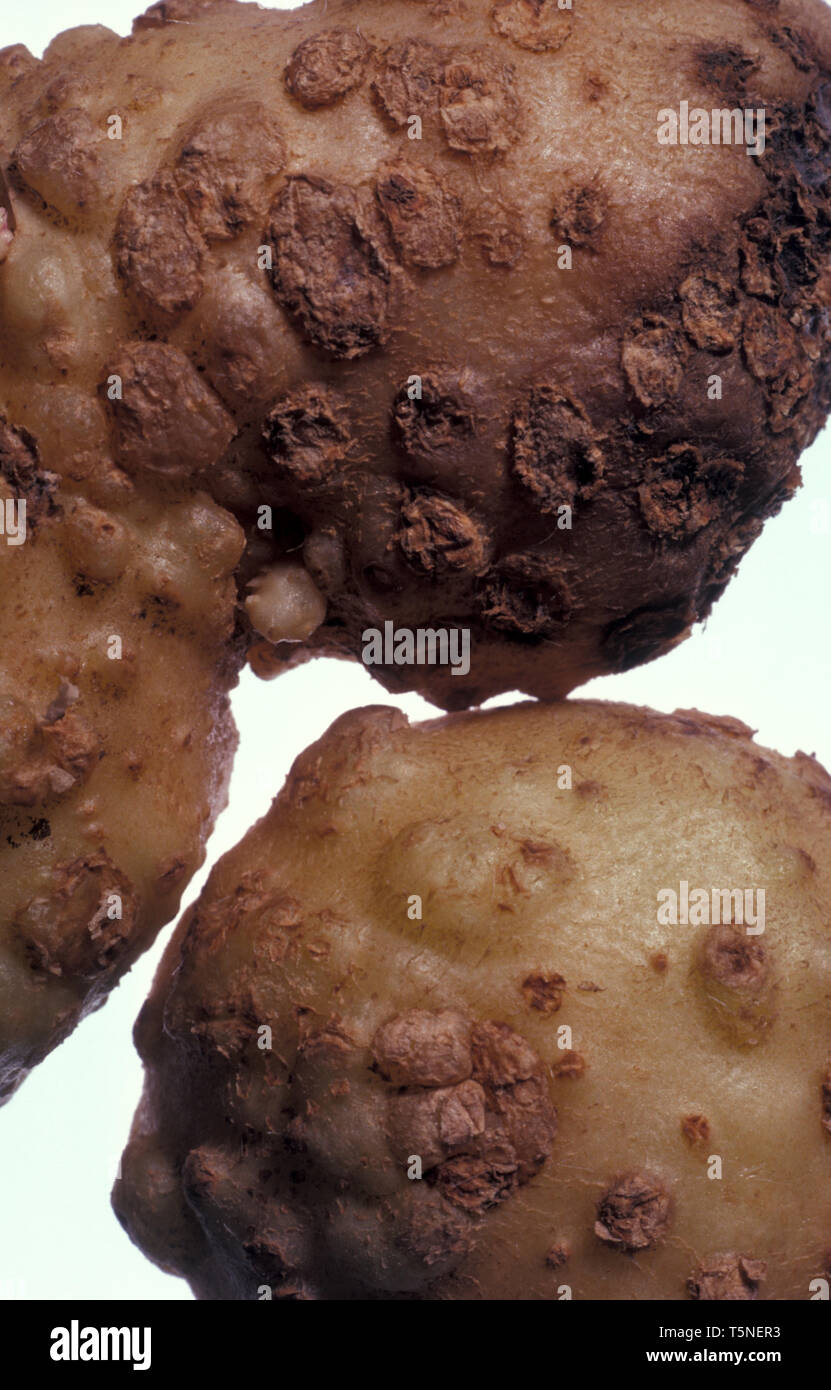 ROOT KNOT NEMATODE (MELOIDOGYNE SP.) SYMPTOMS ON POTATOES. NEMATODES ARE ALSO KNOWN AS EELWORMS. Stock Photohttps://www.alamy.com/image-license-details/?v=1https://www.alamy.com/root-knot-nematode-meloidogyne-sp-symptoms-on-potatoes-nematodes-are-also-known-as-eelworms-image244491047.html
ROOT KNOT NEMATODE (MELOIDOGYNE SP.) SYMPTOMS ON POTATOES. NEMATODES ARE ALSO KNOWN AS EELWORMS. Stock Photohttps://www.alamy.com/image-license-details/?v=1https://www.alamy.com/root-knot-nematode-meloidogyne-sp-symptoms-on-potatoes-nematodes-are-also-known-as-eelworms-image244491047.htmlRFT5NER3–ROOT KNOT NEMATODE (MELOIDOGYNE SP.) SYMPTOMS ON POTATOES. NEMATODES ARE ALSO KNOWN AS EELWORMS.
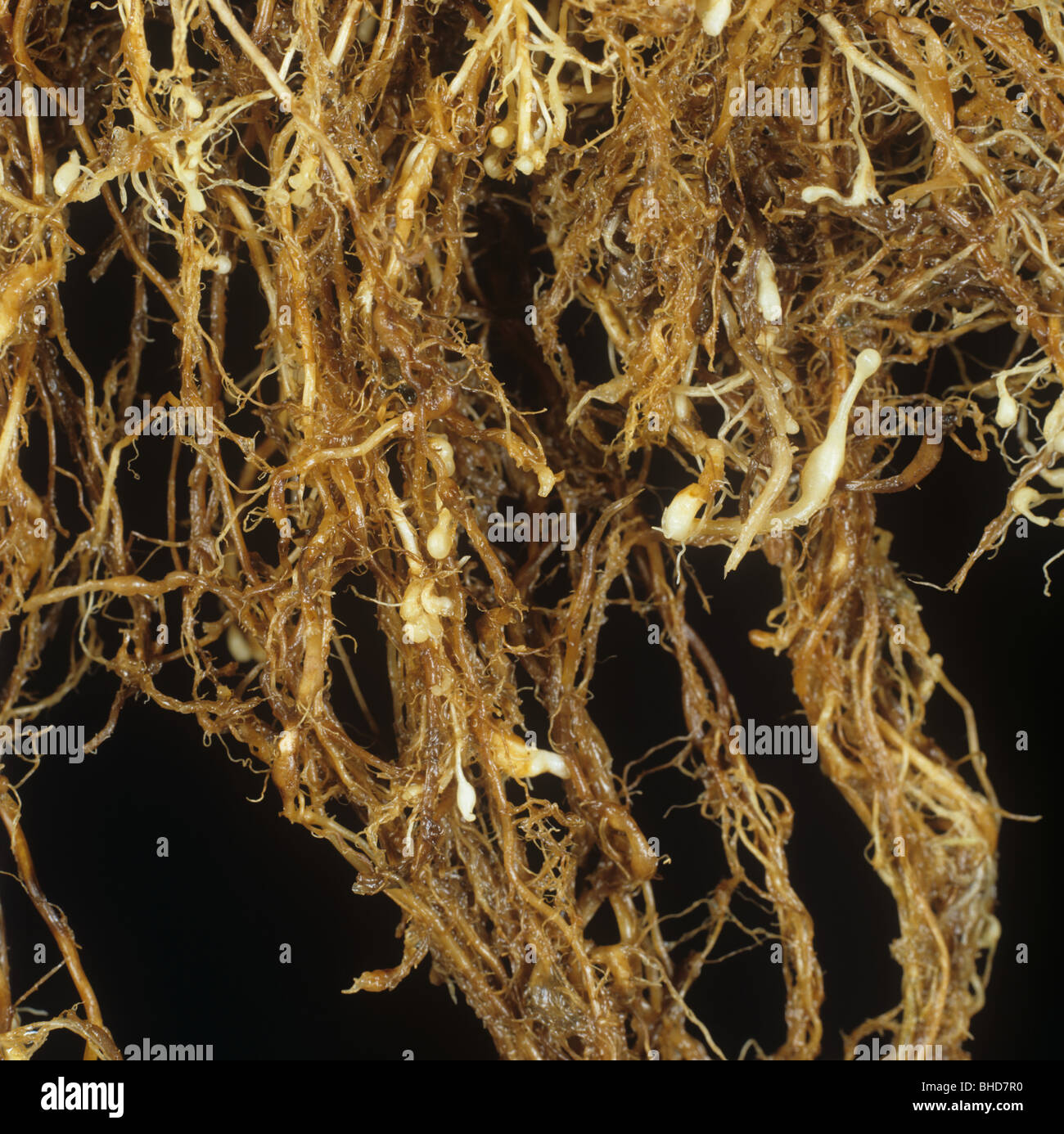 Root nematode (Meloidogyne graminicola) on rice plant root Stock Photohttps://www.alamy.com/image-license-details/?v=1https://www.alamy.com/stock-photo-root-nematode-meloidogyne-graminicola-on-rice-plant-root-27951028.html
Root nematode (Meloidogyne graminicola) on rice plant root Stock Photohttps://www.alamy.com/image-license-details/?v=1https://www.alamy.com/stock-photo-root-nematode-meloidogyne-graminicola-on-rice-plant-root-27951028.htmlRMBHD7R0–Root nematode (Meloidogyne graminicola) on rice plant root
 Tulips in bud in an English garden with a white painted wall in soft focus in the background. Stock Photohttps://www.alamy.com/image-license-details/?v=1https://www.alamy.com/tulips-in-bud-in-an-english-garden-with-a-white-painted-wall-in-soft-image69888690.html
Tulips in bud in an English garden with a white painted wall in soft focus in the background. Stock Photohttps://www.alamy.com/image-license-details/?v=1https://www.alamy.com/tulips-in-bud-in-an-english-garden-with-a-white-painted-wall-in-soft-image69888690.htmlRFE1KKMJ–Tulips in bud in an English garden with a white painted wall in soft focus in the background.
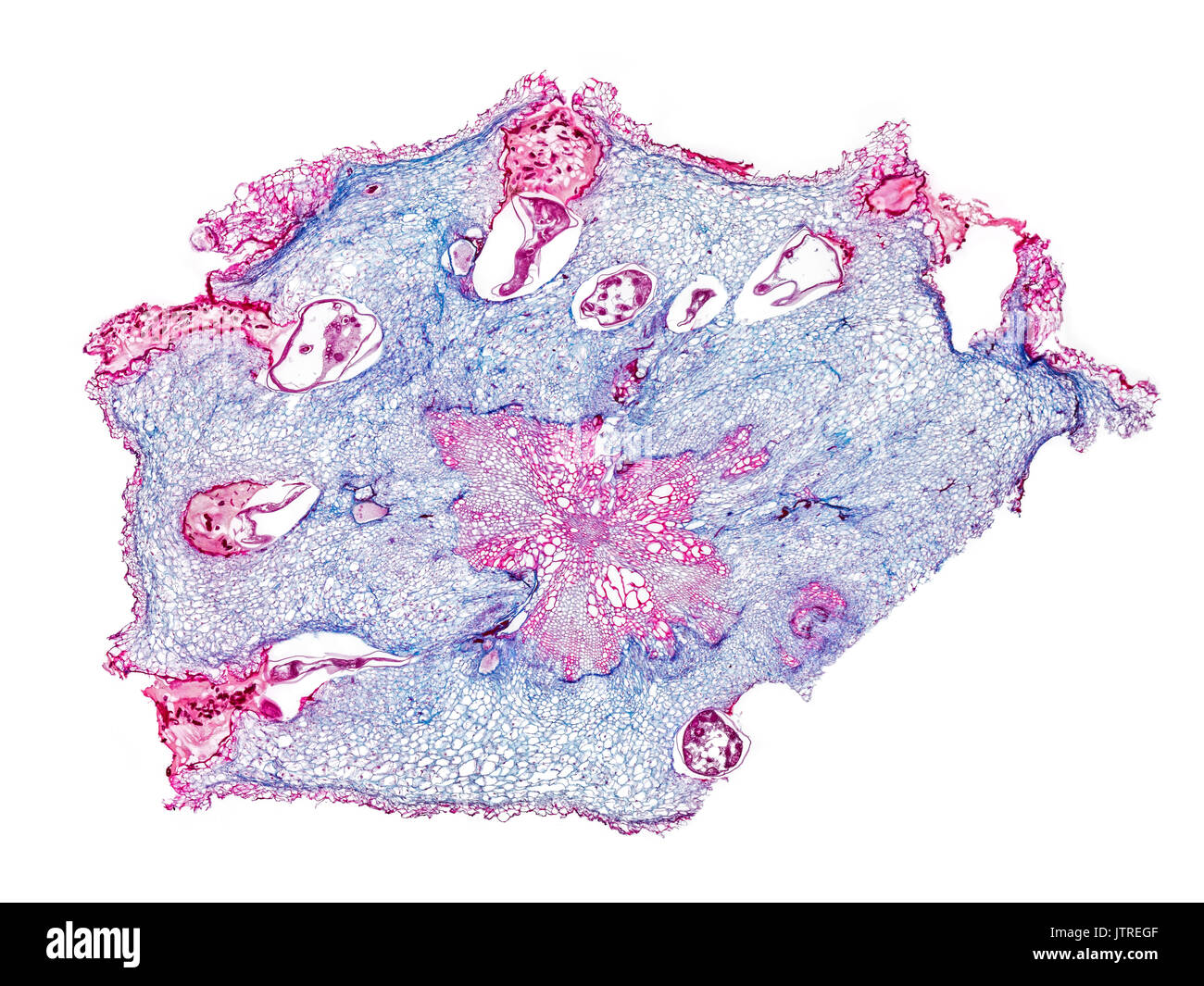 Tomato root, eelworm infestation nodule, brightfield photomicrograph TS Stock Photohttps://www.alamy.com/image-license-details/?v=1https://www.alamy.com/tomato-root-eelworm-infestation-nodule-brightfield-photomicrograph-image152951023.html
Tomato root, eelworm infestation nodule, brightfield photomicrograph TS Stock Photohttps://www.alamy.com/image-license-details/?v=1https://www.alamy.com/tomato-root-eelworm-infestation-nodule-brightfield-photomicrograph-image152951023.htmlRMJTREGF–Tomato root, eelworm infestation nodule, brightfield photomicrograph TS
 Stubby root nematode (Trichodorus spp) damage to a pea crop Stock Photohttps://www.alamy.com/image-license-details/?v=1https://www.alamy.com/stock-photo-stubby-root-nematode-trichodorus-spp-damage-to-a-pea-crop-27930257.html
Stubby root nematode (Trichodorus spp) damage to a pea crop Stock Photohttps://www.alamy.com/image-license-details/?v=1https://www.alamy.com/stock-photo-stubby-root-nematode-trichodorus-spp-damage-to-a-pea-crop-27930257.htmlRMBHC995–Stubby root nematode (Trichodorus spp) damage to a pea crop
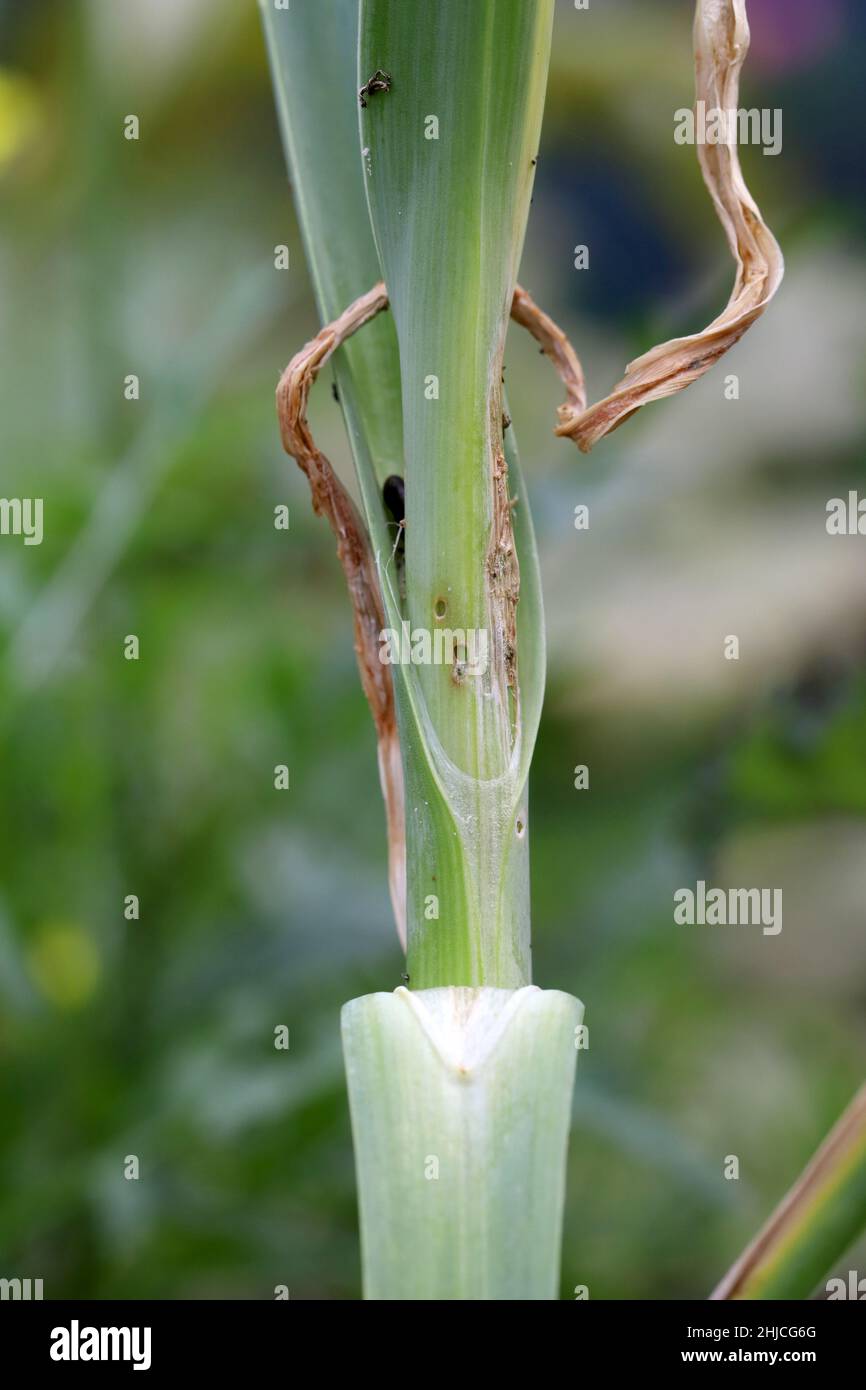 Leek plant damaged by caterpillars of leek moth or onion leaf miner Acrolepia, Acrolepiopsis assectella family Acrolepiidae. It is Invasive species Stock Photohttps://www.alamy.com/image-license-details/?v=1https://www.alamy.com/leek-plant-damaged-by-caterpillars-of-leek-moth-or-onion-leaf-miner-acrolepia-acrolepiopsis-assectella-family-acrolepiidae-it-is-invasive-species-image458809528.html
Leek plant damaged by caterpillars of leek moth or onion leaf miner Acrolepia, Acrolepiopsis assectella family Acrolepiidae. It is Invasive species Stock Photohttps://www.alamy.com/image-license-details/?v=1https://www.alamy.com/leek-plant-damaged-by-caterpillars-of-leek-moth-or-onion-leaf-miner-acrolepia-acrolepiopsis-assectella-family-acrolepiidae-it-is-invasive-species-image458809528.htmlRF2HJCG6G–Leek plant damaged by caterpillars of leek moth or onion leaf miner Acrolepia, Acrolepiopsis assectella family Acrolepiidae. It is Invasive species
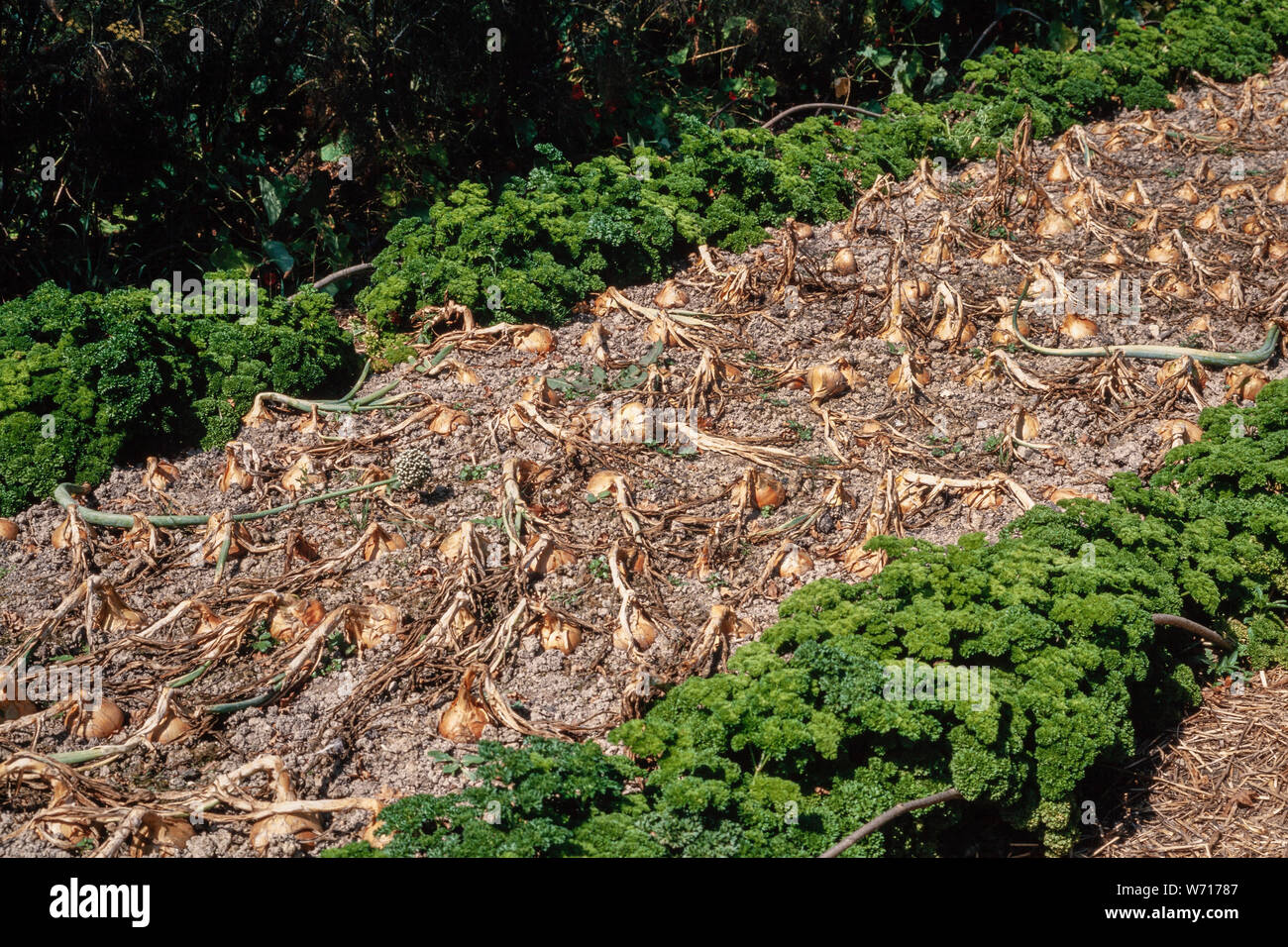 Vegetable garden, ripe onions just pulled and left to dry in the sun. Stock Photohttps://www.alamy.com/image-license-details/?v=1https://www.alamy.com/vegetable-garden-ripe-onions-just-pulled-and-left-to-dry-in-the-sun-image262485783.html
Vegetable garden, ripe onions just pulled and left to dry in the sun. Stock Photohttps://www.alamy.com/image-license-details/?v=1https://www.alamy.com/vegetable-garden-ripe-onions-just-pulled-and-left-to-dry-in-the-sun-image262485783.htmlRMW71787–Vegetable garden, ripe onions just pulled and left to dry in the sun.
 The roots invaded by the nematodes Stock Photohttps://www.alamy.com/image-license-details/?v=1https://www.alamy.com/stock-photo-the-roots-invaded-by-the-nematodes-102113719.html
The roots invaded by the nematodes Stock Photohttps://www.alamy.com/image-license-details/?v=1https://www.alamy.com/stock-photo-the-roots-invaded-by-the-nematodes-102113719.htmlRFFX3K2F–The roots invaded by the nematodes
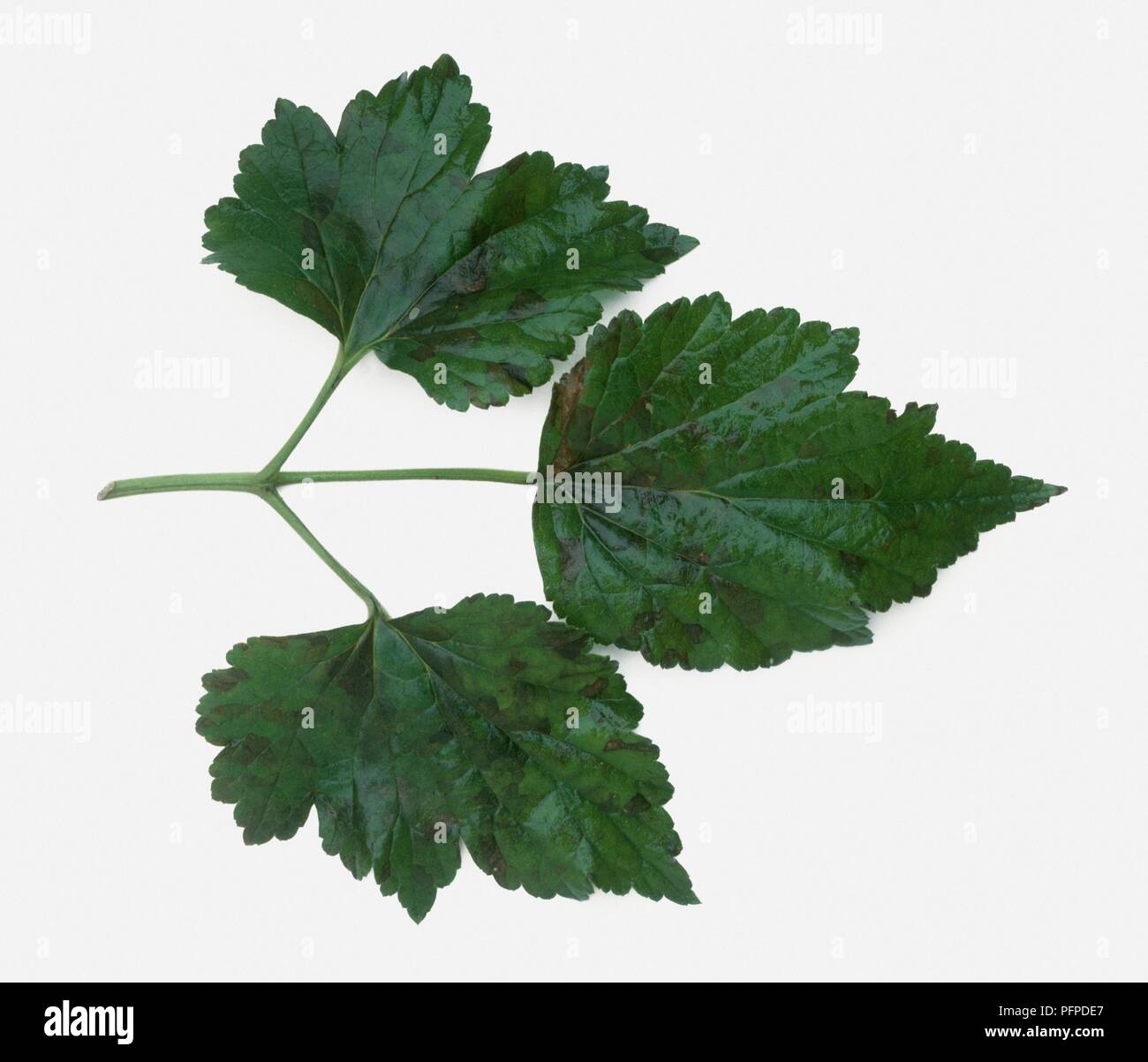 Leaves showing discolouration caused by eelworms Stock Photohttps://www.alamy.com/image-license-details/?v=1https://www.alamy.com/leaves-showing-discolouration-caused-by-eelworms-image216237791.html
Leaves showing discolouration caused by eelworms Stock Photohttps://www.alamy.com/image-license-details/?v=1https://www.alamy.com/leaves-showing-discolouration-caused-by-eelworms-image216237791.htmlRMPFPDE7–Leaves showing discolouration caused by eelworms
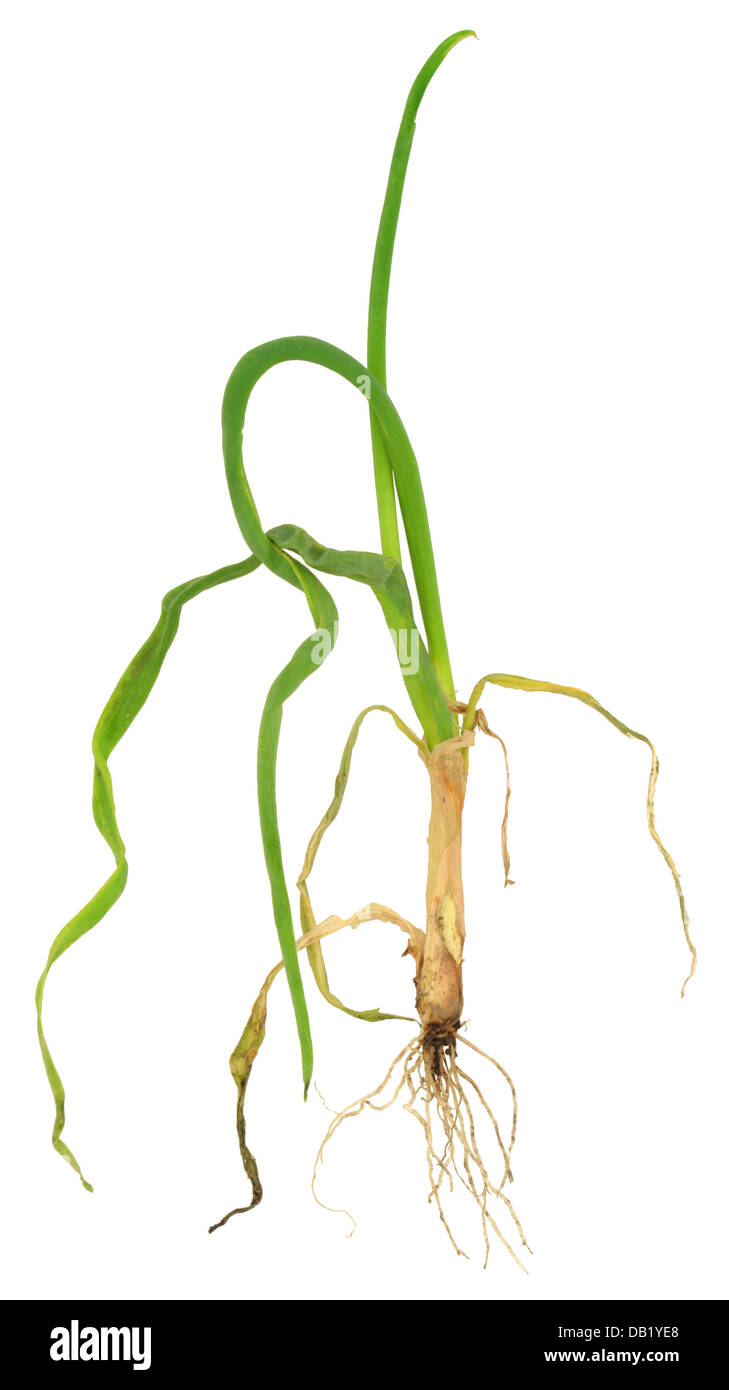 Onion attacked by onion eelworm, Ditylenchus dipsaci Stock Photohttps://www.alamy.com/image-license-details/?v=1https://www.alamy.com/stock-photo-onion-attacked-by-onion-eelworm-ditylenchus-dipsaci-58435840.html
Onion attacked by onion eelworm, Ditylenchus dipsaci Stock Photohttps://www.alamy.com/image-license-details/?v=1https://www.alamy.com/stock-photo-onion-attacked-by-onion-eelworm-ditylenchus-dipsaci-58435840.htmlRFDB1YE8–Onion attacked by onion eelworm, Ditylenchus dipsaci
 Eelworm - Potato Cyst Eelworm showing effect on leaves.- - (Heterodera sp.) DIS047907 Photos H Stock Photohttps://www.alamy.com/image-license-details/?v=1https://www.alamy.com/stock-photo-eelworm-potato-cyst-eelworm-showing-effect-on-leaves-heterodera-sp-113498316.html
Eelworm - Potato Cyst Eelworm showing effect on leaves.- - (Heterodera sp.) DIS047907 Photos H Stock Photohttps://www.alamy.com/image-license-details/?v=1https://www.alamy.com/stock-photo-eelworm-potato-cyst-eelworm-showing-effect-on-leaves-heterodera-sp-113498316.htmlRMGGJ878–Eelworm - Potato Cyst Eelworm showing effect on leaves.- - (Heterodera sp.) DIS047907 Photos H
 'Chitting potato' Stock Photohttps://www.alamy.com/image-license-details/?v=1https://www.alamy.com/stock-photo-chitting-potato-22743827.html
'Chitting potato' Stock Photohttps://www.alamy.com/image-license-details/?v=1https://www.alamy.com/stock-photo-chitting-potato-22743827.htmlRMB901YF–'Chitting potato'
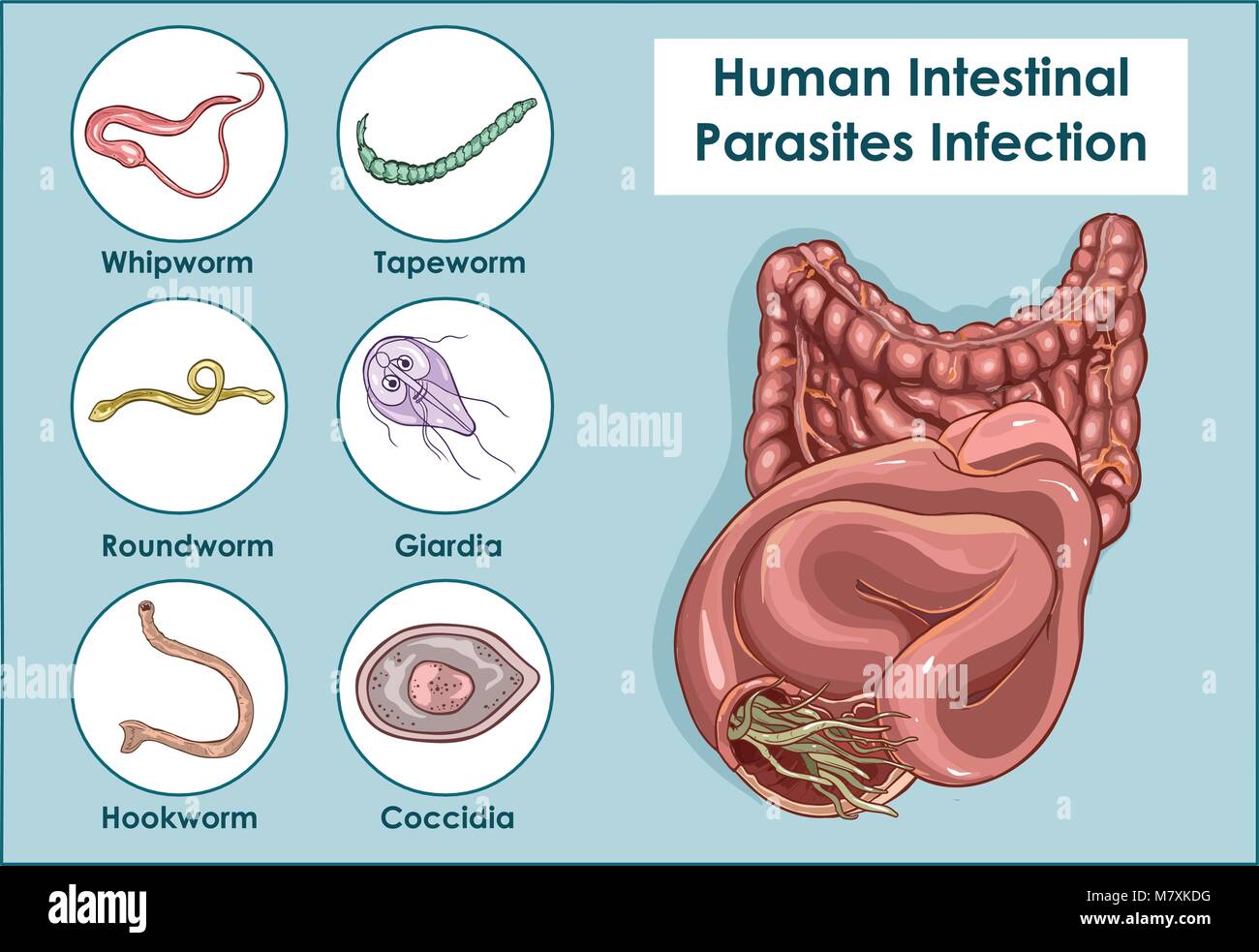 Vector Illustration of a Human Intestinal Parasites Stock Vectorhttps://www.alamy.com/image-license-details/?v=1https://www.alamy.com/stock-photo-vector-illustration-of-a-human-intestinal-parasites-176992300.html
Vector Illustration of a Human Intestinal Parasites Stock Vectorhttps://www.alamy.com/image-license-details/?v=1https://www.alamy.com/stock-photo-vector-illustration-of-a-human-intestinal-parasites-176992300.htmlRFM7XKDG–Vector Illustration of a Human Intestinal Parasites
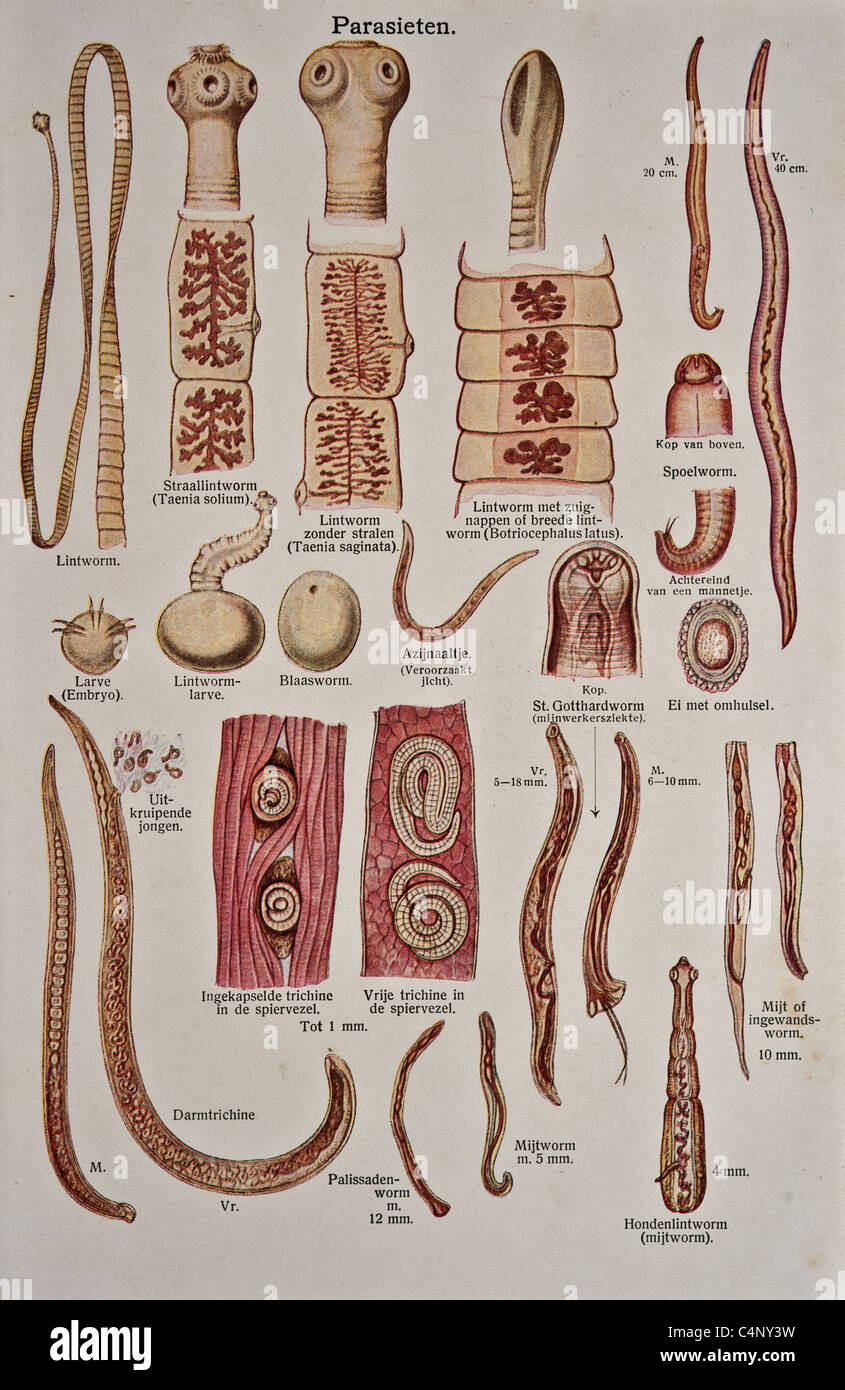 Bilze De Nieuwe Natuurgeneeswijze F.E. Bilz copyright 1923 Stock Photohttps://www.alamy.com/image-license-details/?v=1https://www.alamy.com/stock-photo-bilze-de-nieuwe-natuurgeneeswijze-fe-bilz-copyright-1923-37361629.html
Bilze De Nieuwe Natuurgeneeswijze F.E. Bilz copyright 1923 Stock Photohttps://www.alamy.com/image-license-details/?v=1https://www.alamy.com/stock-photo-bilze-de-nieuwe-natuurgeneeswijze-fe-bilz-copyright-1923-37361629.htmlRFC4NY3W–Bilze De Nieuwe Natuurgeneeswijze F.E. Bilz copyright 1923
 Onions( Allium cepa) laid out in a row drying before storage. Natural close up food plant portrait Stock Photohttps://www.alamy.com/image-license-details/?v=1https://www.alamy.com/onions-allium-cepa-laid-out-in-a-row-drying-before-storage-natural-close-up-food-plant-portrait-image559102654.html
Onions( Allium cepa) laid out in a row drying before storage. Natural close up food plant portrait Stock Photohttps://www.alamy.com/image-license-details/?v=1https://www.alamy.com/onions-allium-cepa-laid-out-in-a-row-drying-before-storage-natural-close-up-food-plant-portrait-image559102654.htmlRM2RDH93X–Onions( Allium cepa) laid out in a row drying before storage. Natural close up food plant portrait
 The Gardeners' chronicle : a weekly illustrated journal of horticulture and allied subjects . Rhizoctonia solani,Heterodera radicicola (eelworm), Lita solanella(Potato moth), scabs and dry rot attri-butable to bacteria and fungi. The certificatemust also show the date of the crop, the quantityor weight of the Potatos, the name of the growerand of the person to whom they will be shipped.In the event of any of the above diseases beingdiscovered the affected consignment will be re-shipped or destroyed. Certificates will be recog-nised as sanitary certificates which are issuedby the foreign author Stock Photohttps://www.alamy.com/image-license-details/?v=1https://www.alamy.com/the-gardeners-chronicle-a-weekly-illustrated-journal-of-horticulture-and-allied-subjects-rhizoctonia-solaniheterodera-radicicola-eelworm-lita-solanellapotato-moth-scabs-and-dry-rot-attri-butable-to-bacteria-and-fungi-the-certificatemust-also-show-the-date-of-the-crop-the-quantityor-weight-of-the-potatos-the-name-of-the-growerand-of-the-person-to-whom-they-will-be-shippedin-the-event-of-any-of-the-above-diseases-beingdiscovered-the-affected-consignment-will-be-re-shipped-or-destroyed-certificates-will-be-recog-nised-as-sanitary-certificates-which-are-issuedby-the-foreign-author-image343344756.html
The Gardeners' chronicle : a weekly illustrated journal of horticulture and allied subjects . Rhizoctonia solani,Heterodera radicicola (eelworm), Lita solanella(Potato moth), scabs and dry rot attri-butable to bacteria and fungi. The certificatemust also show the date of the crop, the quantityor weight of the Potatos, the name of the growerand of the person to whom they will be shipped.In the event of any of the above diseases beingdiscovered the affected consignment will be re-shipped or destroyed. Certificates will be recog-nised as sanitary certificates which are issuedby the foreign author Stock Photohttps://www.alamy.com/image-license-details/?v=1https://www.alamy.com/the-gardeners-chronicle-a-weekly-illustrated-journal-of-horticulture-and-allied-subjects-rhizoctonia-solaniheterodera-radicicola-eelworm-lita-solanellapotato-moth-scabs-and-dry-rot-attri-butable-to-bacteria-and-fungi-the-certificatemust-also-show-the-date-of-the-crop-the-quantityor-weight-of-the-potatos-the-name-of-the-growerand-of-the-person-to-whom-they-will-be-shippedin-the-event-of-any-of-the-above-diseases-beingdiscovered-the-affected-consignment-will-be-re-shipped-or-destroyed-certificates-will-be-recog-nised-as-sanitary-certificates-which-are-issuedby-the-foreign-author-image343344756.htmlRM2AXGKMM–The Gardeners' chronicle : a weekly illustrated journal of horticulture and allied subjects . Rhizoctonia solani,Heterodera radicicola (eelworm), Lita solanella(Potato moth), scabs and dry rot attri-butable to bacteria and fungi. The certificatemust also show the date of the crop, the quantityor weight of the Potatos, the name of the growerand of the person to whom they will be shipped.In the event of any of the above diseases beingdiscovered the affected consignment will be re-shipped or destroyed. Certificates will be recog-nised as sanitary certificates which are issuedby the foreign author
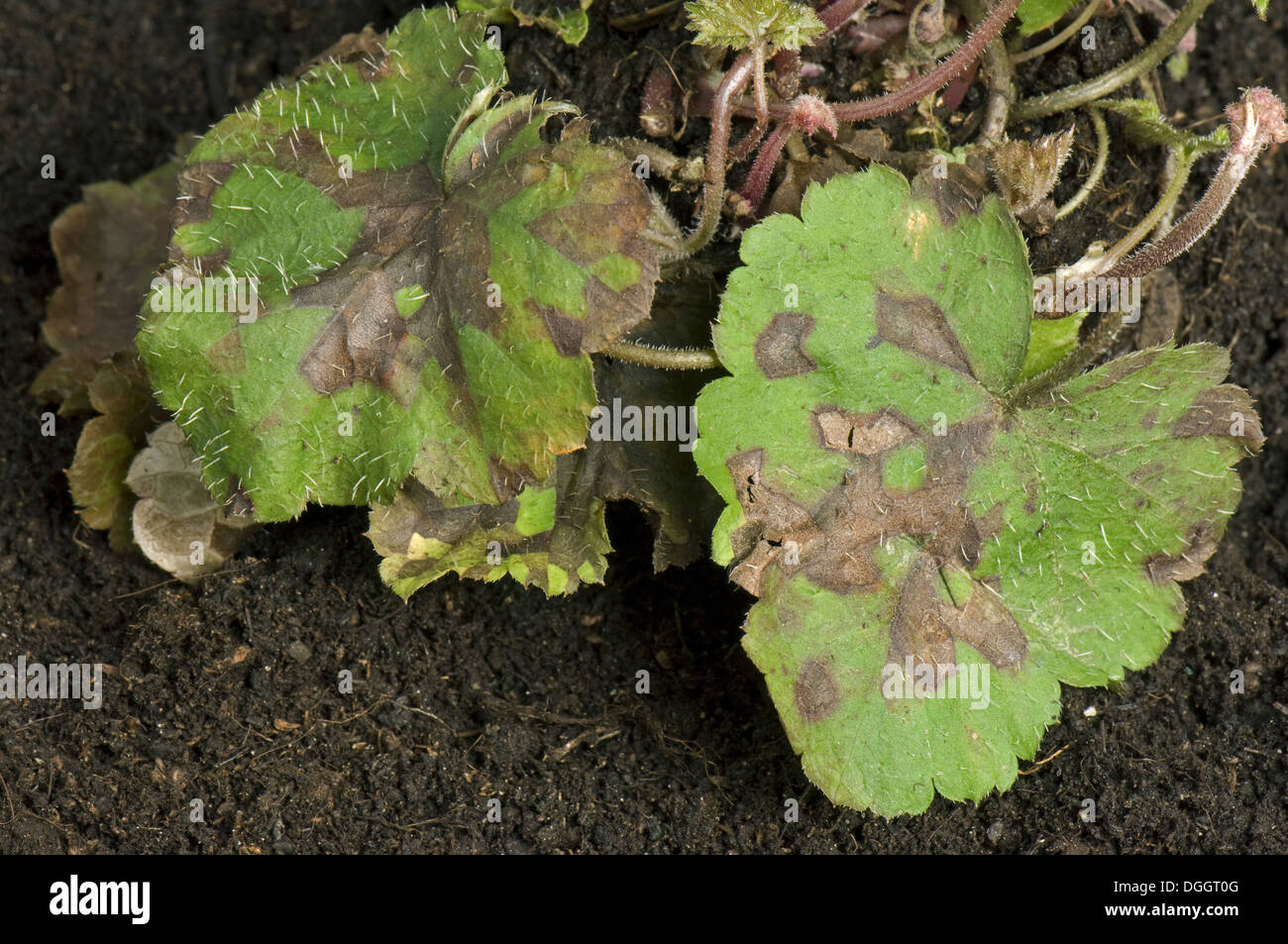 Foliar nematode, Aphelenchoides spp, angular leaf spotting on an ornamental anemone plant leaves Stock Photohttps://www.alamy.com/image-license-details/?v=1https://www.alamy.com/foliar-nematode-aphelenchoides-spp-angular-leaf-spotting-on-an-ornamental-image61835664.html
Foliar nematode, Aphelenchoides spp, angular leaf spotting on an ornamental anemone plant leaves Stock Photohttps://www.alamy.com/image-license-details/?v=1https://www.alamy.com/foliar-nematode-aphelenchoides-spp-angular-leaf-spotting-on-an-ornamental-image61835664.htmlRMDGGT0G–Foliar nematode, Aphelenchoides spp, angular leaf spotting on an ornamental anemone plant leaves
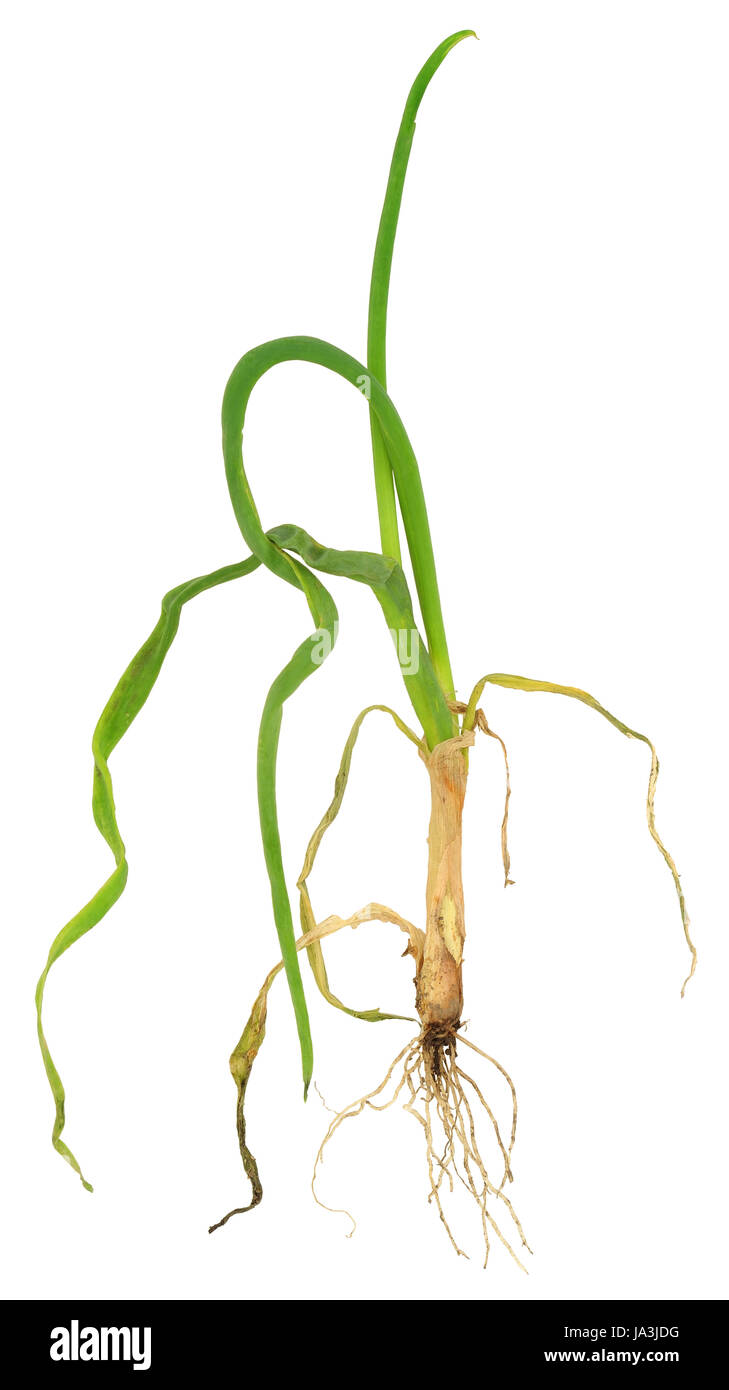 onion, deformation, disease, illness, sickness, plant, close, food, aliment, Stock Photohttps://www.alamy.com/image-license-details/?v=1https://www.alamy.com/stock-photo-onion-deformation-disease-illness-sickness-plant-close-food-aliment-143909852.html
onion, deformation, disease, illness, sickness, plant, close, food, aliment, Stock Photohttps://www.alamy.com/image-license-details/?v=1https://www.alamy.com/stock-photo-onion-deformation-disease-illness-sickness-plant-close-food-aliment-143909852.htmlRFJA3JDG–onion, deformation, disease, illness, sickness, plant, close, food, aliment,
 . Animal parasites and human disease. Medical parasitology; Insects as carriers of disease. ASCARIS 273 Ascaris or Eelworm. — Of greatest importance of these lesser intestinal parasites is the eelworm, Ascaris lumbricoides (Fig. 106). Ascaris is one of the largest nematode parasites known, the female averaging about ten inches in length, and occasion- ally measuring a foot and a half, while in diameter the body is about as large as an ordinary lead pencil. The males are usually several inches shorter. These worms are among the most fre- quent human parasites. They occur in all parts of the wor Stock Photohttps://www.alamy.com/image-license-details/?v=1https://www.alamy.com/animal-parasites-and-human-disease-medical-parasitology-insects-as-carriers-of-disease-ascaris-273-ascaris-or-eelworm-of-greatest-importance-of-these-lesser-intestinal-parasites-is-the-eelworm-ascaris-lumbricoides-fig-106-ascaris-is-one-of-the-largest-nematode-parasites-known-the-female-averaging-about-ten-inches-in-length-and-occasion-ally-measuring-a-foot-and-a-half-while-in-diameter-the-body-is-about-as-large-as-an-ordinary-lead-pencil-the-males-are-usually-several-inches-shorter-these-worms-are-among-the-most-fre-quent-human-parasites-they-occur-in-all-parts-of-the-wor-image216374102.html
. Animal parasites and human disease. Medical parasitology; Insects as carriers of disease. ASCARIS 273 Ascaris or Eelworm. — Of greatest importance of these lesser intestinal parasites is the eelworm, Ascaris lumbricoides (Fig. 106). Ascaris is one of the largest nematode parasites known, the female averaging about ten inches in length, and occasion- ally measuring a foot and a half, while in diameter the body is about as large as an ordinary lead pencil. The males are usually several inches shorter. These worms are among the most fre- quent human parasites. They occur in all parts of the wor Stock Photohttps://www.alamy.com/image-license-details/?v=1https://www.alamy.com/animal-parasites-and-human-disease-medical-parasitology-insects-as-carriers-of-disease-ascaris-273-ascaris-or-eelworm-of-greatest-importance-of-these-lesser-intestinal-parasites-is-the-eelworm-ascaris-lumbricoides-fig-106-ascaris-is-one-of-the-largest-nematode-parasites-known-the-female-averaging-about-ten-inches-in-length-and-occasion-ally-measuring-a-foot-and-a-half-while-in-diameter-the-body-is-about-as-large-as-an-ordinary-lead-pencil-the-males-are-usually-several-inches-shorter-these-worms-are-among-the-most-fre-quent-human-parasites-they-occur-in-all-parts-of-the-wor-image216374102.htmlRMPG0KAE–. Animal parasites and human disease. Medical parasitology; Insects as carriers of disease. ASCARIS 273 Ascaris or Eelworm. — Of greatest importance of these lesser intestinal parasites is the eelworm, Ascaris lumbricoides (Fig. 106). Ascaris is one of the largest nematode parasites known, the female averaging about ten inches in length, and occasion- ally measuring a foot and a half, while in diameter the body is about as large as an ordinary lead pencil. The males are usually several inches shorter. These worms are among the most fre- quent human parasites. They occur in all parts of the wor
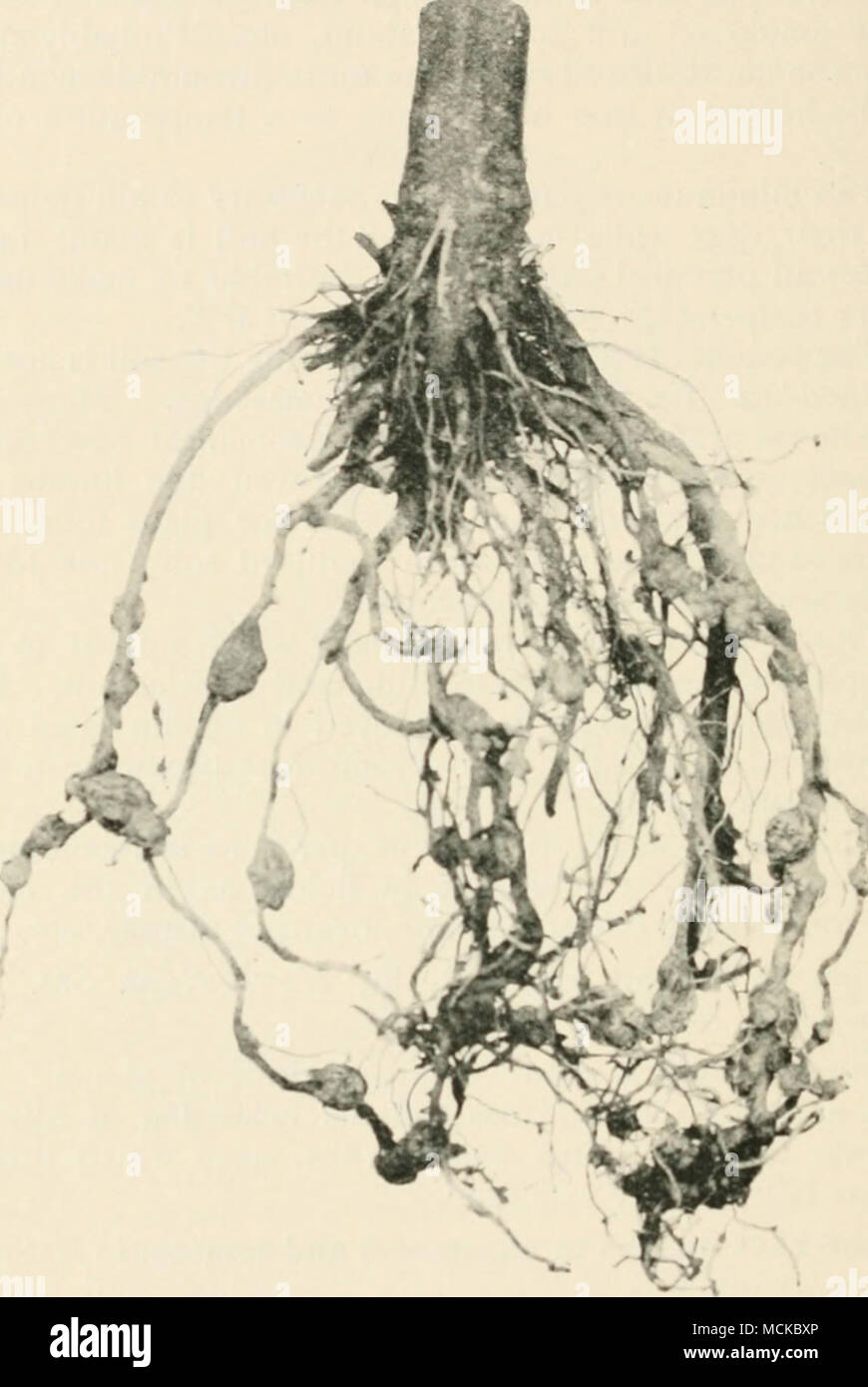 . Fig. i6%.—Helerodera radicifola (eelworm), forming jj; tomato root; slightly reduced. the disease, are recommended by the Board of Agriculture, in Leaflet No. 75. I. To destroy these eehvorms the soil must be thoroughly Stock Photohttps://www.alamy.com/image-license-details/?v=1https://www.alamy.com/fig-i6helerodera-radicifola-eelworm-forming-jj-tomato-root-slightly-reduced-the-disease-are-recommended-by-the-board-of-agriculture-in-leaflet-no-75-i-to-destroy-these-eehvorms-the-soil-must-be-thoroughly-image179906014.html
. Fig. i6%.—Helerodera radicifola (eelworm), forming jj; tomato root; slightly reduced. the disease, are recommended by the Board of Agriculture, in Leaflet No. 75. I. To destroy these eehvorms the soil must be thoroughly Stock Photohttps://www.alamy.com/image-license-details/?v=1https://www.alamy.com/fig-i6helerodera-radicifola-eelworm-forming-jj-tomato-root-slightly-reduced-the-disease-are-recommended-by-the-board-of-agriculture-in-leaflet-no-75-i-to-destroy-these-eehvorms-the-soil-must-be-thoroughly-image179906014.htmlRMMCKBXP–. Fig. i6%.—Helerodera radicifola (eelworm), forming jj; tomato root; slightly reduced. the disease, are recommended by the Board of Agriculture, in Leaflet No. 75. I. To destroy these eehvorms the soil must be thoroughly
![Diseases of cultivated plants and Diseases of cultivated plants and trees diseasesofcultiv00massuoft Year: [1910?] 55= DISEASES OF CULTIVATED PLANTS to perform its function of supplying water to the above-ground portion of the plant. The following measures for sterilising soil and checking Fig. i6.—Helerodera radicifola (eelworm), forming jj; tomato root; slightly reduced. the disease, are recommended by the Board of Agriculture, in Leaflet No. 75. I. To destroy these eehvorms the soil must be thoroughly Stock Photo Diseases of cultivated plants and Diseases of cultivated plants and trees diseasesofcultiv00massuoft Year: [1910?] 55= DISEASES OF CULTIVATED PLANTS to perform its function of supplying water to the above-ground portion of the plant. The following measures for sterilising soil and checking Fig. i6.—Helerodera radicifola (eelworm), forming jj; tomato root; slightly reduced. the disease, are recommended by the Board of Agriculture, in Leaflet No. 75. I. To destroy these eehvorms the soil must be thoroughly Stock Photo](https://c8.alamy.com/comp/T1KB9Y/diseases-of-cultivated-plants-and-diseases-of-cultivated-plants-and-trees-diseasesofcultiv00massuoft-year-1910-55=-diseases-of-cultivated-plants-to-perform-its-function-of-supplying-water-to-the-above-ground-portion-of-the-plant-the-following-measures-for-sterilising-soil-and-checking-fig-i6helerodera-radicifola-eelworm-forming-jj-tomato-root-slightly-reduced-the-disease-are-recommended-by-the-board-of-agriculture-in-leaflet-no-75-i-to-destroy-these-eehvorms-the-soil-must-be-thoroughly-T1KB9Y.jpg) Diseases of cultivated plants and Diseases of cultivated plants and trees diseasesofcultiv00massuoft Year: [1910?] 55= DISEASES OF CULTIVATED PLANTS to perform its function of supplying water to the above-ground portion of the plant. The following measures for sterilising soil and checking Fig. i6.—Helerodera radicifola (eelworm), forming jj; tomato root; slightly reduced. the disease, are recommended by the Board of Agriculture, in Leaflet No. 75. I. To destroy these eehvorms the soil must be thoroughly Stock Photohttps://www.alamy.com/image-license-details/?v=1https://www.alamy.com/diseases-of-cultivated-plants-and-diseases-of-cultivated-plants-and-trees-diseasesofcultiv00massuoft-year-1910-55=-diseases-of-cultivated-plants-to-perform-its-function-of-supplying-water-to-the-above-ground-portion-of-the-plant-the-following-measures-for-sterilising-soil-and-checking-fig-i6helerodera-radicifola-eelworm-forming-jj-tomato-root-slightly-reduced-the-disease-are-recommended-by-the-board-of-agriculture-in-leaflet-no-75-i-to-destroy-these-eehvorms-the-soil-must-be-thoroughly-image241985799.html
Diseases of cultivated plants and Diseases of cultivated plants and trees diseasesofcultiv00massuoft Year: [1910?] 55= DISEASES OF CULTIVATED PLANTS to perform its function of supplying water to the above-ground portion of the plant. The following measures for sterilising soil and checking Fig. i6.—Helerodera radicifola (eelworm), forming jj; tomato root; slightly reduced. the disease, are recommended by the Board of Agriculture, in Leaflet No. 75. I. To destroy these eehvorms the soil must be thoroughly Stock Photohttps://www.alamy.com/image-license-details/?v=1https://www.alamy.com/diseases-of-cultivated-plants-and-diseases-of-cultivated-plants-and-trees-diseasesofcultiv00massuoft-year-1910-55=-diseases-of-cultivated-plants-to-perform-its-function-of-supplying-water-to-the-above-ground-portion-of-the-plant-the-following-measures-for-sterilising-soil-and-checking-fig-i6helerodera-radicifola-eelworm-forming-jj-tomato-root-slightly-reduced-the-disease-are-recommended-by-the-board-of-agriculture-in-leaflet-no-75-i-to-destroy-these-eehvorms-the-soil-must-be-thoroughly-image241985799.htmlRMT1KB9Y–Diseases of cultivated plants and Diseases of cultivated plants and trees diseasesofcultiv00massuoft Year: [1910?] 55= DISEASES OF CULTIVATED PLANTS to perform its function of supplying water to the above-ground portion of the plant. The following measures for sterilising soil and checking Fig. i6.—Helerodera radicifola (eelworm), forming jj; tomato root; slightly reduced. the disease, are recommended by the Board of Agriculture, in Leaflet No. 75. I. To destroy these eehvorms the soil must be thoroughly
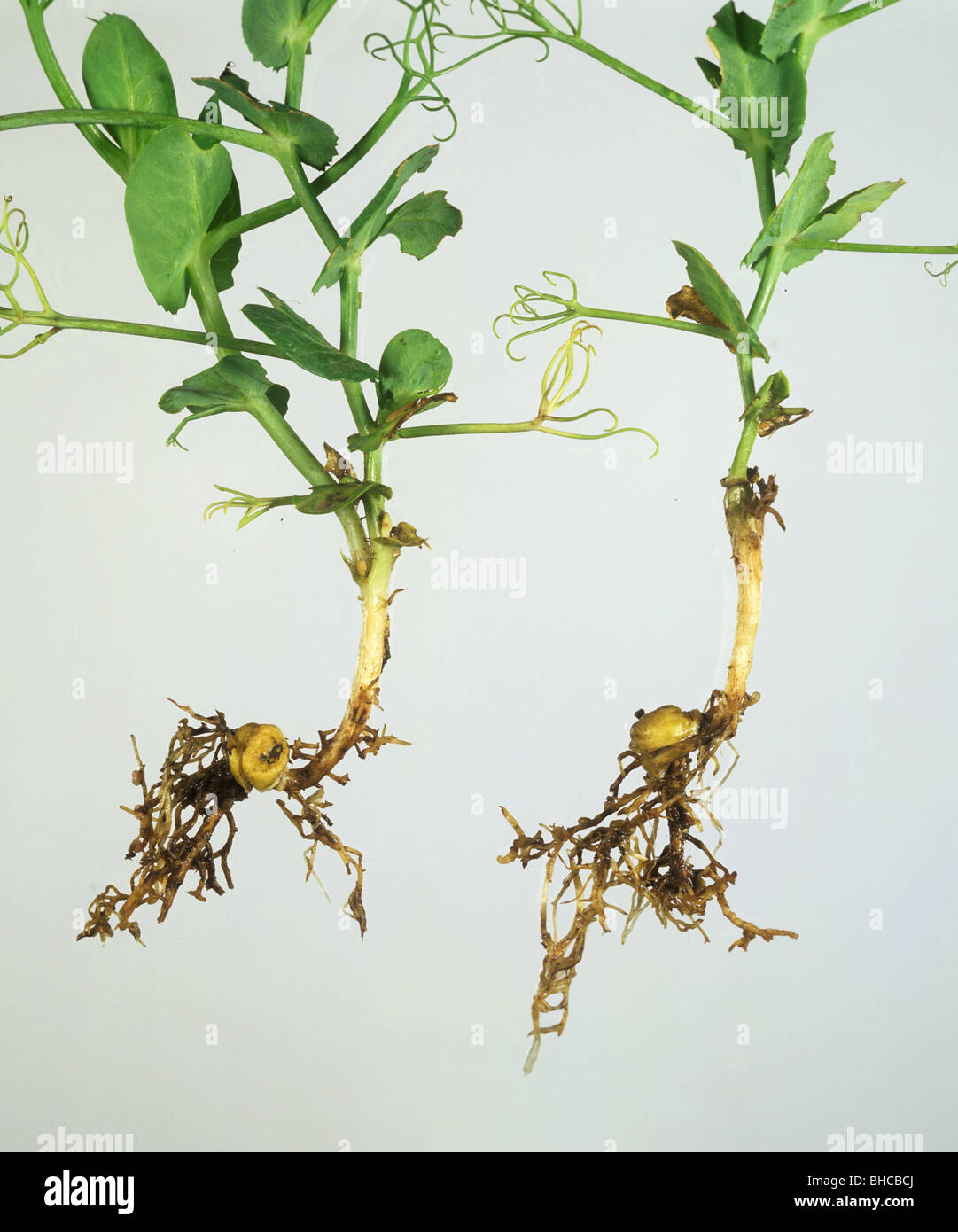 Sampled pea plants with damage to roots by stubby root knot nematode (Trichodorus sp.) Stock Photohttps://www.alamy.com/image-license-details/?v=1https://www.alamy.com/stock-photo-sampled-pea-plants-with-damage-to-roots-by-stubby-root-knot-nematode-27931922.html
Sampled pea plants with damage to roots by stubby root knot nematode (Trichodorus sp.) Stock Photohttps://www.alamy.com/image-license-details/?v=1https://www.alamy.com/stock-photo-sampled-pea-plants-with-damage-to-roots-by-stubby-root-knot-nematode-27931922.htmlRMBHCBCJ–Sampled pea plants with damage to roots by stubby root knot nematode (Trichodorus sp.)
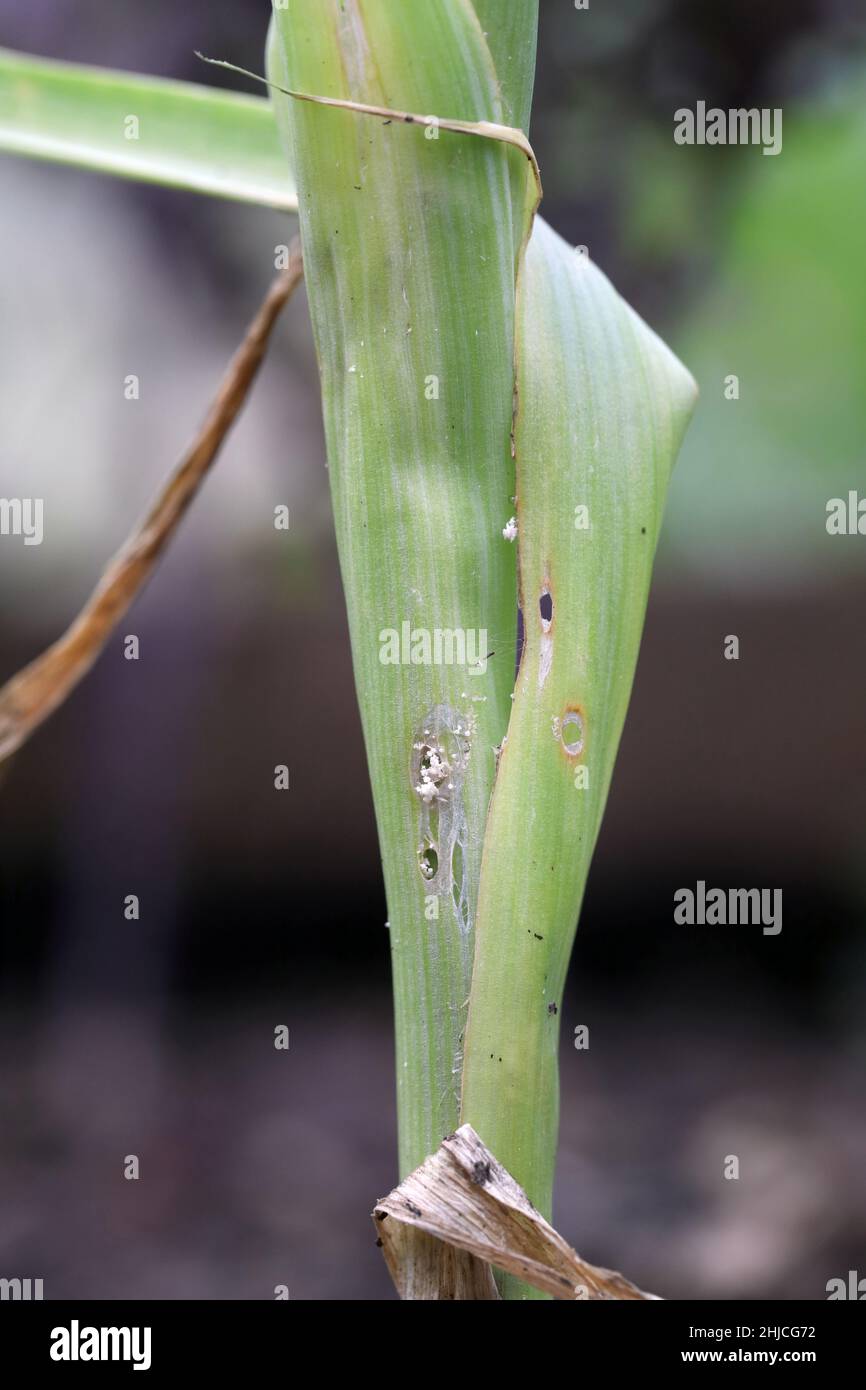 Leek plant damaged by caterpillars of leek moth or onion leaf miner Acrolepia, Acrolepiopsis assectella family Acrolepiidae. It is Invasive species Stock Photohttps://www.alamy.com/image-license-details/?v=1https://www.alamy.com/leek-plant-damaged-by-caterpillars-of-leek-moth-or-onion-leaf-miner-acrolepia-acrolepiopsis-assectella-family-acrolepiidae-it-is-invasive-species-image458809542.html
Leek plant damaged by caterpillars of leek moth or onion leaf miner Acrolepia, Acrolepiopsis assectella family Acrolepiidae. It is Invasive species Stock Photohttps://www.alamy.com/image-license-details/?v=1https://www.alamy.com/leek-plant-damaged-by-caterpillars-of-leek-moth-or-onion-leaf-miner-acrolepia-acrolepiopsis-assectella-family-acrolepiidae-it-is-invasive-species-image458809542.htmlRF2HJCG72–Leek plant damaged by caterpillars of leek moth or onion leaf miner Acrolepia, Acrolepiopsis assectella family Acrolepiidae. It is Invasive species
 A vine weevil larva (Otiorhynchus sulcatus) parasitised by and releasing nematodes Stock Photohttps://www.alamy.com/image-license-details/?v=1https://www.alamy.com/stock-photo-a-vine-weevil-larva-otiorhynchus-sulcatus-parasitised-by-and-releasing-30108852.html
A vine weevil larva (Otiorhynchus sulcatus) parasitised by and releasing nematodes Stock Photohttps://www.alamy.com/image-license-details/?v=1https://www.alamy.com/stock-photo-a-vine-weevil-larva-otiorhynchus-sulcatus-parasitised-by-and-releasing-30108852.htmlRMBMYG44–A vine weevil larva (Otiorhynchus sulcatus) parasitised by and releasing nematodes
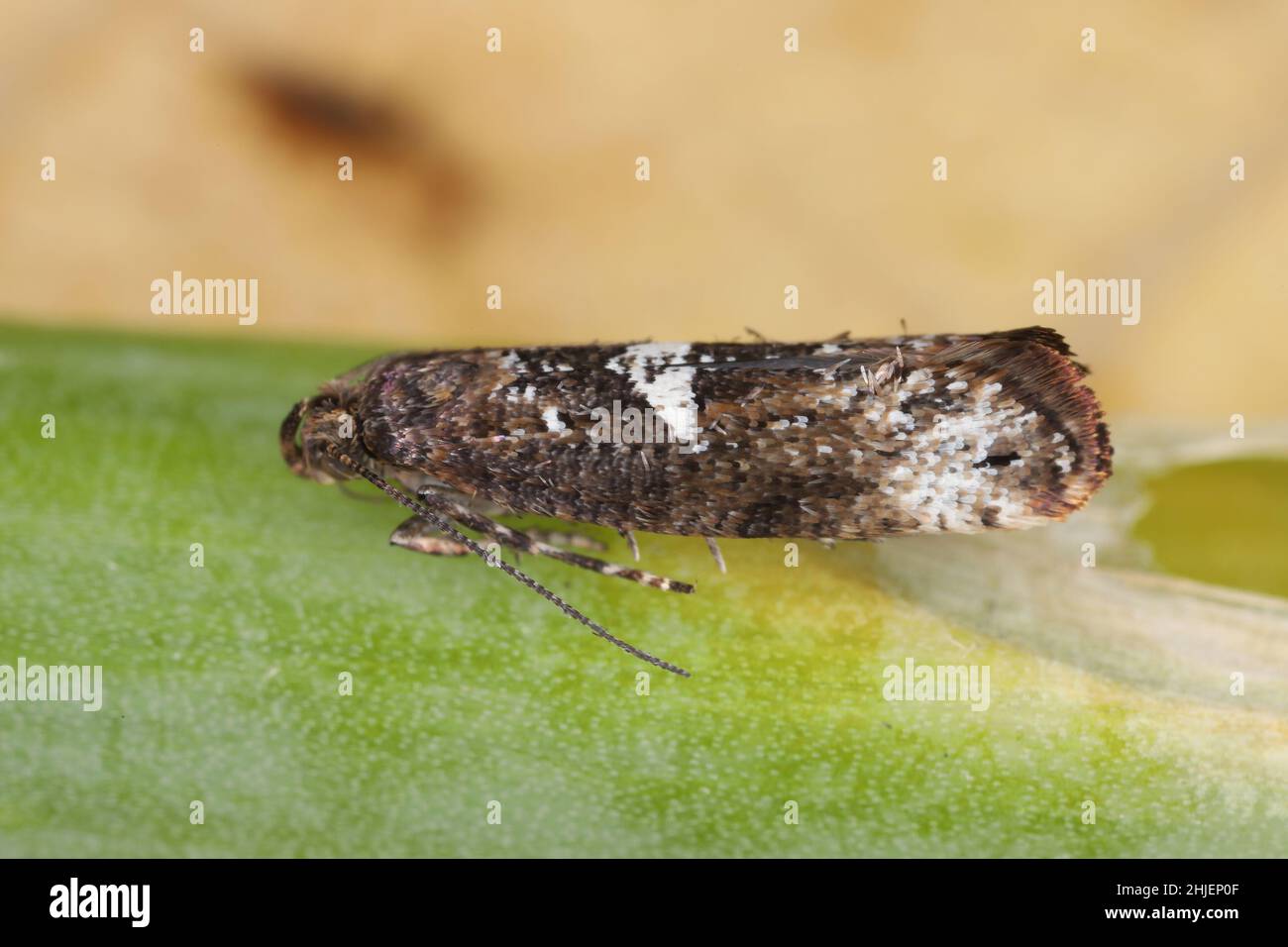 Moth of leek moth or onion leaf miner (Acrolepiopsis assectella) family Acrolepiidae. It is Invasive speciesa pest of leek crops. Larvae feed on Alliu Stock Photohttps://www.alamy.com/image-license-details/?v=1https://www.alamy.com/moth-of-leek-moth-or-onion-leaf-miner-acrolepiopsis-assectella-family-acrolepiidae-it-is-invasive-speciesa-pest-of-leek-crops-larvae-feed-on-alliu-image458857967.html
Moth of leek moth or onion leaf miner (Acrolepiopsis assectella) family Acrolepiidae. It is Invasive speciesa pest of leek crops. Larvae feed on Alliu Stock Photohttps://www.alamy.com/image-license-details/?v=1https://www.alamy.com/moth-of-leek-moth-or-onion-leaf-miner-acrolepiopsis-assectella-family-acrolepiidae-it-is-invasive-speciesa-pest-of-leek-crops-larvae-feed-on-alliu-image458857967.htmlRF2HJEP0F–Moth of leek moth or onion leaf miner (Acrolepiopsis assectella) family Acrolepiidae. It is Invasive speciesa pest of leek crops. Larvae feed on Alliu
 Stem nematodes Ditylenchus dipsaci in damaged sectioned stem of Vicia bean plant Stock Photohttps://www.alamy.com/image-license-details/?v=1https://www.alamy.com/stem-nematodes-ditylenchus-dipsaci-in-damaged-sectioned-stem-of-vicia-image2381799.html
Stem nematodes Ditylenchus dipsaci in damaged sectioned stem of Vicia bean plant Stock Photohttps://www.alamy.com/image-license-details/?v=1https://www.alamy.com/stem-nematodes-ditylenchus-dipsaci-in-damaged-sectioned-stem-of-vicia-image2381799.htmlRMABH7E8–Stem nematodes Ditylenchus dipsaci in damaged sectioned stem of Vicia bean plant
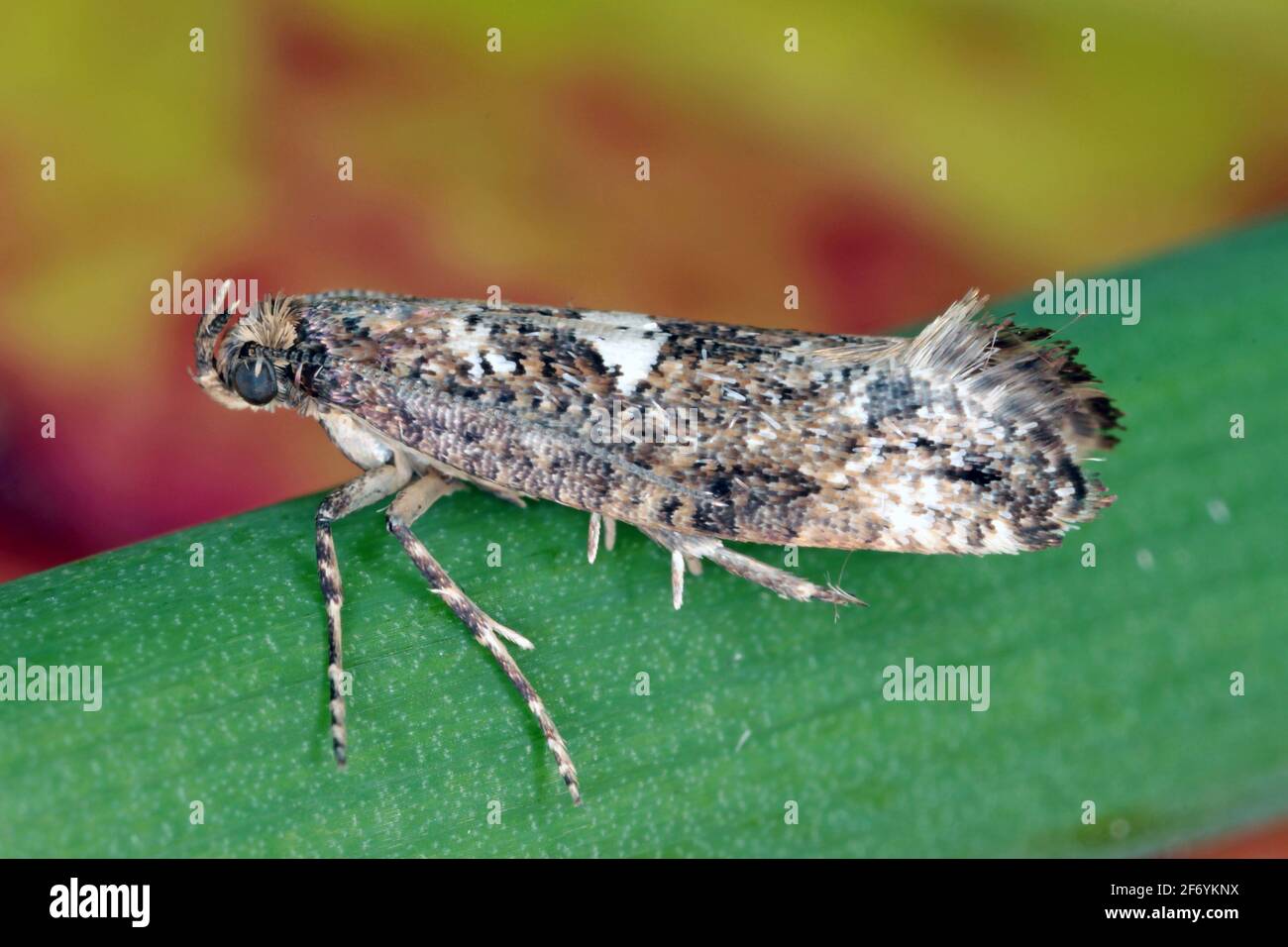 Moth of leek moth or onion leaf miner (Acrolepiopsis assectella) family Acrolepiidae. It is Invasive speciesa pest of leek crops. Larvae feed on Alliu Stock Photohttps://www.alamy.com/image-license-details/?v=1https://www.alamy.com/moth-of-leek-moth-or-onion-leaf-miner-acrolepiopsis-assectella-family-acrolepiidae-it-is-invasive-speciesa-pest-of-leek-crops-larvae-feed-on-alliu-image417344982.html
Moth of leek moth or onion leaf miner (Acrolepiopsis assectella) family Acrolepiidae. It is Invasive speciesa pest of leek crops. Larvae feed on Alliu Stock Photohttps://www.alamy.com/image-license-details/?v=1https://www.alamy.com/moth-of-leek-moth-or-onion-leaf-miner-acrolepiopsis-assectella-family-acrolepiidae-it-is-invasive-speciesa-pest-of-leek-crops-larvae-feed-on-alliu-image417344982.htmlRF2F6YKNX–Moth of leek moth or onion leaf miner (Acrolepiopsis assectella) family Acrolepiidae. It is Invasive speciesa pest of leek crops. Larvae feed on Alliu
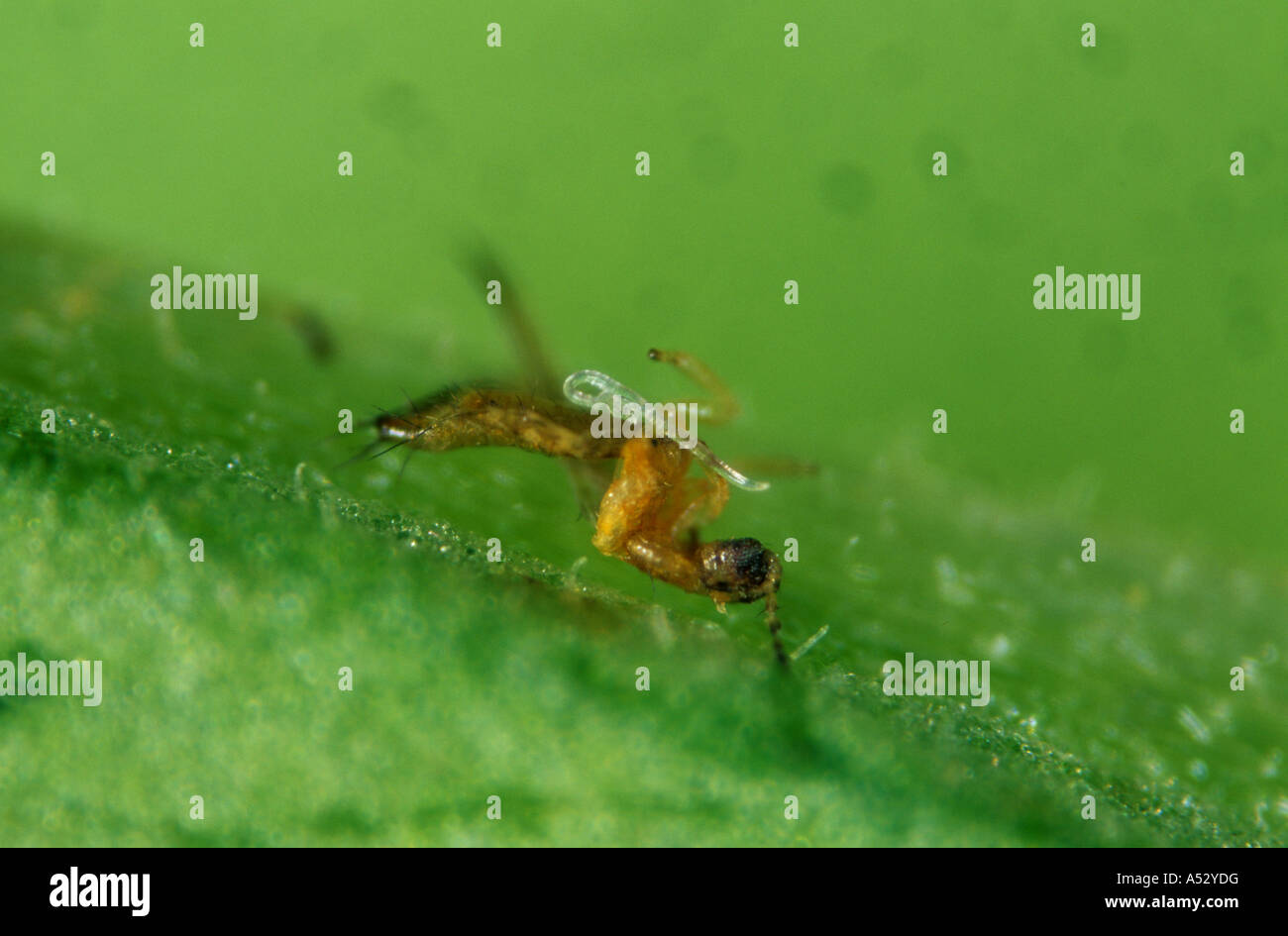 Western flower thrips killed by a parasitic nematode Steinernema feltiae Stock Photohttps://www.alamy.com/image-license-details/?v=1https://www.alamy.com/stock-photo-western-flower-thrips-killed-by-a-parasitic-nematode-steinernema-feltiae-11179659.html
Western flower thrips killed by a parasitic nematode Steinernema feltiae Stock Photohttps://www.alamy.com/image-license-details/?v=1https://www.alamy.com/stock-photo-western-flower-thrips-killed-by-a-parasitic-nematode-steinernema-feltiae-11179659.htmlRMA52YDG–Western flower thrips killed by a parasitic nematode Steinernema feltiae
 The roots invaded by the nematodes Stock Photohttps://www.alamy.com/image-license-details/?v=1https://www.alamy.com/stock-photo-the-roots-invaded-by-the-nematodes-113126367.html
The roots invaded by the nematodes Stock Photohttps://www.alamy.com/image-license-details/?v=1https://www.alamy.com/stock-photo-the-roots-invaded-by-the-nematodes-113126367.htmlRFGG19RB–The roots invaded by the nematodes
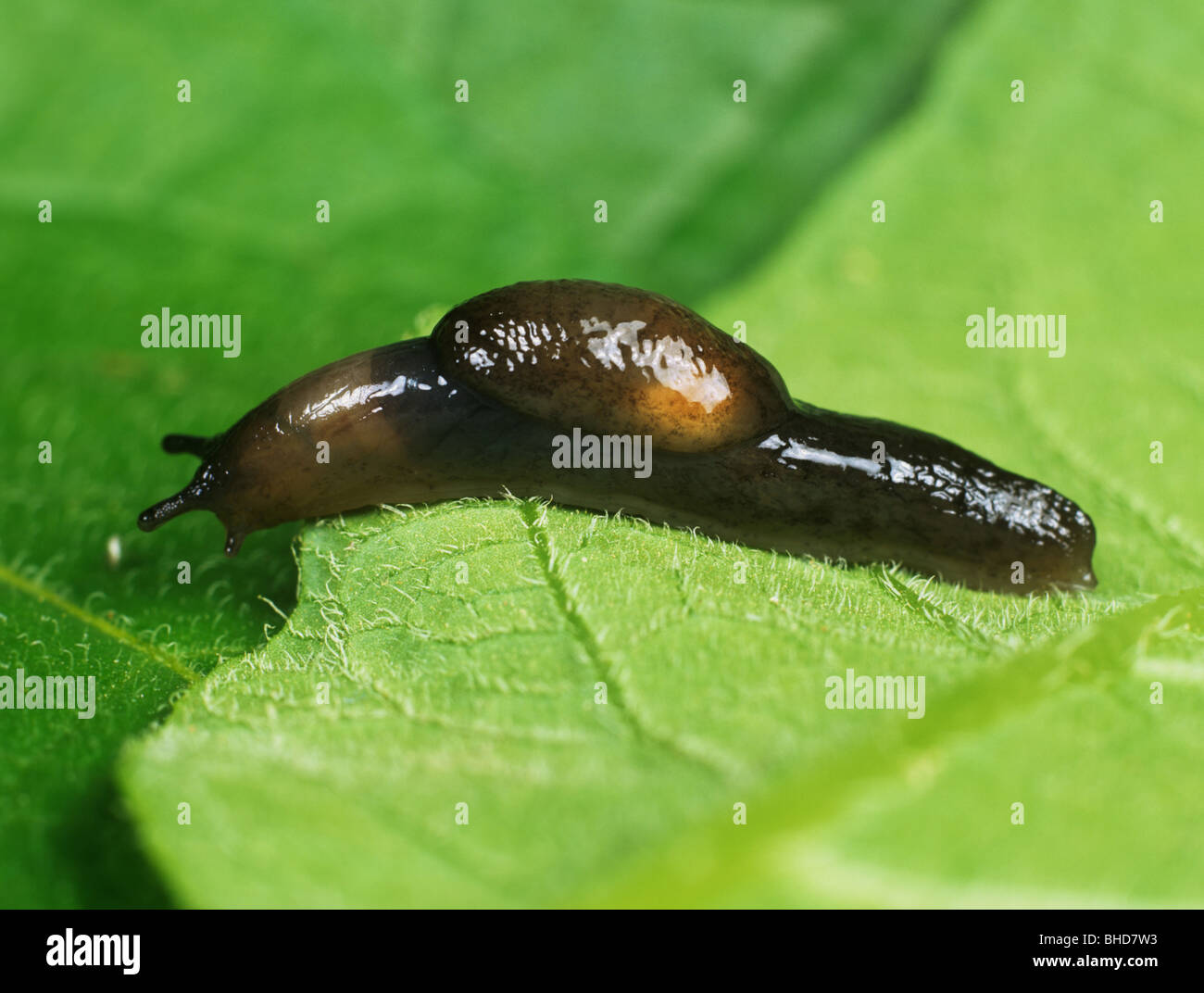 Slug with swollen mantle parasitised by Phasmarhabditis nematodes Stock Photohttps://www.alamy.com/image-license-details/?v=1https://www.alamy.com/stock-photo-slug-with-swollen-mantle-parasitised-by-phasmarhabditis-nematodes-27951087.html
Slug with swollen mantle parasitised by Phasmarhabditis nematodes Stock Photohttps://www.alamy.com/image-license-details/?v=1https://www.alamy.com/stock-photo-slug-with-swollen-mantle-parasitised-by-phasmarhabditis-nematodes-27951087.htmlRMBHD7W3–Slug with swollen mantle parasitised by Phasmarhabditis nematodes
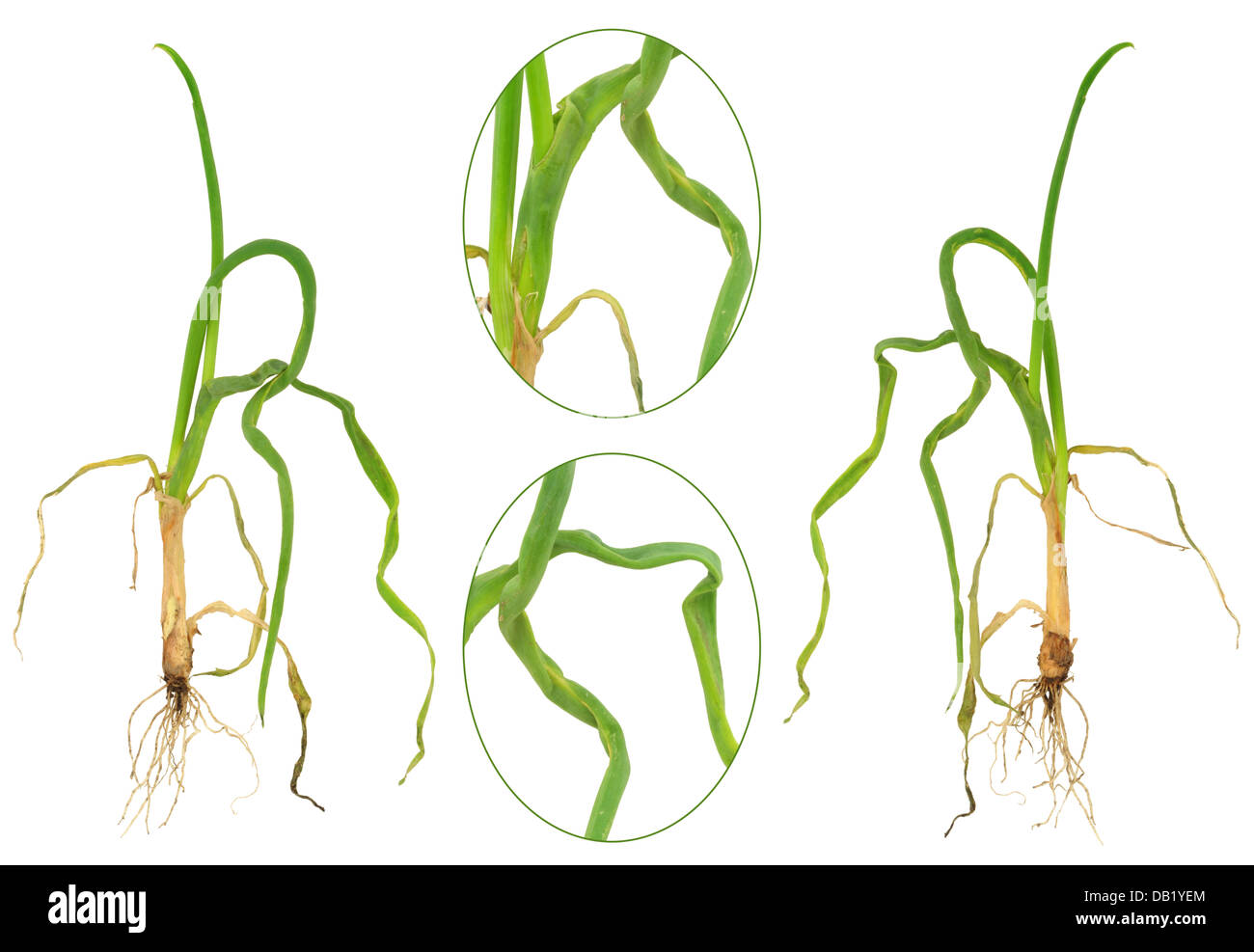 Onion attacked by onion eelworm, Ditylenchus dipsaci Stock Photohttps://www.alamy.com/image-license-details/?v=1https://www.alamy.com/stock-photo-onion-attacked-by-onion-eelworm-ditylenchus-dipsaci-58435852.html
Onion attacked by onion eelworm, Ditylenchus dipsaci Stock Photohttps://www.alamy.com/image-license-details/?v=1https://www.alamy.com/stock-photo-onion-attacked-by-onion-eelworm-ditylenchus-dipsaci-58435852.htmlRFDB1YEM–Onion attacked by onion eelworm, Ditylenchus dipsaci
 Pea cyst nematode Heterodera gottingiana female cysts erupting on roots of a field bean plant Stock Photohttps://www.alamy.com/image-license-details/?v=1https://www.alamy.com/stock-photo-pea-cyst-nematode-heterodera-gottingiana-female-cysts-erupting-on-13212221.html
Pea cyst nematode Heterodera gottingiana female cysts erupting on roots of a field bean plant Stock Photohttps://www.alamy.com/image-license-details/?v=1https://www.alamy.com/stock-photo-pea-cyst-nematode-heterodera-gottingiana-female-cysts-erupting-on-13212221.htmlRMACR0NJ–Pea cyst nematode Heterodera gottingiana female cysts erupting on roots of a field bean plant
 Onions( Allium cepa) laid out in a row drying before storage. Natural close up food plant portrait Stock Photohttps://www.alamy.com/image-license-details/?v=1https://www.alamy.com/onions-allium-cepa-laid-out-in-a-row-drying-before-storage-natural-close-up-food-plant-portrait-image559102657.html
Onions( Allium cepa) laid out in a row drying before storage. Natural close up food plant portrait Stock Photohttps://www.alamy.com/image-license-details/?v=1https://www.alamy.com/onions-allium-cepa-laid-out-in-a-row-drying-before-storage-natural-close-up-food-plant-portrait-image559102657.htmlRM2RDH941–Onions( Allium cepa) laid out in a row drying before storage. Natural close up food plant portrait
 Snail pest parasitised by nematodes Phasmarhabditis hermaphrodita Stock Photohttps://www.alamy.com/image-license-details/?v=1https://www.alamy.com/stock-photo-snail-pest-parasitised-by-nematodes-phasmarhabditis-hermaphrodita-14821737.html
Snail pest parasitised by nematodes Phasmarhabditis hermaphrodita Stock Photohttps://www.alamy.com/image-license-details/?v=1https://www.alamy.com/stock-photo-snail-pest-parasitised-by-nematodes-phasmarhabditis-hermaphrodita-14821737.htmlRMAJX2YP–Snail pest parasitised by nematodes Phasmarhabditis hermaphrodita
 Sweet peas and how to grow them . stroyers, Vaporite, Slugene, Kilogrub, Alphol for both of thesepests and I think I can say with good results. Sulphate of iron isalso exceedingly valuable against eelworm, and for this reason FIG. 10.—SWEET PEA PLANTS INFESTED BY STEM EELWOEM {Tylenilnii devastatrix) F, infested plant; e, top growth stunted ; cl, collar, or ground level, above which eelworms are seldom found in stem of Sweet Pea; e, under-ground or root stem, usually somewhat swollen, and in which eelwormsare found when plant is in a state of decay; /, shell of seed; g,nodosities on roots caus Stock Photohttps://www.alamy.com/image-license-details/?v=1https://www.alamy.com/sweet-peas-and-how-to-grow-them-stroyers-vaporite-slugene-kilogrub-alphol-for-both-of-thesepests-and-i-think-i-can-say-with-good-results-sulphate-of-iron-isalso-exceedingly-valuable-against-eelworm-and-for-this-reason-fig-10sweet-pea-plants-infested-by-stem-eelwoem-tylenilnii-devastatrix-f-infested-plant-e-top-growth-stunted-cl-collar-or-ground-level-above-which-eelworms-are-seldom-found-in-stem-of-sweet-pea-e-under-ground-or-root-stem-usually-somewhat-swollen-and-in-which-eelwormsare-found-when-plant-is-in-a-state-of-decay-shell-of-seed-gnodosities-on-roots-caus-image340032294.html
Sweet peas and how to grow them . stroyers, Vaporite, Slugene, Kilogrub, Alphol for both of thesepests and I think I can say with good results. Sulphate of iron isalso exceedingly valuable against eelworm, and for this reason FIG. 10.—SWEET PEA PLANTS INFESTED BY STEM EELWOEM {Tylenilnii devastatrix) F, infested plant; e, top growth stunted ; cl, collar, or ground level, above which eelworms are seldom found in stem of Sweet Pea; e, under-ground or root stem, usually somewhat swollen, and in which eelwormsare found when plant is in a state of decay; /, shell of seed; g,nodosities on roots caus Stock Photohttps://www.alamy.com/image-license-details/?v=1https://www.alamy.com/sweet-peas-and-how-to-grow-them-stroyers-vaporite-slugene-kilogrub-alphol-for-both-of-thesepests-and-i-think-i-can-say-with-good-results-sulphate-of-iron-isalso-exceedingly-valuable-against-eelworm-and-for-this-reason-fig-10sweet-pea-plants-infested-by-stem-eelwoem-tylenilnii-devastatrix-f-infested-plant-e-top-growth-stunted-cl-collar-or-ground-level-above-which-eelworms-are-seldom-found-in-stem-of-sweet-pea-e-under-ground-or-root-stem-usually-somewhat-swollen-and-in-which-eelwormsare-found-when-plant-is-in-a-state-of-decay-shell-of-seed-gnodosities-on-roots-caus-image340032294.htmlRM2AN5PJE–Sweet peas and how to grow them . stroyers, Vaporite, Slugene, Kilogrub, Alphol for both of thesepests and I think I can say with good results. Sulphate of iron isalso exceedingly valuable against eelworm, and for this reason FIG. 10.—SWEET PEA PLANTS INFESTED BY STEM EELWOEM {Tylenilnii devastatrix) F, infested plant; e, top growth stunted ; cl, collar, or ground level, above which eelworms are seldom found in stem of Sweet Pea; e, under-ground or root stem, usually somewhat swollen, and in which eelwormsare found when plant is in a state of decay; /, shell of seed; g,nodosities on roots caus
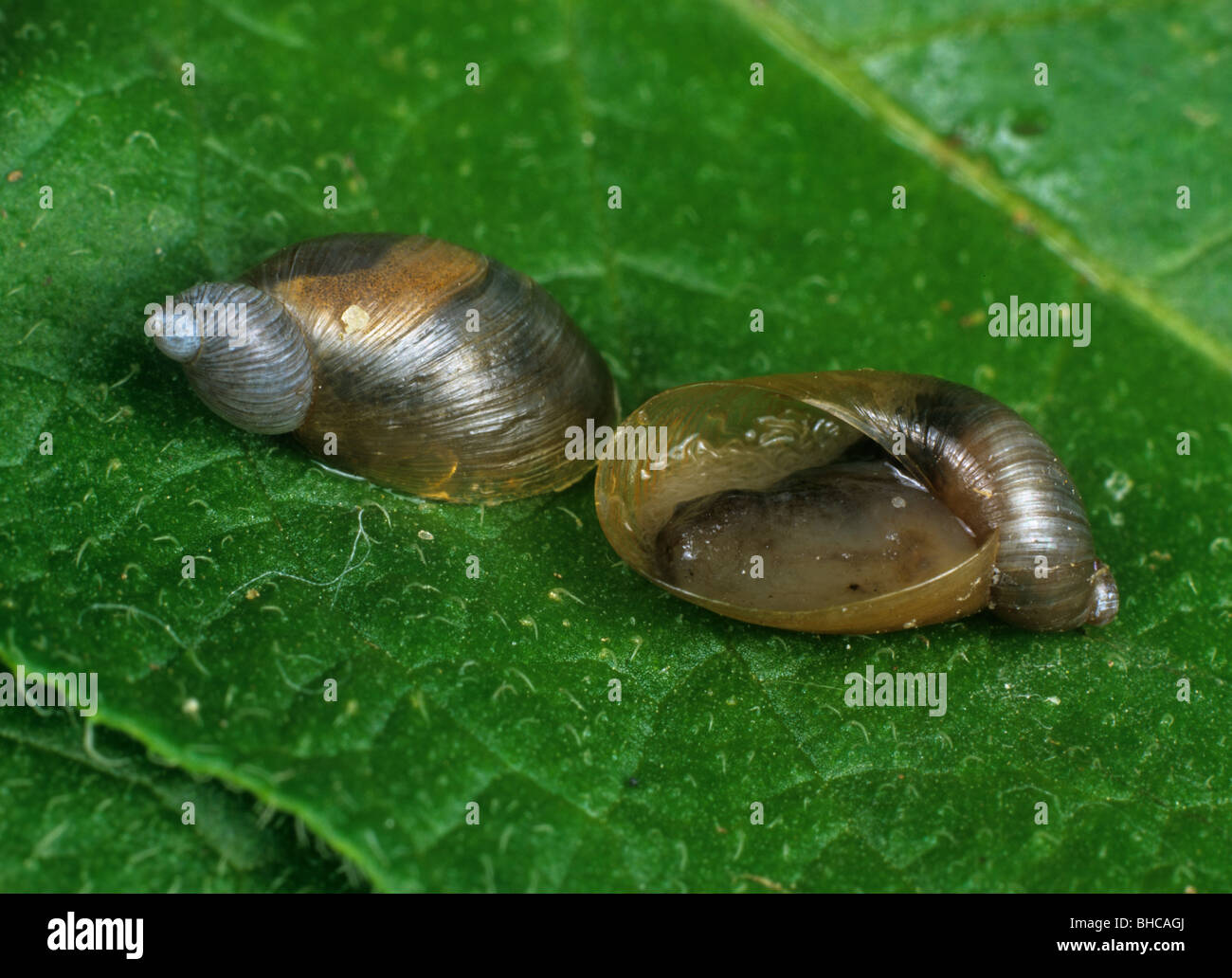 Snails pest parasitised by nematodes (Phasmarhabditis hermaphrodita) Stock Photohttps://www.alamy.com/image-license-details/?v=1https://www.alamy.com/stock-photo-snails-pest-parasitised-by-nematodes-phasmarhabditis-hermaphrodita-27931250.html
Snails pest parasitised by nematodes (Phasmarhabditis hermaphrodita) Stock Photohttps://www.alamy.com/image-license-details/?v=1https://www.alamy.com/stock-photo-snails-pest-parasitised-by-nematodes-phasmarhabditis-hermaphrodita-27931250.htmlRMBHCAGJ–Snails pest parasitised by nematodes (Phasmarhabditis hermaphrodita)
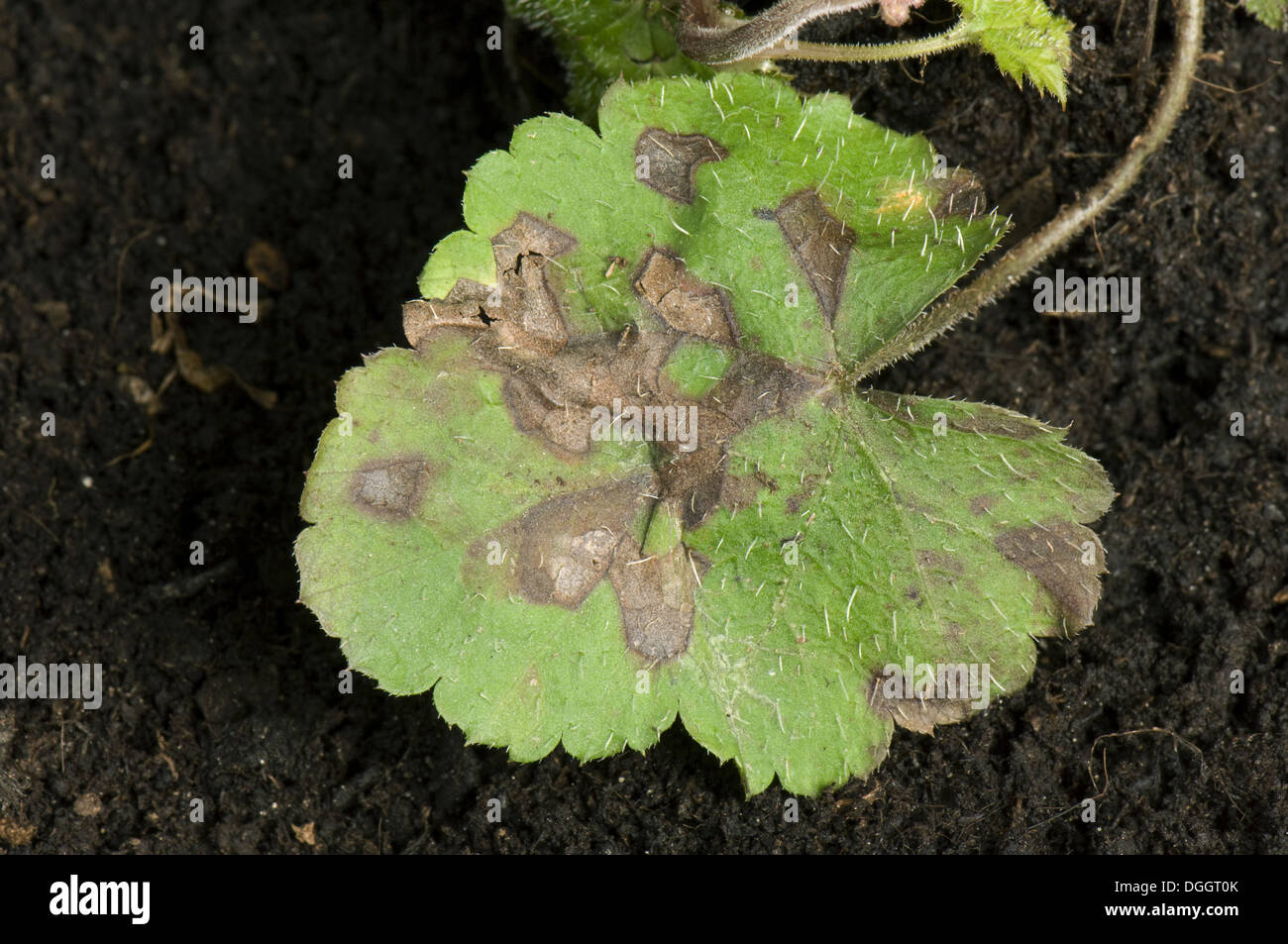 Foliar nematode, Aphelenchoides spp, angular leaf spotting on an ornamental anemone plant leaves Stock Photohttps://www.alamy.com/image-license-details/?v=1https://www.alamy.com/foliar-nematode-aphelenchoides-spp-angular-leaf-spotting-on-an-ornamental-image61835667.html
Foliar nematode, Aphelenchoides spp, angular leaf spotting on an ornamental anemone plant leaves Stock Photohttps://www.alamy.com/image-license-details/?v=1https://www.alamy.com/foliar-nematode-aphelenchoides-spp-angular-leaf-spotting-on-an-ornamental-image61835667.htmlRMDGGT0K–Foliar nematode, Aphelenchoides spp, angular leaf spotting on an ornamental anemone plant leaves
![. Fungoid and insect pests of the farm. Agricultural pests. XIII] Eelworvfis Remedial Measures. 169 Deep ploughing or ploughing with a skim coulter is recommended for this disease. Such crops as red clover and oats, which are very hable, should not be taken for some time on land containing their respective eelworms. When possible the refuse of diseased crops should be destroyed.. Kg. 53. Ear cockles of wheat caused by Tylenchus scandens. The dark grains somewhat lesemble bunted grains. Ear Cockles in Wheat. Another disease caused by an eelworm is that known as "purples" or "ear Stock Photo . Fungoid and insect pests of the farm. Agricultural pests. XIII] Eelworvfis Remedial Measures. 169 Deep ploughing or ploughing with a skim coulter is recommended for this disease. Such crops as red clover and oats, which are very hable, should not be taken for some time on land containing their respective eelworms. When possible the refuse of diseased crops should be destroyed.. Kg. 53. Ear cockles of wheat caused by Tylenchus scandens. The dark grains somewhat lesemble bunted grains. Ear Cockles in Wheat. Another disease caused by an eelworm is that known as "purples" or "ear Stock Photo](https://c8.alamy.com/comp/PG45N8/fungoid-and-insect-pests-of-the-farm-agricultural-pests-xiii-eelworvfis-remedial-measures-169-deep-ploughing-or-ploughing-with-a-skim-coulter-is-recommended-for-this-disease-such-crops-as-red-clover-and-oats-which-are-very-hable-should-not-be-taken-for-some-time-on-land-containing-their-respective-eelworms-when-possible-the-refuse-of-diseased-crops-should-be-destroyed-kg-53-ear-cockles-of-wheat-caused-by-tylenchus-scandens-the-dark-grains-somewhat-lesemble-bunted-grains-ear-cockles-in-wheat-another-disease-caused-by-an-eelworm-is-that-known-as-quotpurplesquot-or-quotear-PG45N8.jpg) . Fungoid and insect pests of the farm. Agricultural pests. XIII] Eelworvfis Remedial Measures. 169 Deep ploughing or ploughing with a skim coulter is recommended for this disease. Such crops as red clover and oats, which are very hable, should not be taken for some time on land containing their respective eelworms. When possible the refuse of diseased crops should be destroyed.. Kg. 53. Ear cockles of wheat caused by Tylenchus scandens. The dark grains somewhat lesemble bunted grains. Ear Cockles in Wheat. Another disease caused by an eelworm is that known as "purples" or "ear Stock Photohttps://www.alamy.com/image-license-details/?v=1https://www.alamy.com/fungoid-and-insect-pests-of-the-farm-agricultural-pests-xiii-eelworvfis-remedial-measures-169-deep-ploughing-or-ploughing-with-a-skim-coulter-is-recommended-for-this-disease-such-crops-as-red-clover-and-oats-which-are-very-hable-should-not-be-taken-for-some-time-on-land-containing-their-respective-eelworms-when-possible-the-refuse-of-diseased-crops-should-be-destroyed-kg-53-ear-cockles-of-wheat-caused-by-tylenchus-scandens-the-dark-grains-somewhat-lesemble-bunted-grains-ear-cockles-in-wheat-another-disease-caused-by-an-eelworm-is-that-known-as-quotpurplesquot-or-quotear-image216451236.html
. Fungoid and insect pests of the farm. Agricultural pests. XIII] Eelworvfis Remedial Measures. 169 Deep ploughing or ploughing with a skim coulter is recommended for this disease. Such crops as red clover and oats, which are very hable, should not be taken for some time on land containing their respective eelworms. When possible the refuse of diseased crops should be destroyed.. Kg. 53. Ear cockles of wheat caused by Tylenchus scandens. The dark grains somewhat lesemble bunted grains. Ear Cockles in Wheat. Another disease caused by an eelworm is that known as "purples" or "ear Stock Photohttps://www.alamy.com/image-license-details/?v=1https://www.alamy.com/fungoid-and-insect-pests-of-the-farm-agricultural-pests-xiii-eelworvfis-remedial-measures-169-deep-ploughing-or-ploughing-with-a-skim-coulter-is-recommended-for-this-disease-such-crops-as-red-clover-and-oats-which-are-very-hable-should-not-be-taken-for-some-time-on-land-containing-their-respective-eelworms-when-possible-the-refuse-of-diseased-crops-should-be-destroyed-kg-53-ear-cockles-of-wheat-caused-by-tylenchus-scandens-the-dark-grains-somewhat-lesemble-bunted-grains-ear-cockles-in-wheat-another-disease-caused-by-an-eelworm-is-that-known-as-quotpurplesquot-or-quotear-image216451236.htmlRMPG45N8–. Fungoid and insect pests of the farm. Agricultural pests. XIII] Eelworvfis Remedial Measures. 169 Deep ploughing or ploughing with a skim coulter is recommended for this disease. Such crops as red clover and oats, which are very hable, should not be taken for some time on land containing their respective eelworms. When possible the refuse of diseased crops should be destroyed.. Kg. 53. Ear cockles of wheat caused by Tylenchus scandens. The dark grains somewhat lesemble bunted grains. Ear Cockles in Wheat. Another disease caused by an eelworm is that known as "purples" or "ear
 . Fig. 7.—The appearance of rust: A, lower surface of leaves ; B, upper surface. Rust pustules are usually most conspicuous on the undersides of the leaves. (From Cir. 326.) crop is much reduced both in quality and quantity. The same treatment is recommended as for leaf spot. Stem Nematode.—This nematode, or eelworm, Ditylenchus dipsaci (see p. 68), lives in the stems of the alfalfa aboveground, with the effect that some of the stalks and branches are short, swollen, and deformed (fig. 8). The yield is reduced and the life of the stand shortened. This parasite is a strain of the bulb nematode, Stock Photohttps://www.alamy.com/image-license-details/?v=1https://www.alamy.com/fig-7the-appearance-of-rust-a-lower-surface-of-leaves-b-upper-surface-rust-pustules-are-usually-most-conspicuous-on-the-undersides-of-the-leaves-from-cir-326-crop-is-much-reduced-both-in-quality-and-quantity-the-same-treatment-is-recommended-as-for-leaf-spot-stem-nematodethis-nematode-or-eelworm-ditylenchus-dipsaci-see-p-68-lives-in-the-stems-of-the-alfalfa-aboveground-with-the-effect-that-some-of-the-stalks-and-branches-are-short-swollen-and-deformed-fig-8-the-yield-is-reduced-and-the-life-of-the-stand-shortened-this-parasite-is-a-strain-of-the-bulb-nematode-image179904289.html
. Fig. 7.—The appearance of rust: A, lower surface of leaves ; B, upper surface. Rust pustules are usually most conspicuous on the undersides of the leaves. (From Cir. 326.) crop is much reduced both in quality and quantity. The same treatment is recommended as for leaf spot. Stem Nematode.—This nematode, or eelworm, Ditylenchus dipsaci (see p. 68), lives in the stems of the alfalfa aboveground, with the effect that some of the stalks and branches are short, swollen, and deformed (fig. 8). The yield is reduced and the life of the stand shortened. This parasite is a strain of the bulb nematode, Stock Photohttps://www.alamy.com/image-license-details/?v=1https://www.alamy.com/fig-7the-appearance-of-rust-a-lower-surface-of-leaves-b-upper-surface-rust-pustules-are-usually-most-conspicuous-on-the-undersides-of-the-leaves-from-cir-326-crop-is-much-reduced-both-in-quality-and-quantity-the-same-treatment-is-recommended-as-for-leaf-spot-stem-nematodethis-nematode-or-eelworm-ditylenchus-dipsaci-see-p-68-lives-in-the-stems-of-the-alfalfa-aboveground-with-the-effect-that-some-of-the-stalks-and-branches-are-short-swollen-and-deformed-fig-8-the-yield-is-reduced-and-the-life-of-the-stand-shortened-this-parasite-is-a-strain-of-the-bulb-nematode-image179904289.htmlRMMCK9N5–. Fig. 7.—The appearance of rust: A, lower surface of leaves ; B, upper surface. Rust pustules are usually most conspicuous on the undersides of the leaves. (From Cir. 326.) crop is much reduced both in quality and quantity. The same treatment is recommended as for leaf spot. Stem Nematode.—This nematode, or eelworm, Ditylenchus dipsaci (see p. 68), lives in the stems of the alfalfa aboveground, with the effect that some of the stalks and branches are short, swollen, and deformed (fig. 8). The yield is reduced and the life of the stand shortened. This parasite is a strain of the bulb nematode,
 Diseases of crop-plants in the Diseases of crop-plants in the Lesser Antilles diseasesofcroppl00nowe Year: 1923 DISEASES OF BANANA 249 subject to attacks on a large scale by a disease believed to be due to the infestation of the roots and rootstock with a nematode worm, Tylenchus musicola, recently described as a new species from Grenada material by N. A. Cobb. The bluggoe is probably identical with the moko of Trinidad, but the disease under description is quite distinct from the bacterial disease of the moko described by J. B. Rorer The closely related eelworm, Tylenchus Fig. 95 Tylench Stock Photohttps://www.alamy.com/image-license-details/?v=1https://www.alamy.com/diseases-of-crop-plants-in-the-diseases-of-crop-plants-in-the-lesser-antilles-diseasesofcroppl00nowe-year-1923-diseases-of-banana-249-subject-to-attacks-on-a-large-scale-by-a-disease-believed-to-be-due-to-the-infestation-of-the-roots-and-rootstock-with-a-nematode-worm-tylenchus-musicola-recently-described-as-a-new-species-from-grenada-material-by-n-a-cobb-the-bluggoe-is-probably-identical-with-the-moko-of-trinidad-but-the-disease-under-description-is-quite-distinct-from-the-bacterial-disease-of-the-moko-described-by-j-b-rorer-the-closely-related-eelworm-tylenchus-fig-95-tylench-image241966929.html
Diseases of crop-plants in the Diseases of crop-plants in the Lesser Antilles diseasesofcroppl00nowe Year: 1923 DISEASES OF BANANA 249 subject to attacks on a large scale by a disease believed to be due to the infestation of the roots and rootstock with a nematode worm, Tylenchus musicola, recently described as a new species from Grenada material by N. A. Cobb. The bluggoe is probably identical with the moko of Trinidad, but the disease under description is quite distinct from the bacterial disease of the moko described by J. B. Rorer The closely related eelworm, Tylenchus Fig. 95 Tylench Stock Photohttps://www.alamy.com/image-license-details/?v=1https://www.alamy.com/diseases-of-crop-plants-in-the-diseases-of-crop-plants-in-the-lesser-antilles-diseasesofcroppl00nowe-year-1923-diseases-of-banana-249-subject-to-attacks-on-a-large-scale-by-a-disease-believed-to-be-due-to-the-infestation-of-the-roots-and-rootstock-with-a-nematode-worm-tylenchus-musicola-recently-described-as-a-new-species-from-grenada-material-by-n-a-cobb-the-bluggoe-is-probably-identical-with-the-moko-of-trinidad-but-the-disease-under-description-is-quite-distinct-from-the-bacterial-disease-of-the-moko-described-by-j-b-rorer-the-closely-related-eelworm-tylenchus-fig-95-tylench-image241966929.htmlRMT1JF81–Diseases of crop-plants in the Diseases of crop-plants in the Lesser Antilles diseasesofcroppl00nowe Year: 1923 DISEASES OF BANANA 249 subject to attacks on a large scale by a disease believed to be due to the infestation of the roots and rootstock with a nematode worm, Tylenchus musicola, recently described as a new species from Grenada material by N. A. Cobb. The bluggoe is probably identical with the moko of Trinidad, but the disease under description is quite distinct from the bacterial disease of the moko described by J. B. Rorer The closely related eelworm, Tylenchus Fig. 95 Tylench
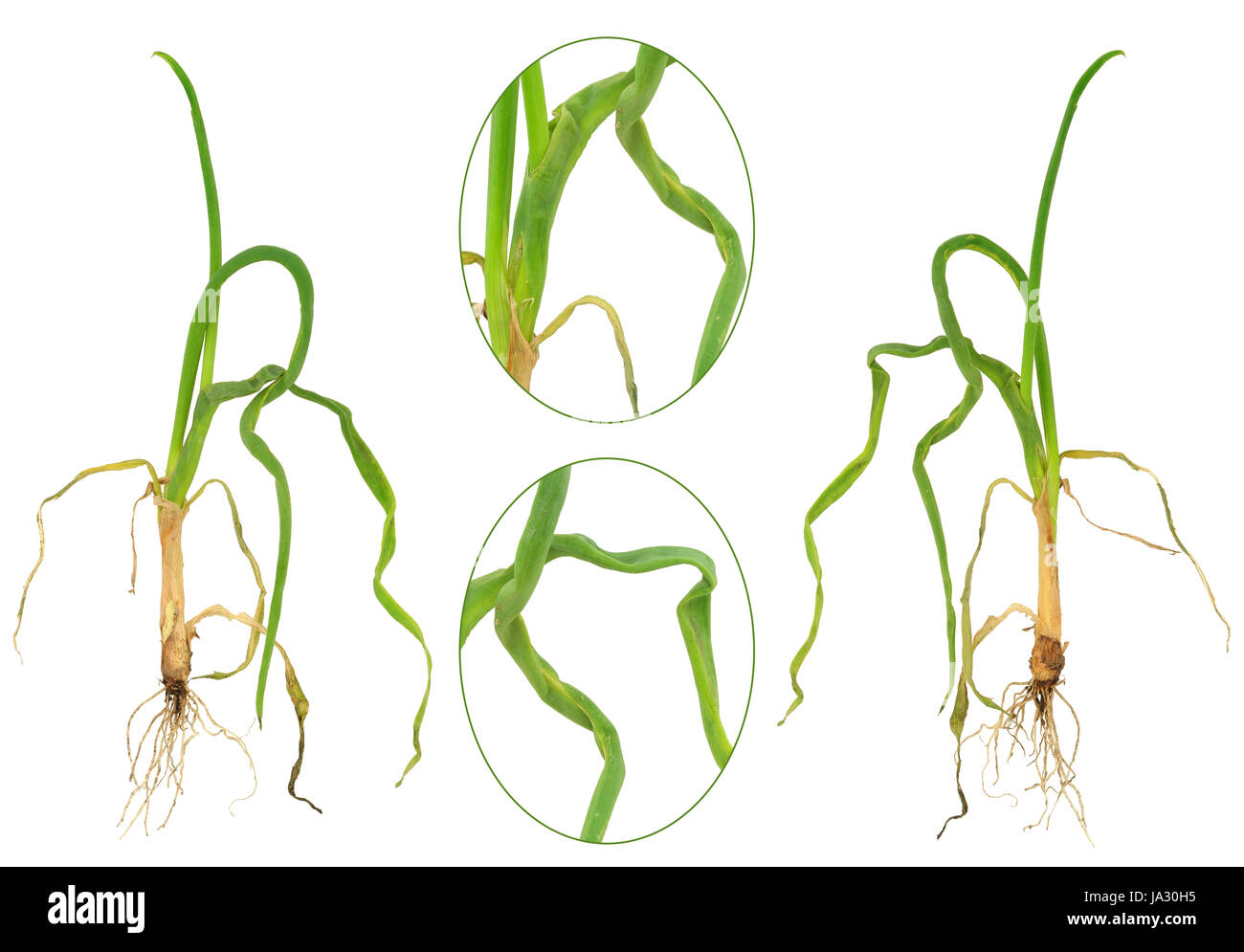 close, food, aliment, leaf, macro, close-up, macro admission, close up view, Stock Photohttps://www.alamy.com/image-license-details/?v=1https://www.alamy.com/stock-photo-close-food-aliment-leaf-macro-close-up-macro-admission-close-up-view-143895841.html
close, food, aliment, leaf, macro, close-up, macro admission, close up view, Stock Photohttps://www.alamy.com/image-license-details/?v=1https://www.alamy.com/stock-photo-close-food-aliment-leaf-macro-close-up-macro-admission-close-up-view-143895841.htmlRFJA30H5–close, food, aliment, leaf, macro, close-up, macro admission, close up view,
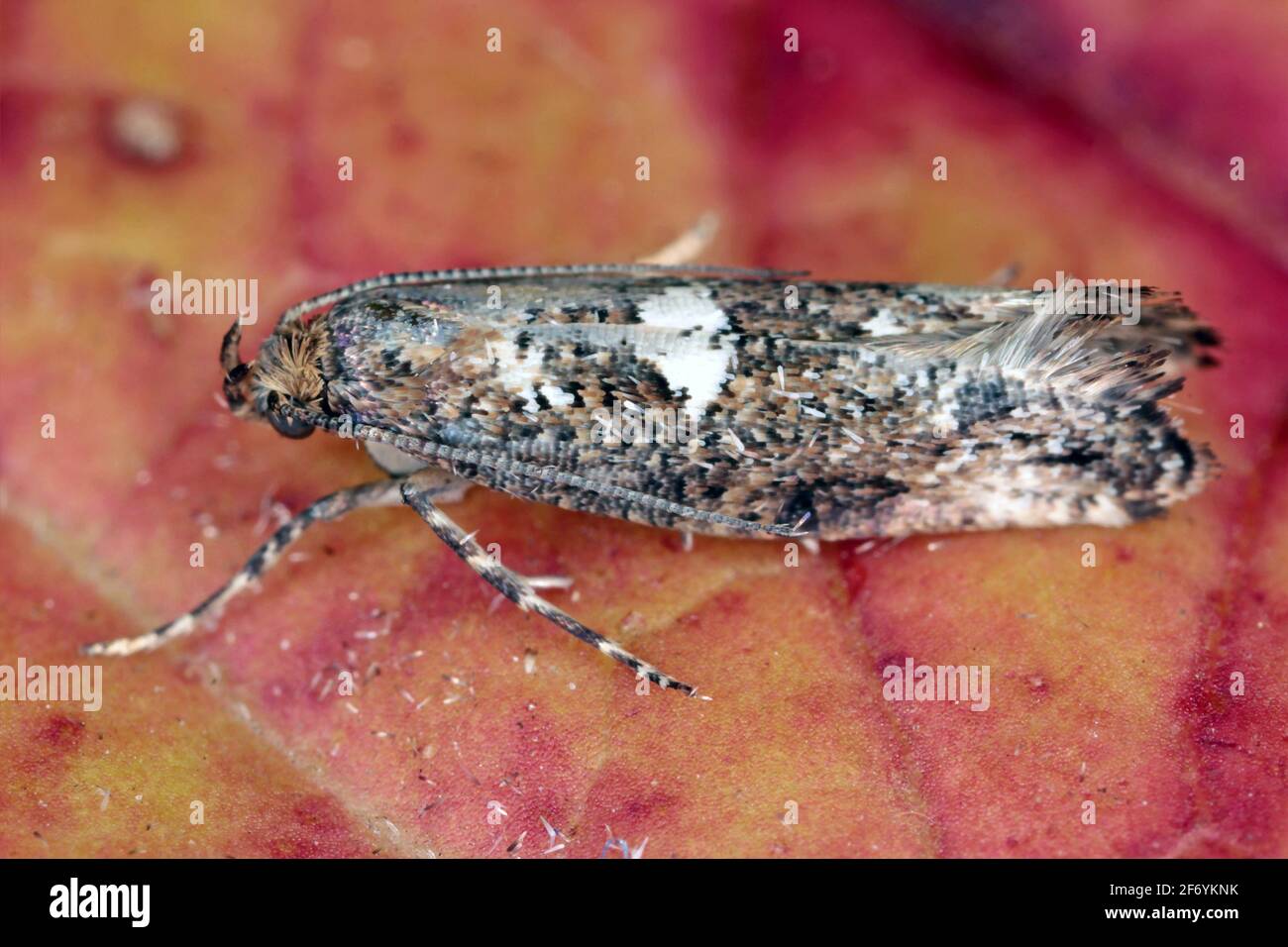 Moth of leek moth or onion leaf miner (Acrolepiopsis assectella) family Acrolepiidae. It is Invasive speciesa pest of leek crops. Larvae feed on Alliu Stock Photohttps://www.alamy.com/image-license-details/?v=1https://www.alamy.com/moth-of-leek-moth-or-onion-leaf-miner-acrolepiopsis-assectella-family-acrolepiidae-it-is-invasive-speciesa-pest-of-leek-crops-larvae-feed-on-alliu-image417344975.html
Moth of leek moth or onion leaf miner (Acrolepiopsis assectella) family Acrolepiidae. It is Invasive speciesa pest of leek crops. Larvae feed on Alliu Stock Photohttps://www.alamy.com/image-license-details/?v=1https://www.alamy.com/moth-of-leek-moth-or-onion-leaf-miner-acrolepiopsis-assectella-family-acrolepiidae-it-is-invasive-speciesa-pest-of-leek-crops-larvae-feed-on-alliu-image417344975.htmlRF2F6YKNK–Moth of leek moth or onion leaf miner (Acrolepiopsis assectella) family Acrolepiidae. It is Invasive speciesa pest of leek crops. Larvae feed on Alliu
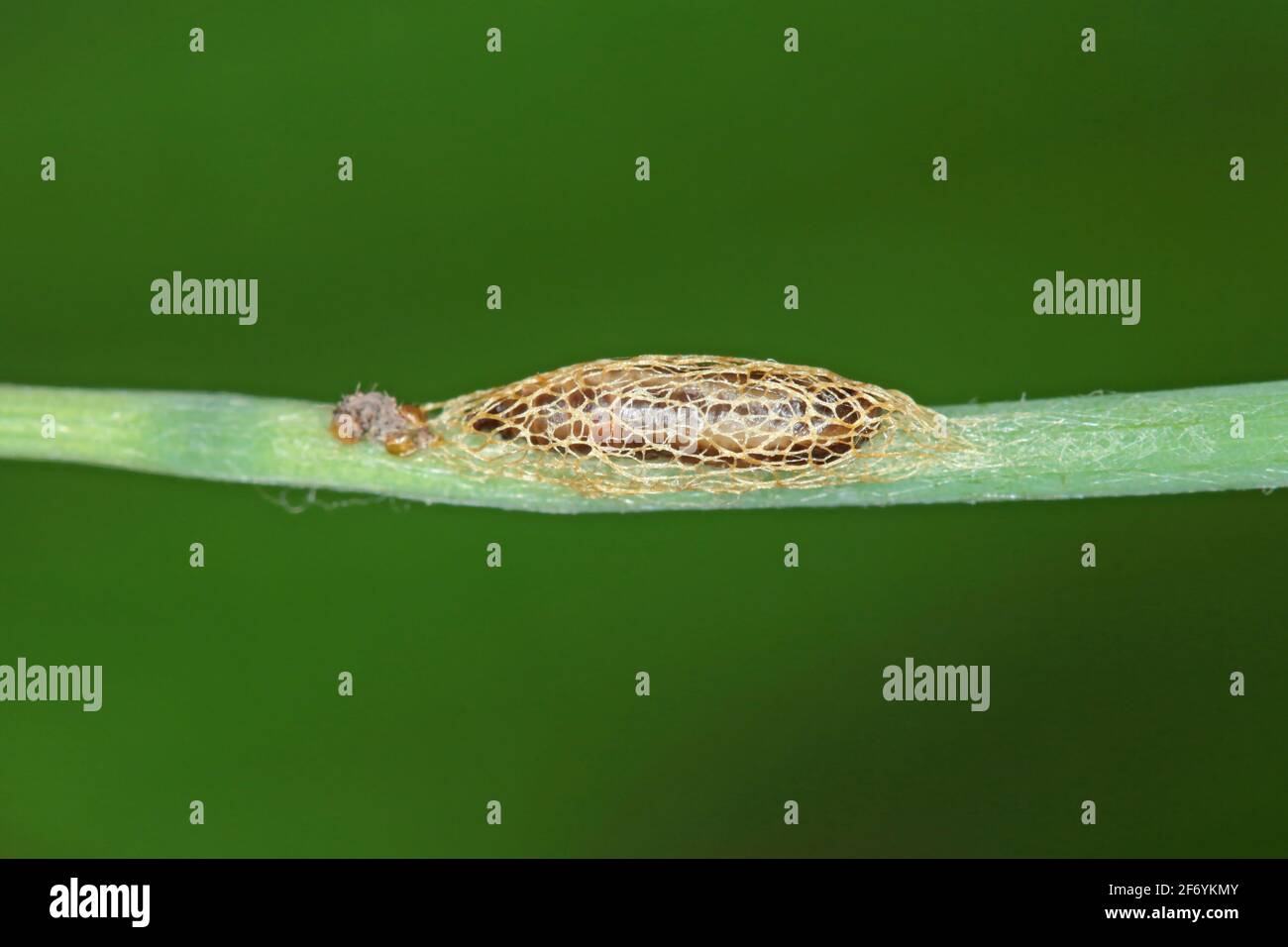 Pupa of leek moth or onion leaf miner (Acrolepiopsis assectella) family Acrolepiidae. It is Invasive speciesa pest of leek crops. Larvae feed on Alliu Stock Photohttps://www.alamy.com/image-license-details/?v=1https://www.alamy.com/pupa-of-leek-moth-or-onion-leaf-miner-acrolepiopsis-assectella-family-acrolepiidae-it-is-invasive-speciesa-pest-of-leek-crops-larvae-feed-on-alliu-image417344955.html
Pupa of leek moth or onion leaf miner (Acrolepiopsis assectella) family Acrolepiidae. It is Invasive speciesa pest of leek crops. Larvae feed on Alliu Stock Photohttps://www.alamy.com/image-license-details/?v=1https://www.alamy.com/pupa-of-leek-moth-or-onion-leaf-miner-acrolepiopsis-assectella-family-acrolepiidae-it-is-invasive-speciesa-pest-of-leek-crops-larvae-feed-on-alliu-image417344955.htmlRF2F6YKMY–Pupa of leek moth or onion leaf miner (Acrolepiopsis assectella) family Acrolepiidae. It is Invasive speciesa pest of leek crops. Larvae feed on Alliu
 The roots invaded by the nematodes Stock Photohttps://www.alamy.com/image-license-details/?v=1https://www.alamy.com/stock-photo-the-roots-invaded-by-the-nematodes-113126350.html
The roots invaded by the nematodes Stock Photohttps://www.alamy.com/image-license-details/?v=1https://www.alamy.com/stock-photo-the-roots-invaded-by-the-nematodes-113126350.htmlRFGG19PP–The roots invaded by the nematodes
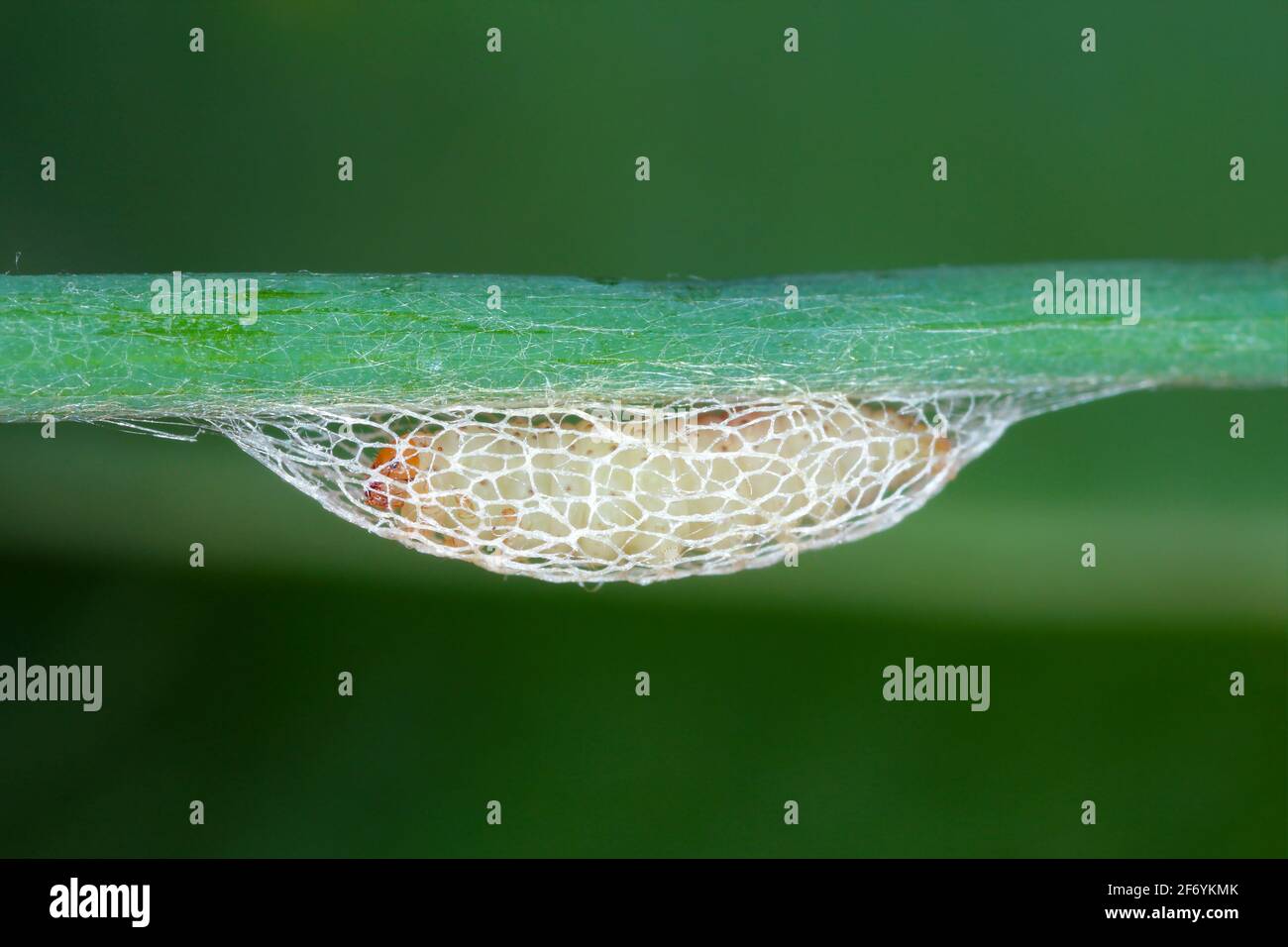 Pupa of leek moth or onion leaf miner (Acrolepiopsis assectella) family Acrolepiidae. It is Invasive speciesa pest of leek crops. Larvae feed on Alliu Stock Photohttps://www.alamy.com/image-license-details/?v=1https://www.alamy.com/pupa-of-leek-moth-or-onion-leaf-miner-acrolepiopsis-assectella-family-acrolepiidae-it-is-invasive-speciesa-pest-of-leek-crops-larvae-feed-on-alliu-image417344947.html
Pupa of leek moth or onion leaf miner (Acrolepiopsis assectella) family Acrolepiidae. It is Invasive speciesa pest of leek crops. Larvae feed on Alliu Stock Photohttps://www.alamy.com/image-license-details/?v=1https://www.alamy.com/pupa-of-leek-moth-or-onion-leaf-miner-acrolepiopsis-assectella-family-acrolepiidae-it-is-invasive-speciesa-pest-of-leek-crops-larvae-feed-on-alliu-image417344947.htmlRF2F6YKMK–Pupa of leek moth or onion leaf miner (Acrolepiopsis assectella) family Acrolepiidae. It is Invasive speciesa pest of leek crops. Larvae feed on Alliu
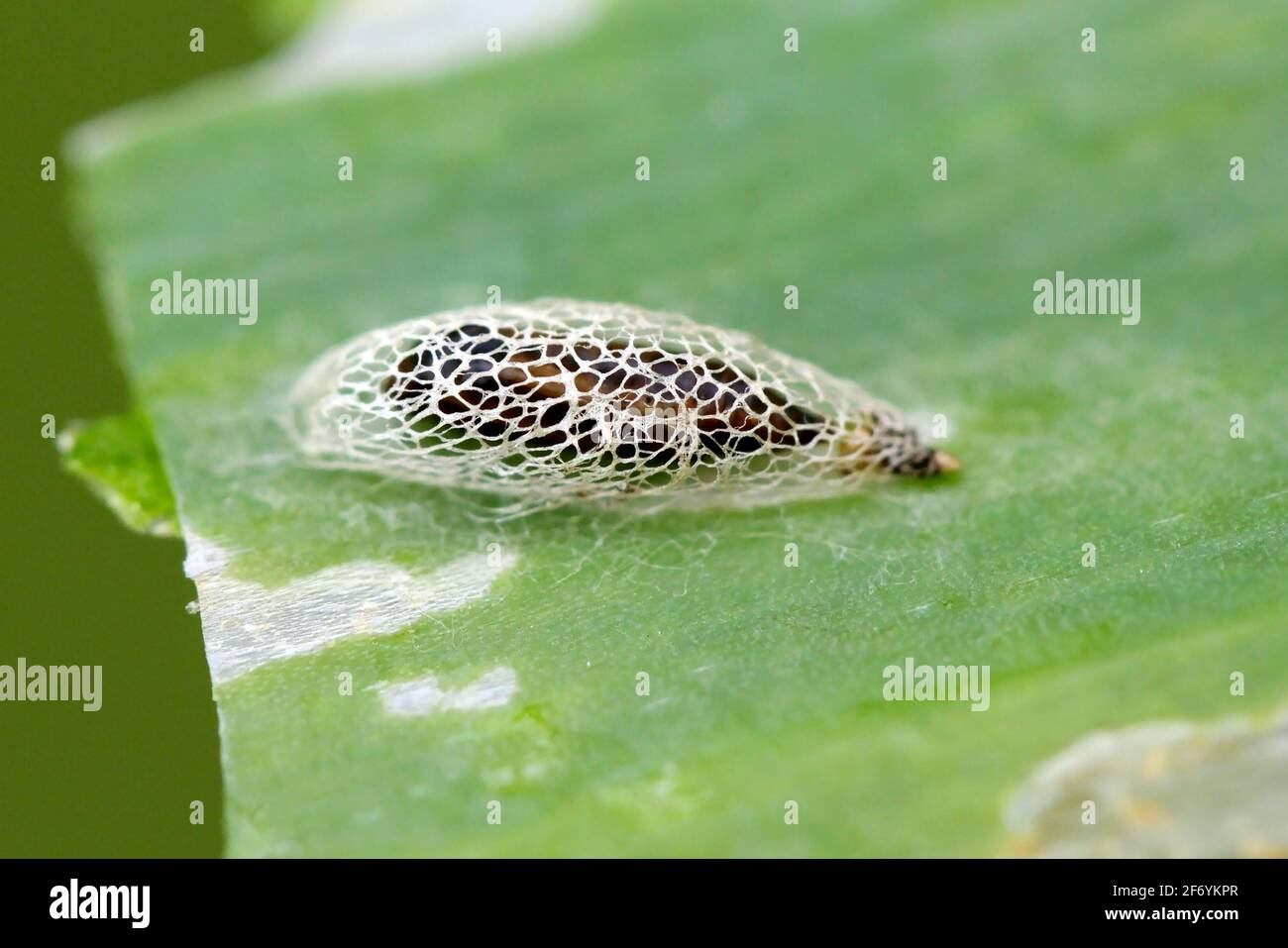 Pupa of leek moth or onion leaf miner (Acrolepiopsis assectella) family Acrolepiidae. It is Invasive speciesa pest of leek crops. Larvae feed on Alliu Stock Photohttps://www.alamy.com/image-license-details/?v=1https://www.alamy.com/pupa-of-leek-moth-or-onion-leaf-miner-acrolepiopsis-assectella-family-acrolepiidae-it-is-invasive-speciesa-pest-of-leek-crops-larvae-feed-on-alliu-image417345007.html
Pupa of leek moth or onion leaf miner (Acrolepiopsis assectella) family Acrolepiidae. It is Invasive speciesa pest of leek crops. Larvae feed on Alliu Stock Photohttps://www.alamy.com/image-license-details/?v=1https://www.alamy.com/pupa-of-leek-moth-or-onion-leaf-miner-acrolepiopsis-assectella-family-acrolepiidae-it-is-invasive-speciesa-pest-of-leek-crops-larvae-feed-on-alliu-image417345007.htmlRF2F6YKPR–Pupa of leek moth or onion leaf miner (Acrolepiopsis assectella) family Acrolepiidae. It is Invasive speciesa pest of leek crops. Larvae feed on Alliu
 Onions( Allium cepa) laid out in a row drying before storage. Natural close up food plant portrait Stock Photohttps://www.alamy.com/image-license-details/?v=1https://www.alamy.com/onions-allium-cepa-laid-out-in-a-row-drying-before-storage-natural-close-up-food-plant-portrait-image559102666.html
Onions( Allium cepa) laid out in a row drying before storage. Natural close up food plant portrait Stock Photohttps://www.alamy.com/image-license-details/?v=1https://www.alamy.com/onions-allium-cepa-laid-out-in-a-row-drying-before-storage-natural-close-up-food-plant-portrait-image559102666.htmlRM2RDH94A–Onions( Allium cepa) laid out in a row drying before storage. Natural close up food plant portrait
 . Report of observations of injurious insects and common farm pests, during the year ... : with methods of prevention and remedy . frequent accompaniment of presence of attack of T. devasta-trix, commonly known as Stem Eelworm, in cases of Tulip-root in Oatplants, and Stem-sickness in Clover, and which was noticeable in thestems of Eelworm-infested Beans sent me in 1890. Where attack has been long established, and the stems are muchhollowed, and much coated with the yellowish or brown powder, it isvery possible that there may not be any, or at least very little, Eelwormpresence found in it, fo Stock Photohttps://www.alamy.com/image-license-details/?v=1https://www.alamy.com/report-of-observations-of-injurious-insects-and-common-farm-pests-during-the-year-with-methods-of-prevention-and-remedy-frequent-accompaniment-of-presence-of-attack-of-t-devasta-trix-commonly-known-as-stem-eelworm-in-cases-of-tulip-root-in-oatplants-and-stem-sickness-in-clover-and-which-was-noticeable-in-thestems-of-eelworm-infested-beans-sent-me-in-1890-where-attack-has-been-long-established-and-the-stems-are-muchhollowed-and-much-coated-with-the-yellowish-or-brown-powder-it-isvery-possible-that-there-may-not-be-any-or-at-least-very-little-eelwormpresence-found-in-it-fo-image369626520.html
. Report of observations of injurious insects and common farm pests, during the year ... : with methods of prevention and remedy . frequent accompaniment of presence of attack of T. devasta-trix, commonly known as Stem Eelworm, in cases of Tulip-root in Oatplants, and Stem-sickness in Clover, and which was noticeable in thestems of Eelworm-infested Beans sent me in 1890. Where attack has been long established, and the stems are muchhollowed, and much coated with the yellowish or brown powder, it isvery possible that there may not be any, or at least very little, Eelwormpresence found in it, fo Stock Photohttps://www.alamy.com/image-license-details/?v=1https://www.alamy.com/report-of-observations-of-injurious-insects-and-common-farm-pests-during-the-year-with-methods-of-prevention-and-remedy-frequent-accompaniment-of-presence-of-attack-of-t-devasta-trix-commonly-known-as-stem-eelworm-in-cases-of-tulip-root-in-oatplants-and-stem-sickness-in-clover-and-which-was-noticeable-in-thestems-of-eelworm-infested-beans-sent-me-in-1890-where-attack-has-been-long-established-and-the-stems-are-muchhollowed-and-much-coated-with-the-yellowish-or-brown-powder-it-isvery-possible-that-there-may-not-be-any-or-at-least-very-little-eelwormpresence-found-in-it-fo-image369626520.htmlRM2CD9XB4–. Report of observations of injurious insects and common farm pests, during the year ... : with methods of prevention and remedy . frequent accompaniment of presence of attack of T. devasta-trix, commonly known as Stem Eelworm, in cases of Tulip-root in Oatplants, and Stem-sickness in Clover, and which was noticeable in thestems of Eelworm-infested Beans sent me in 1890. Where attack has been long established, and the stems are muchhollowed, and much coated with the yellowish or brown powder, it isvery possible that there may not be any, or at least very little, Eelwormpresence found in it, fo
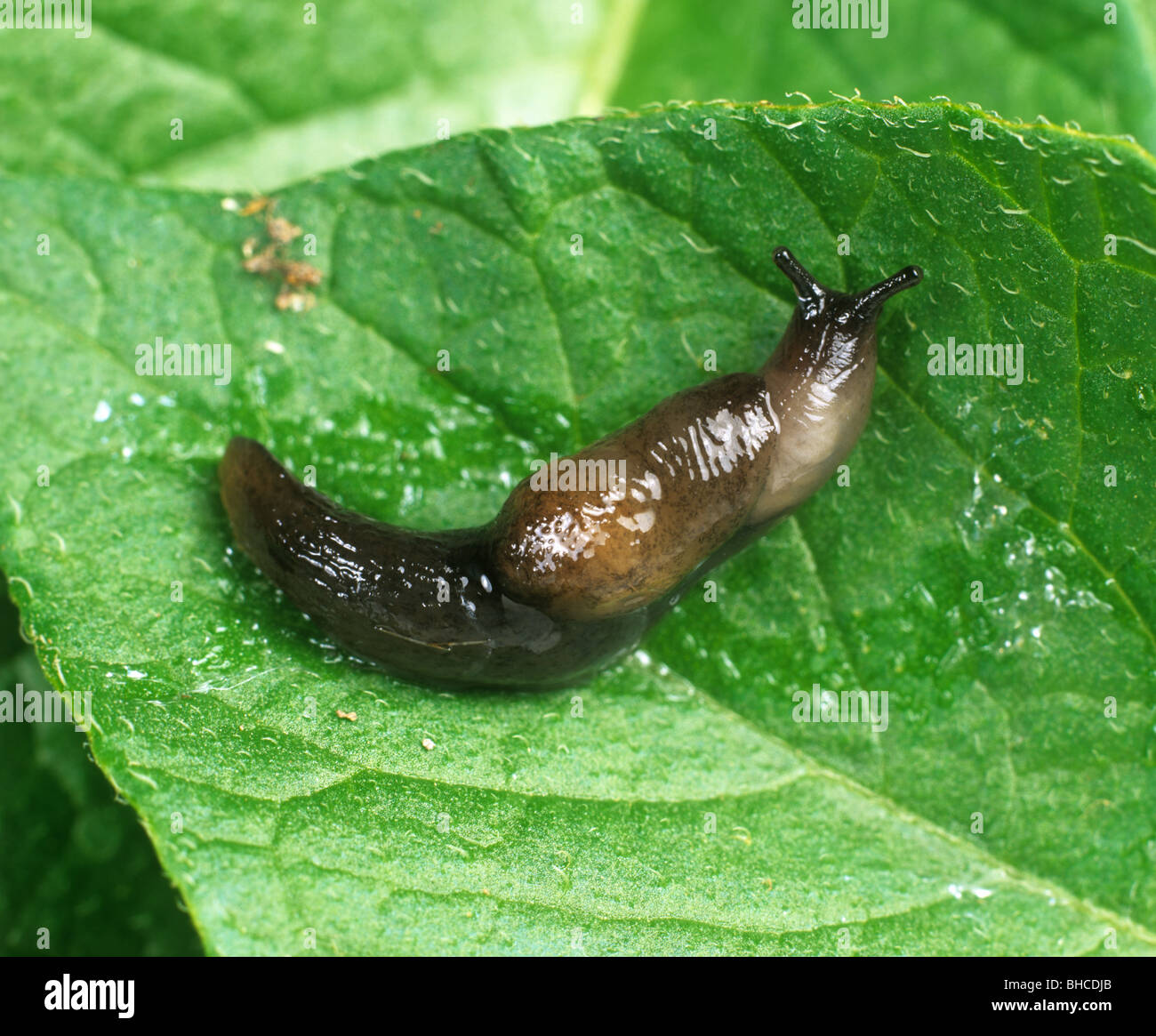 Slug with swollen mantle parasitised by Phasmarhabditis nematodes Stock Photohttps://www.alamy.com/image-license-details/?v=1https://www.alamy.com/stock-photo-slug-with-swollen-mantle-parasitised-by-phasmarhabditis-nematodes-27933651.html
Slug with swollen mantle parasitised by Phasmarhabditis nematodes Stock Photohttps://www.alamy.com/image-license-details/?v=1https://www.alamy.com/stock-photo-slug-with-swollen-mantle-parasitised-by-phasmarhabditis-nematodes-27933651.htmlRMBHCDJB–Slug with swollen mantle parasitised by Phasmarhabditis nematodes
 Foliar nematode, Aphelenchoides spp, angular leaf spotting on an ornamental anemone plant leaf underside Stock Photohttps://www.alamy.com/image-license-details/?v=1https://www.alamy.com/foliar-nematode-aphelenchoides-spp-angular-leaf-spotting-on-an-ornamental-image61835673.html
Foliar nematode, Aphelenchoides spp, angular leaf spotting on an ornamental anemone plant leaf underside Stock Photohttps://www.alamy.com/image-license-details/?v=1https://www.alamy.com/foliar-nematode-aphelenchoides-spp-angular-leaf-spotting-on-an-ornamental-image61835673.htmlRMDGGT0W–Foliar nematode, Aphelenchoides spp, angular leaf spotting on an ornamental anemone plant leaf underside
 Pea cyst nematode Heterodera gottingiana female cysts erupting on roots of a field bean plant Stock Photohttps://www.alamy.com/image-license-details/?v=1https://www.alamy.com/stock-photo-pea-cyst-nematode-heterodera-gottingiana-female-cysts-erupting-on-13212225.html
Pea cyst nematode Heterodera gottingiana female cysts erupting on roots of a field bean plant Stock Photohttps://www.alamy.com/image-license-details/?v=1https://www.alamy.com/stock-photo-pea-cyst-nematode-heterodera-gottingiana-female-cysts-erupting-on-13212225.htmlRMACR0NP–Pea cyst nematode Heterodera gottingiana female cysts erupting on roots of a field bean plant
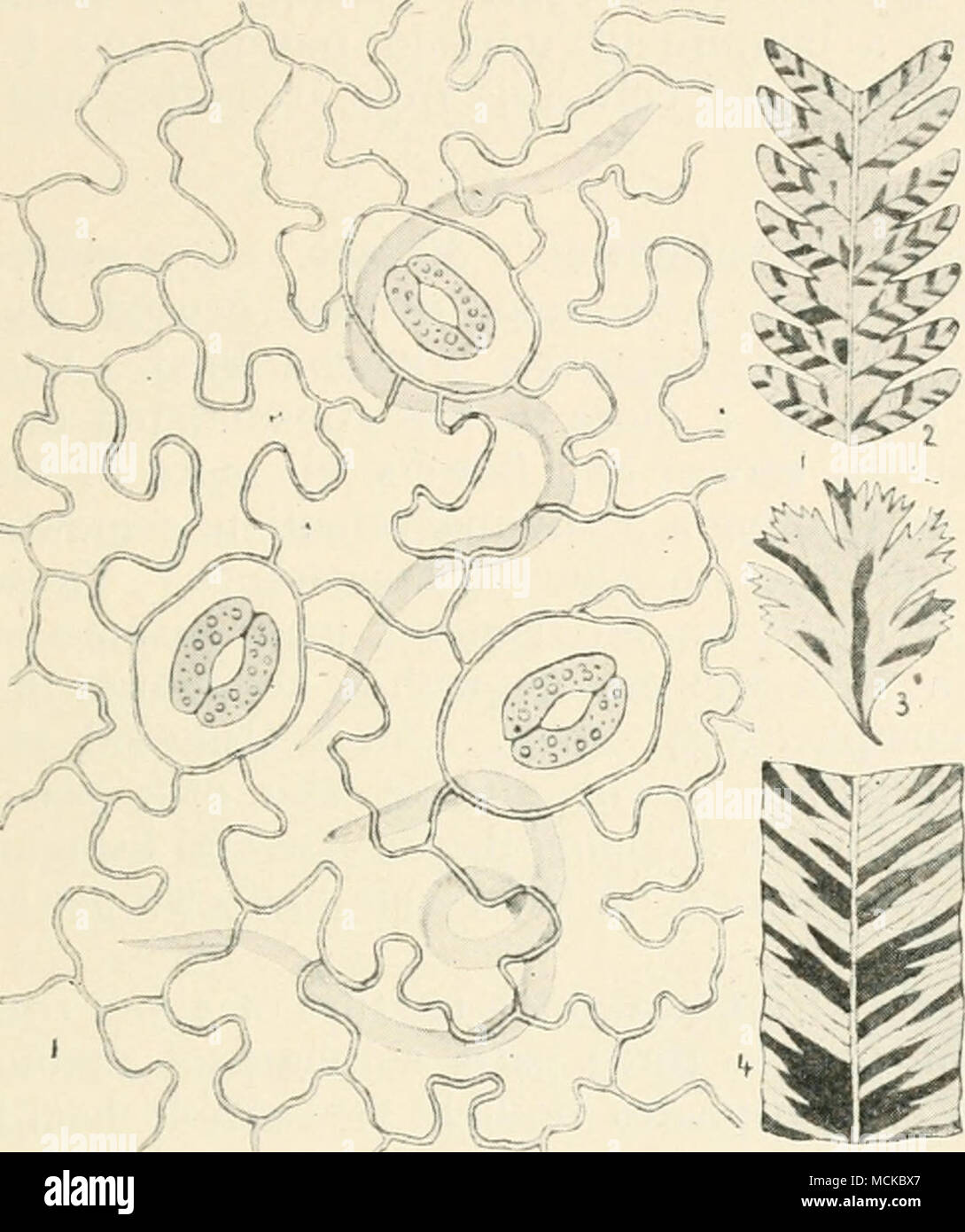 . Fig. i-jo.—Apheleiichus olesistus. i, surface view of fragment of frond, showing eelworms under the surface of the epidermis. It will be observed that the size of the stomal opening is sufficiently large to admit the passage of the eelworm ; highly mag. ; 2, Pteris droog- mansiana ; 3, Adiantnm capilhis-veneris, form fissa ; 4, Lygodium voliibile. In the last three figs, the dark portions are caused by eelworms ; reduced. are placed in fairly dry air, the migration is checked. I have never seen eggs in the tissues of infested plants, and imagine that they are deposited in the soil in which t Stock Photohttps://www.alamy.com/image-license-details/?v=1https://www.alamy.com/fig-i-joapheleiichus-olesistus-i-surface-view-of-fragment-of-frond-showing-eelworms-under-the-surface-of-the-epidermis-it-will-be-observed-that-the-size-of-the-stomal-opening-is-sufficiently-large-to-admit-the-passage-of-the-eelworm-highly-mag-2-pteris-droog-mansiana-3-adiantnm-capilhis-veneris-form-fissa-4-lygodium-voliibile-in-the-last-three-figs-the-dark-portions-are-caused-by-eelworms-reduced-are-placed-in-fairly-dry-air-the-migration-is-checked-i-have-never-seen-eggs-in-the-tissues-of-infested-plants-and-imagine-that-they-are-deposited-in-the-soil-in-which-t-image179905999.html
. Fig. i-jo.—Apheleiichus olesistus. i, surface view of fragment of frond, showing eelworms under the surface of the epidermis. It will be observed that the size of the stomal opening is sufficiently large to admit the passage of the eelworm ; highly mag. ; 2, Pteris droog- mansiana ; 3, Adiantnm capilhis-veneris, form fissa ; 4, Lygodium voliibile. In the last three figs, the dark portions are caused by eelworms ; reduced. are placed in fairly dry air, the migration is checked. I have never seen eggs in the tissues of infested plants, and imagine that they are deposited in the soil in which t Stock Photohttps://www.alamy.com/image-license-details/?v=1https://www.alamy.com/fig-i-joapheleiichus-olesistus-i-surface-view-of-fragment-of-frond-showing-eelworms-under-the-surface-of-the-epidermis-it-will-be-observed-that-the-size-of-the-stomal-opening-is-sufficiently-large-to-admit-the-passage-of-the-eelworm-highly-mag-2-pteris-droog-mansiana-3-adiantnm-capilhis-veneris-form-fissa-4-lygodium-voliibile-in-the-last-three-figs-the-dark-portions-are-caused-by-eelworms-reduced-are-placed-in-fairly-dry-air-the-migration-is-checked-i-have-never-seen-eggs-in-the-tissues-of-infested-plants-and-imagine-that-they-are-deposited-in-the-soil-in-which-t-image179905999.htmlRMMCKBX7–. Fig. i-jo.—Apheleiichus olesistus. i, surface view of fragment of frond, showing eelworms under the surface of the epidermis. It will be observed that the size of the stomal opening is sufficiently large to admit the passage of the eelworm ; highly mag. ; 2, Pteris droog- mansiana ; 3, Adiantnm capilhis-veneris, form fissa ; 4, Lygodium voliibile. In the last three figs, the dark portions are caused by eelworms ; reduced. are placed in fairly dry air, the migration is checked. I have never seen eggs in the tissues of infested plants, and imagine that they are deposited in the soil in which t
 Diseases of flowers and other Diseases of flowers and other ornamentals diseasesofflower118smit Year: 1940 Wm Fig. 14.—Narcissus leaves showing stem-nematode effect. a planting of bulbs of mosaic, whereas carelessness about the disease may soon bring about the ruin of the entire stock. Nematode, Eelworm, Stem Nematode.—Affected leaves are yellow and twisted and show yellowish, elongated, raised streaks or ridges on the surface (fig. 14). When the bulb is cut across, dark-brown rings are prominent in the scales. Living worms (Ditylenchus dipsaci) may be seen with a low-power microscope or Stock Photohttps://www.alamy.com/image-license-details/?v=1https://www.alamy.com/diseases-of-flowers-and-other-diseases-of-flowers-and-other-ornamentals-diseasesofflower118smit-year-1940-wm-fig-14narcissus-leaves-showing-stem-nematode-effect-a-planting-of-bulbs-of-mosaic-whereas-carelessness-about-the-disease-may-soon-bring-about-the-ruin-of-the-entire-stock-nematode-eelworm-stem-nematodeaffected-leaves-are-yellow-and-twisted-and-show-yellowish-elongated-raised-streaks-or-ridges-on-the-surface-fig-14-when-the-bulb-is-cut-across-dark-brown-rings-are-prominent-in-the-scales-living-worms-ditylenchus-dipsaci-may-be-seen-with-a-low-power-microscope-or-image241938019.html
Diseases of flowers and other Diseases of flowers and other ornamentals diseasesofflower118smit Year: 1940 Wm Fig. 14.—Narcissus leaves showing stem-nematode effect. a planting of bulbs of mosaic, whereas carelessness about the disease may soon bring about the ruin of the entire stock. Nematode, Eelworm, Stem Nematode.—Affected leaves are yellow and twisted and show yellowish, elongated, raised streaks or ridges on the surface (fig. 14). When the bulb is cut across, dark-brown rings are prominent in the scales. Living worms (Ditylenchus dipsaci) may be seen with a low-power microscope or Stock Photohttps://www.alamy.com/image-license-details/?v=1https://www.alamy.com/diseases-of-flowers-and-other-diseases-of-flowers-and-other-ornamentals-diseasesofflower118smit-year-1940-wm-fig-14narcissus-leaves-showing-stem-nematode-effect-a-planting-of-bulbs-of-mosaic-whereas-carelessness-about-the-disease-may-soon-bring-about-the-ruin-of-the-entire-stock-nematode-eelworm-stem-nematodeaffected-leaves-are-yellow-and-twisted-and-show-yellowish-elongated-raised-streaks-or-ridges-on-the-surface-fig-14-when-the-bulb-is-cut-across-dark-brown-rings-are-prominent-in-the-scales-living-worms-ditylenchus-dipsaci-may-be-seen-with-a-low-power-microscope-or-image241938019.htmlRMT1H6BF–Diseases of flowers and other Diseases of flowers and other ornamentals diseasesofflower118smit Year: 1940 Wm Fig. 14.—Narcissus leaves showing stem-nematode effect. a planting of bulbs of mosaic, whereas carelessness about the disease may soon bring about the ruin of the entire stock. Nematode, Eelworm, Stem Nematode.—Affected leaves are yellow and twisted and show yellowish, elongated, raised streaks or ridges on the surface (fig. 14). When the bulb is cut across, dark-brown rings are prominent in the scales. Living worms (Ditylenchus dipsaci) may be seen with a low-power microscope or
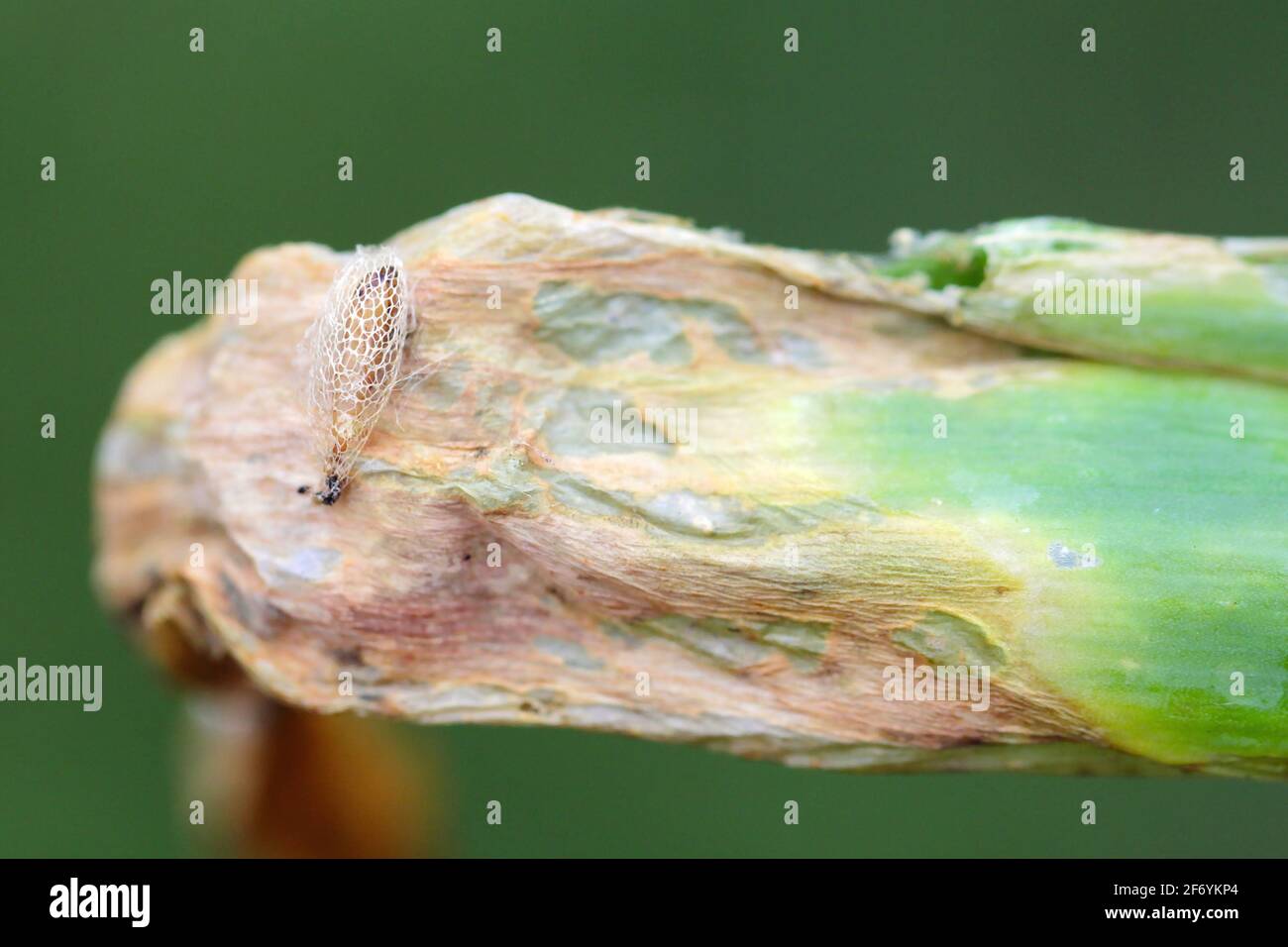 Pupa of leek moth or onion leaf miner (Acrolepiopsis assectella) family Acrolepiidae. It is Invasive speciesa pest of leek crops. Larvae feed on Alliu Stock Photohttps://www.alamy.com/image-license-details/?v=1https://www.alamy.com/pupa-of-leek-moth-or-onion-leaf-miner-acrolepiopsis-assectella-family-acrolepiidae-it-is-invasive-speciesa-pest-of-leek-crops-larvae-feed-on-alliu-image417344988.html
Pupa of leek moth or onion leaf miner (Acrolepiopsis assectella) family Acrolepiidae. It is Invasive speciesa pest of leek crops. Larvae feed on Alliu Stock Photohttps://www.alamy.com/image-license-details/?v=1https://www.alamy.com/pupa-of-leek-moth-or-onion-leaf-miner-acrolepiopsis-assectella-family-acrolepiidae-it-is-invasive-speciesa-pest-of-leek-crops-larvae-feed-on-alliu-image417344988.htmlRF2F6YKP4–Pupa of leek moth or onion leaf miner (Acrolepiopsis assectella) family Acrolepiidae. It is Invasive speciesa pest of leek crops. Larvae feed on Alliu
 Onions( Allium cepa) laid out in a row drying before storage. Natural close up food plant portrait Stock Photohttps://www.alamy.com/image-license-details/?v=1https://www.alamy.com/onions-allium-cepa-laid-out-in-a-row-drying-before-storage-natural-close-up-food-plant-portrait-image559102672.html
Onions( Allium cepa) laid out in a row drying before storage. Natural close up food plant portrait Stock Photohttps://www.alamy.com/image-license-details/?v=1https://www.alamy.com/onions-allium-cepa-laid-out-in-a-row-drying-before-storage-natural-close-up-food-plant-portrait-image559102672.htmlRM2RDH94G–Onions( Allium cepa) laid out in a row drying before storage. Natural close up food plant portrait
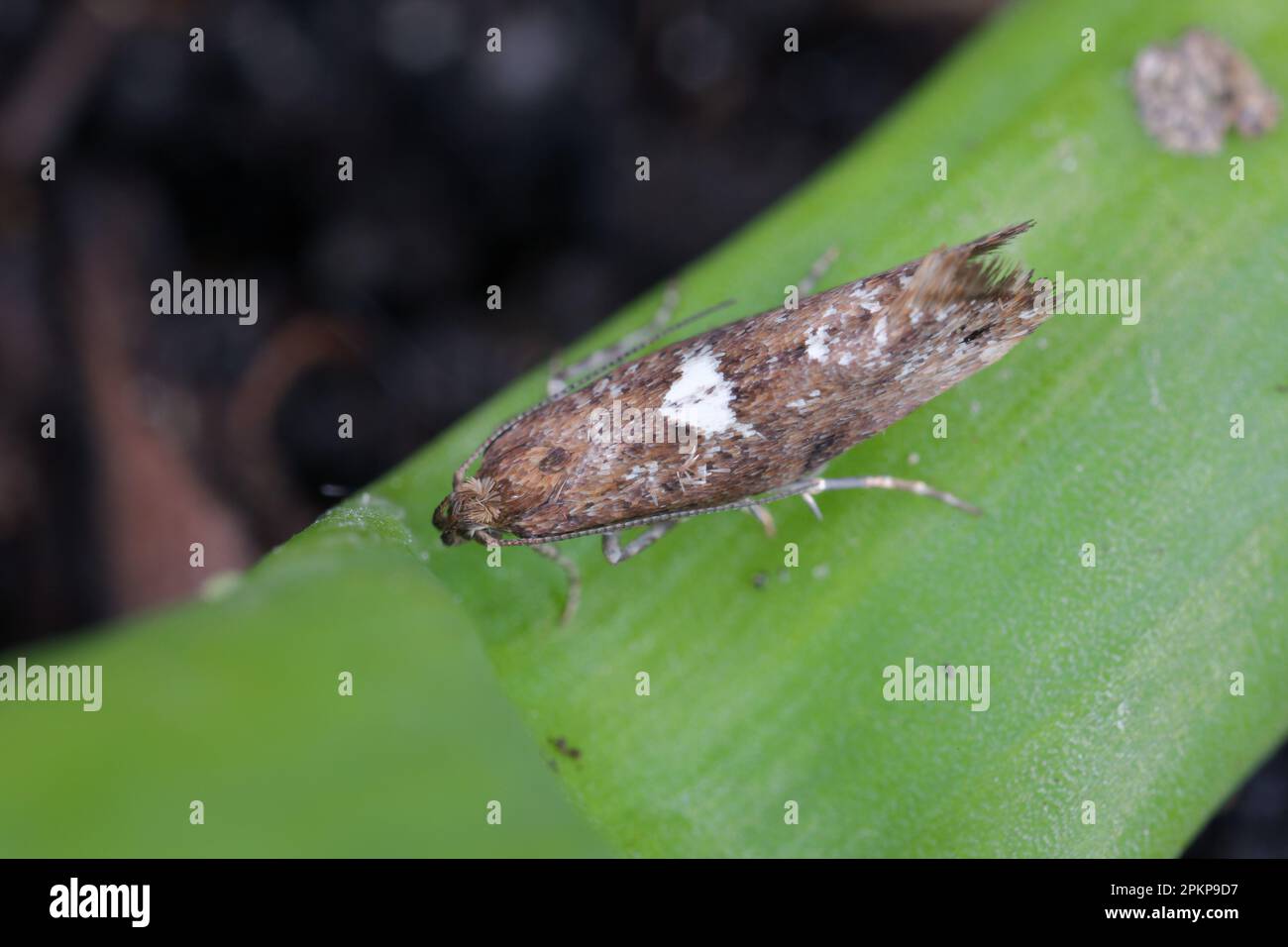 Detailed closeup on the small Leek moth, Acrolepiopsis assectella sitting on leaves, onion chives. Stock Photohttps://www.alamy.com/image-license-details/?v=1https://www.alamy.com/detailed-closeup-on-the-small-leek-moth-acrolepiopsis-assectella-sitting-on-leaves-onion-chives-image545690243.html
Detailed closeup on the small Leek moth, Acrolepiopsis assectella sitting on leaves, onion chives. Stock Photohttps://www.alamy.com/image-license-details/?v=1https://www.alamy.com/detailed-closeup-on-the-small-leek-moth-acrolepiopsis-assectella-sitting-on-leaves-onion-chives-image545690243.htmlRF2PKP9D7–Detailed closeup on the small Leek moth, Acrolepiopsis assectella sitting on leaves, onion chives.
 . Report of observations of injurious insects and common farm pests, during the year ... : with methods of prevention and remedy . flock, 92; maggotdoes not enter the brain, and does notcause the diseases known as Gid,or Staggers ; notes of serviceablepreventive applications, 94 Short Notices, 99-108 Skim-coulter, attached to plough, usefulto turn down and bury infested sur-face of ground, 36 Soft-soap, spraying with, 99Stem Eelworm in Beans, 32-37 T. Tortrix, Mottled Fruit Tree, 75-78;great resemblance of P. variegana toP. pruniana,—descriptions of mothsof above species, 75, 76 ; habits ofcat Stock Photohttps://www.alamy.com/image-license-details/?v=1https://www.alamy.com/report-of-observations-of-injurious-insects-and-common-farm-pests-during-the-year-with-methods-of-prevention-and-remedy-flock-92-maggotdoes-not-enter-the-brain-and-does-notcause-the-diseases-known-as-gidor-staggers-notes-of-serviceablepreventive-applications-94-short-notices-99-108-skim-coulter-attached-to-plough-usefulto-turn-down-and-bury-infested-sur-face-of-ground-36-soft-soap-spraying-with-99stem-eelworm-in-beans-32-37-t-tortrix-mottled-fruit-tree-75-78great-resemblance-of-p-variegana-top-prunianadescriptions-of-mothsof-above-species-75-76-habits-ofcat-image369623855.html
. Report of observations of injurious insects and common farm pests, during the year ... : with methods of prevention and remedy . flock, 92; maggotdoes not enter the brain, and does notcause the diseases known as Gid,or Staggers ; notes of serviceablepreventive applications, 94 Short Notices, 99-108 Skim-coulter, attached to plough, usefulto turn down and bury infested sur-face of ground, 36 Soft-soap, spraying with, 99Stem Eelworm in Beans, 32-37 T. Tortrix, Mottled Fruit Tree, 75-78;great resemblance of P. variegana toP. pruniana,—descriptions of mothsof above species, 75, 76 ; habits ofcat Stock Photohttps://www.alamy.com/image-license-details/?v=1https://www.alamy.com/report-of-observations-of-injurious-insects-and-common-farm-pests-during-the-year-with-methods-of-prevention-and-remedy-flock-92-maggotdoes-not-enter-the-brain-and-does-notcause-the-diseases-known-as-gidor-staggers-notes-of-serviceablepreventive-applications-94-short-notices-99-108-skim-coulter-attached-to-plough-usefulto-turn-down-and-bury-infested-sur-face-of-ground-36-soft-soap-spraying-with-99stem-eelworm-in-beans-32-37-t-tortrix-mottled-fruit-tree-75-78great-resemblance-of-p-variegana-top-prunianadescriptions-of-mothsof-above-species-75-76-habits-ofcat-image369623855.htmlRM2CD9PYY–. Report of observations of injurious insects and common farm pests, during the year ... : with methods of prevention and remedy . flock, 92; maggotdoes not enter the brain, and does notcause the diseases known as Gid,or Staggers ; notes of serviceablepreventive applications, 94 Short Notices, 99-108 Skim-coulter, attached to plough, usefulto turn down and bury infested sur-face of ground, 36 Soft-soap, spraying with, 99Stem Eelworm in Beans, 32-37 T. Tortrix, Mottled Fruit Tree, 75-78;great resemblance of P. variegana toP. pruniana,—descriptions of mothsof above species, 75, 76 ; habits ofcat
 Foliar nematode, Aphelenchoides spp, coming from an Anemone leaf immersed in dilute detergent Stock Photohttps://www.alamy.com/image-license-details/?v=1https://www.alamy.com/foliar-nematode-aphelenchoides-spp-coming-from-an-anemone-leaf-immersed-image61835676.html
Foliar nematode, Aphelenchoides spp, coming from an Anemone leaf immersed in dilute detergent Stock Photohttps://www.alamy.com/image-license-details/?v=1https://www.alamy.com/foliar-nematode-aphelenchoides-spp-coming-from-an-anemone-leaf-immersed-image61835676.htmlRMDGGT10–Foliar nematode, Aphelenchoides spp, coming from an Anemone leaf immersed in dilute detergent
 Pea cyst nematode Heterodera gottingiana damage to field bean crop in flower Stock Photohttps://www.alamy.com/image-license-details/?v=1https://www.alamy.com/stock-photo-pea-cyst-nematode-heterodera-gottingiana-damage-to-field-bean-crop-13212196.html
Pea cyst nematode Heterodera gottingiana damage to field bean crop in flower Stock Photohttps://www.alamy.com/image-license-details/?v=1https://www.alamy.com/stock-photo-pea-cyst-nematode-heterodera-gottingiana-damage-to-field-bean-crop-13212196.htmlRMACR0KH–Pea cyst nematode Heterodera gottingiana damage to field bean crop in flower
 . Fig. 14.—Narcissus leaves showing stem-nematode effect. a planting of bulbs of mosaic, whereas carelessness about the disease may soon bring about the ruin of the entire stock. Nematode, Eelworm, Stem Nematode.—Affected leaves are yellow and twisted and show yellowish, elongated, raised streaks or ridges on the surface (fig. 14). When the bulb is cut across, dark-brown rings are prominent in the scales. Living worms (Ditylenchus dipsaci) may be seen with a low-power microscope or hand lens (fig. 15) if bits of leaf or bulb tissue are crushed in water. Badly infested stocks should be entirely Stock Photohttps://www.alamy.com/image-license-details/?v=1https://www.alamy.com/fig-14narcissus-leaves-showing-stem-nematode-effect-a-planting-of-bulbs-of-mosaic-whereas-carelessness-about-the-disease-may-soon-bring-about-the-ruin-of-the-entire-stock-nematode-eelworm-stem-nematodeaffected-leaves-are-yellow-and-twisted-and-show-yellowish-elongated-raised-streaks-or-ridges-on-the-surface-fig-14-when-the-bulb-is-cut-across-dark-brown-rings-are-prominent-in-the-scales-living-worms-ditylenchus-dipsaci-may-be-seen-with-a-low-power-microscope-or-hand-lens-fig-15-if-bits-of-leaf-or-bulb-tissue-are-crushed-in-water-badly-infested-stocks-should-be-entirely-image179904182.html
. Fig. 14.—Narcissus leaves showing stem-nematode effect. a planting of bulbs of mosaic, whereas carelessness about the disease may soon bring about the ruin of the entire stock. Nematode, Eelworm, Stem Nematode.—Affected leaves are yellow and twisted and show yellowish, elongated, raised streaks or ridges on the surface (fig. 14). When the bulb is cut across, dark-brown rings are prominent in the scales. Living worms (Ditylenchus dipsaci) may be seen with a low-power microscope or hand lens (fig. 15) if bits of leaf or bulb tissue are crushed in water. Badly infested stocks should be entirely Stock Photohttps://www.alamy.com/image-license-details/?v=1https://www.alamy.com/fig-14narcissus-leaves-showing-stem-nematode-effect-a-planting-of-bulbs-of-mosaic-whereas-carelessness-about-the-disease-may-soon-bring-about-the-ruin-of-the-entire-stock-nematode-eelworm-stem-nematodeaffected-leaves-are-yellow-and-twisted-and-show-yellowish-elongated-raised-streaks-or-ridges-on-the-surface-fig-14-when-the-bulb-is-cut-across-dark-brown-rings-are-prominent-in-the-scales-living-worms-ditylenchus-dipsaci-may-be-seen-with-a-low-power-microscope-or-hand-lens-fig-15-if-bits-of-leaf-or-bulb-tissue-are-crushed-in-water-badly-infested-stocks-should-be-entirely-image179904182.htmlRMMCK9HA–. Fig. 14.—Narcissus leaves showing stem-nematode effect. a planting of bulbs of mosaic, whereas carelessness about the disease may soon bring about the ruin of the entire stock. Nematode, Eelworm, Stem Nematode.—Affected leaves are yellow and twisted and show yellowish, elongated, raised streaks or ridges on the surface (fig. 14). When the bulb is cut across, dark-brown rings are prominent in the scales. Living worms (Ditylenchus dipsaci) may be seen with a low-power microscope or hand lens (fig. 15) if bits of leaf or bulb tissue are crushed in water. Badly infested stocks should be entirely
 Onions( Allium cepa) laid out in a row drying before storage. Natural close up food plant portrait Stock Photohttps://www.alamy.com/image-license-details/?v=1https://www.alamy.com/onions-allium-cepa-laid-out-in-a-row-drying-before-storage-natural-close-up-food-plant-portrait-image559102661.html
Onions( Allium cepa) laid out in a row drying before storage. Natural close up food plant portrait Stock Photohttps://www.alamy.com/image-license-details/?v=1https://www.alamy.com/onions-allium-cepa-laid-out-in-a-row-drying-before-storage-natural-close-up-food-plant-portrait-image559102661.htmlRM2RDH945–Onions( Allium cepa) laid out in a row drying before storage. Natural close up food plant portrait
 Detailed closeup on the small Leek moth, Acrolepiopsis assectella sitting on leaves, onion chives. Stock Photohttps://www.alamy.com/image-license-details/?v=1https://www.alamy.com/detailed-closeup-on-the-small-leek-moth-acrolepiopsis-assectella-sitting-on-leaves-onion-chives-image545690239.html
Detailed closeup on the small Leek moth, Acrolepiopsis assectella sitting on leaves, onion chives. Stock Photohttps://www.alamy.com/image-license-details/?v=1https://www.alamy.com/detailed-closeup-on-the-small-leek-moth-acrolepiopsis-assectella-sitting-on-leaves-onion-chives-image545690239.htmlRF2PKP9D3–Detailed closeup on the small Leek moth, Acrolepiopsis assectella sitting on leaves, onion chives.
 Red onion abstract food photograph Stock Photohttps://www.alamy.com/image-license-details/?v=1https://www.alamy.com/red-onion-abstract-food-photograph-image222618485.html
Red onion abstract food photograph Stock Photohttps://www.alamy.com/image-license-details/?v=1https://www.alamy.com/red-onion-abstract-food-photograph-image222618485.htmlRMPX5445–Red onion abstract food photograph
 . Animal parasites and human disease. Parasites; Medical parasitology; Insects as carriers of disease. ASCARIS 273 Ascaris or Eelworm. — Of greatest importance of these lesser intestinal parasites is the eelworm, Ascaris lumbricoides (Fig. 106). Ascaris is one of the largest nematode parasites known, the female averaging about ten inches in length, and occasion- ally measuring a foot and a half, while in diameter the body is about as large as an ordinary lead pencil. The males are usually several inches shorter. These worms are among the most fre- quent human parasites. They occur in all parts Stock Photohttps://www.alamy.com/image-license-details/?v=1https://www.alamy.com/animal-parasites-and-human-disease-parasites-medical-parasitology-insects-as-carriers-of-disease-ascaris-273-ascaris-or-eelworm-of-greatest-importance-of-these-lesser-intestinal-parasites-is-the-eelworm-ascaris-lumbricoides-fig-106-ascaris-is-one-of-the-largest-nematode-parasites-known-the-female-averaging-about-ten-inches-in-length-and-occasion-ally-measuring-a-foot-and-a-half-while-in-diameter-the-body-is-about-as-large-as-an-ordinary-lead-pencil-the-males-are-usually-several-inches-shorter-these-worms-are-among-the-most-fre-quent-human-parasites-they-occur-in-all-parts-image236753842.html
. Animal parasites and human disease. Parasites; Medical parasitology; Insects as carriers of disease. ASCARIS 273 Ascaris or Eelworm. — Of greatest importance of these lesser intestinal parasites is the eelworm, Ascaris lumbricoides (Fig. 106). Ascaris is one of the largest nematode parasites known, the female averaging about ten inches in length, and occasion- ally measuring a foot and a half, while in diameter the body is about as large as an ordinary lead pencil. The males are usually several inches shorter. These worms are among the most fre- quent human parasites. They occur in all parts Stock Photohttps://www.alamy.com/image-license-details/?v=1https://www.alamy.com/animal-parasites-and-human-disease-parasites-medical-parasitology-insects-as-carriers-of-disease-ascaris-273-ascaris-or-eelworm-of-greatest-importance-of-these-lesser-intestinal-parasites-is-the-eelworm-ascaris-lumbricoides-fig-106-ascaris-is-one-of-the-largest-nematode-parasites-known-the-female-averaging-about-ten-inches-in-length-and-occasion-ally-measuring-a-foot-and-a-half-while-in-diameter-the-body-is-about-as-large-as-an-ordinary-lead-pencil-the-males-are-usually-several-inches-shorter-these-worms-are-among-the-most-fre-quent-human-parasites-they-occur-in-all-parts-image236753842.htmlRMRN51XA–. Animal parasites and human disease. Parasites; Medical parasitology; Insects as carriers of disease. ASCARIS 273 Ascaris or Eelworm. — Of greatest importance of these lesser intestinal parasites is the eelworm, Ascaris lumbricoides (Fig. 106). Ascaris is one of the largest nematode parasites known, the female averaging about ten inches in length, and occasion- ally measuring a foot and a half, while in diameter the body is about as large as an ordinary lead pencil. The males are usually several inches shorter. These worms are among the most fre- quent human parasites. They occur in all parts
 Pea cyst nematode Heterodera gottingiana damage to field bean crop in flower Stock Photohttps://www.alamy.com/image-license-details/?v=1https://www.alamy.com/stock-photo-pea-cyst-nematode-heterodera-gottingiana-damage-to-field-bean-crop-13212200.html
Pea cyst nematode Heterodera gottingiana damage to field bean crop in flower Stock Photohttps://www.alamy.com/image-license-details/?v=1https://www.alamy.com/stock-photo-pea-cyst-nematode-heterodera-gottingiana-damage-to-field-bean-crop-13212200.htmlRMACR0KN–Pea cyst nematode Heterodera gottingiana damage to field bean crop in flower
 Detailed closeup on the small Leek moth, Acrolepiopsis assectella sitting on leaves, onion chives. Stock Photohttps://www.alamy.com/image-license-details/?v=1https://www.alamy.com/detailed-closeup-on-the-small-leek-moth-acrolepiopsis-assectella-sitting-on-leaves-onion-chives-image545690253.html
Detailed closeup on the small Leek moth, Acrolepiopsis assectella sitting on leaves, onion chives. Stock Photohttps://www.alamy.com/image-license-details/?v=1https://www.alamy.com/detailed-closeup-on-the-small-leek-moth-acrolepiopsis-assectella-sitting-on-leaves-onion-chives-image545690253.htmlRF2PKP9DH–Detailed closeup on the small Leek moth, Acrolepiopsis assectella sitting on leaves, onion chives.
 Red onion abstract food photograph Stock Photohttps://www.alamy.com/image-license-details/?v=1https://www.alamy.com/red-onion-abstract-food-photograph-image222618477.html
Red onion abstract food photograph Stock Photohttps://www.alamy.com/image-license-details/?v=1https://www.alamy.com/red-onion-abstract-food-photograph-image222618477.htmlRMPX543W–Red onion abstract food photograph
 . Animal parasites and human disease. Medical parasitology; Insects as carriers of disease. ASCARIS 273 Ascaris or Eelworm. — Of greatest importance of these lesser intestinal parasites is the eelworm, Ascaris lumbricoides (Fig. 106). Ascaris is one of the largest nematode parasites known, the female averaging about ten inches in length, and occasion- ally measuring a foot and a half, while in diameter the body is about as large as an ordinary lead pencil. The males are usually several inches shorter. These worms are among the most fre- quent human parasites. They occur in all parts of the wor Stock Photohttps://www.alamy.com/image-license-details/?v=1https://www.alamy.com/animal-parasites-and-human-disease-medical-parasitology-insects-as-carriers-of-disease-ascaris-273-ascaris-or-eelworm-of-greatest-importance-of-these-lesser-intestinal-parasites-is-the-eelworm-ascaris-lumbricoides-fig-106-ascaris-is-one-of-the-largest-nematode-parasites-known-the-female-averaging-about-ten-inches-in-length-and-occasion-ally-measuring-a-foot-and-a-half-while-in-diameter-the-body-is-about-as-large-as-an-ordinary-lead-pencil-the-males-are-usually-several-inches-shorter-these-worms-are-among-the-most-fre-quent-human-parasites-they-occur-in-all-parts-of-the-wor-image231937881.html
. Animal parasites and human disease. Medical parasitology; Insects as carriers of disease. ASCARIS 273 Ascaris or Eelworm. — Of greatest importance of these lesser intestinal parasites is the eelworm, Ascaris lumbricoides (Fig. 106). Ascaris is one of the largest nematode parasites known, the female averaging about ten inches in length, and occasion- ally measuring a foot and a half, while in diameter the body is about as large as an ordinary lead pencil. The males are usually several inches shorter. These worms are among the most fre- quent human parasites. They occur in all parts of the wor Stock Photohttps://www.alamy.com/image-license-details/?v=1https://www.alamy.com/animal-parasites-and-human-disease-medical-parasitology-insects-as-carriers-of-disease-ascaris-273-ascaris-or-eelworm-of-greatest-importance-of-these-lesser-intestinal-parasites-is-the-eelworm-ascaris-lumbricoides-fig-106-ascaris-is-one-of-the-largest-nematode-parasites-known-the-female-averaging-about-ten-inches-in-length-and-occasion-ally-measuring-a-foot-and-a-half-while-in-diameter-the-body-is-about-as-large-as-an-ordinary-lead-pencil-the-males-are-usually-several-inches-shorter-these-worms-are-among-the-most-fre-quent-human-parasites-they-occur-in-all-parts-of-the-wor-image231937881.htmlRMRD9K3N–. Animal parasites and human disease. Medical parasitology; Insects as carriers of disease. ASCARIS 273 Ascaris or Eelworm. — Of greatest importance of these lesser intestinal parasites is the eelworm, Ascaris lumbricoides (Fig. 106). Ascaris is one of the largest nematode parasites known, the female averaging about ten inches in length, and occasion- ally measuring a foot and a half, while in diameter the body is about as large as an ordinary lead pencil. The males are usually several inches shorter. These worms are among the most fre- quent human parasites. They occur in all parts of the wor
 Pea cyst nematode Heterodera gottingiana damage to field bean crop in flower Stock Photohttps://www.alamy.com/image-license-details/?v=1https://www.alamy.com/stock-photo-pea-cyst-nematode-heterodera-gottingiana-damage-to-field-bean-crop-13212205.html
Pea cyst nematode Heterodera gottingiana damage to field bean crop in flower Stock Photohttps://www.alamy.com/image-license-details/?v=1https://www.alamy.com/stock-photo-pea-cyst-nematode-heterodera-gottingiana-damage-to-field-bean-crop-13212205.htmlRMACR0KX–Pea cyst nematode Heterodera gottingiana damage to field bean crop in flower
 Detailed closeup on the small Leek moth, Acrolepiopsis assectella sitting on leaves, onion chives. Stock Photohttps://www.alamy.com/image-license-details/?v=1https://www.alamy.com/detailed-closeup-on-the-small-leek-moth-acrolepiopsis-assectella-sitting-on-leaves-onion-chives-image545690111.html
Detailed closeup on the small Leek moth, Acrolepiopsis assectella sitting on leaves, onion chives. Stock Photohttps://www.alamy.com/image-license-details/?v=1https://www.alamy.com/detailed-closeup-on-the-small-leek-moth-acrolepiopsis-assectella-sitting-on-leaves-onion-chives-image545690111.htmlRF2PKP98F–Detailed closeup on the small Leek moth, Acrolepiopsis assectella sitting on leaves, onion chives.
 Red onion abstract food photograph Stock Photohttps://www.alamy.com/image-license-details/?v=1https://www.alamy.com/red-onion-abstract-food-photograph-image222618463.html
Red onion abstract food photograph Stock Photohttps://www.alamy.com/image-license-details/?v=1https://www.alamy.com/red-onion-abstract-food-photograph-image222618463.htmlRMPX543B–Red onion abstract food photograph
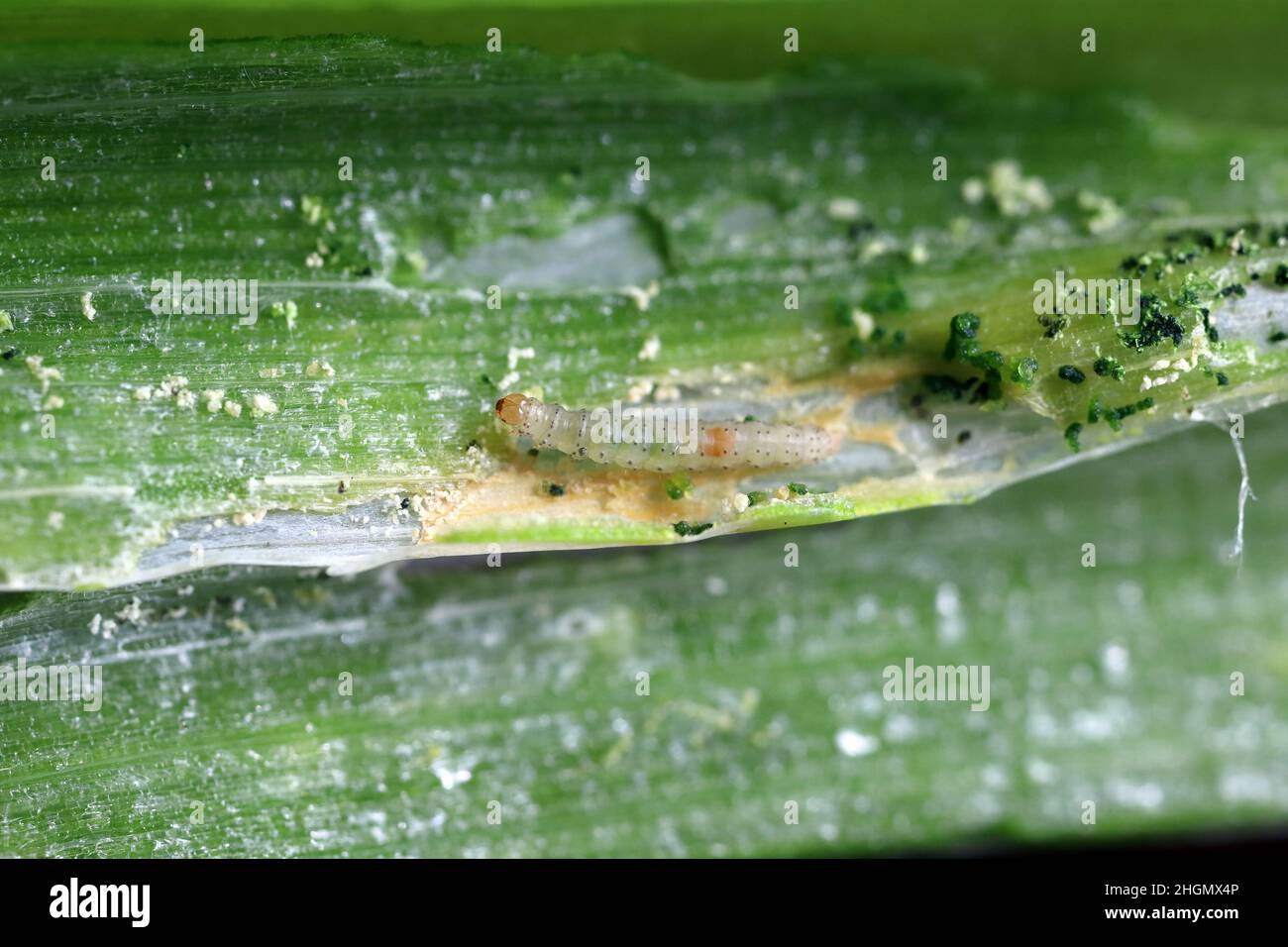 Caterpillar of leek moth or onion leaf miner Acrolepia assectella family Acrolepiidae. It is Invasive species a pest of leek crops. Stock Photohttps://www.alamy.com/image-license-details/?v=1https://www.alamy.com/caterpillar-of-leek-moth-or-onion-leaf-miner-acrolepia-assectella-family-acrolepiidae-it-is-invasive-species-a-pest-of-leek-crops-image457763622.html
Caterpillar of leek moth or onion leaf miner Acrolepia assectella family Acrolepiidae. It is Invasive species a pest of leek crops. Stock Photohttps://www.alamy.com/image-license-details/?v=1https://www.alamy.com/caterpillar-of-leek-moth-or-onion-leaf-miner-acrolepia-assectella-family-acrolepiidae-it-is-invasive-species-a-pest-of-leek-crops-image457763622.htmlRF2HGMX4P–Caterpillar of leek moth or onion leaf miner Acrolepia assectella family Acrolepiidae. It is Invasive species a pest of leek crops.
 Pea cyst nematode Heterodera gottingiana damage to field bean crop in flower Stock Photohttps://www.alamy.com/image-license-details/?v=1https://www.alamy.com/stock-photo-pea-cyst-nematode-heterodera-gottingiana-damage-to-field-bean-crop-13212208.html
Pea cyst nematode Heterodera gottingiana damage to field bean crop in flower Stock Photohttps://www.alamy.com/image-license-details/?v=1https://www.alamy.com/stock-photo-pea-cyst-nematode-heterodera-gottingiana-damage-to-field-bean-crop-13212208.htmlRMACR0MH–Pea cyst nematode Heterodera gottingiana damage to field bean crop in flower
 . Animal parasites and human disease. Insects as carriers of disease; Medical parasitology. ASCARIS 273 Ascaris or Eelworm. — Of greatest importance of these lesser intestinal parasites is the eelwormj j4scaris lumbricoides (Fig. IWJ. ^scaris is one of the largest nematode parasites known, the female averaging about ten inches in length, and occasion- ally measuring a foot and a half, while in diameter the body is about as large as an ordinary lead pencil. Thejnales are usually several inches shorter. These worms are among the most fre- quent human parasites. JThey occur in all parts of the w Stock Photohttps://www.alamy.com/image-license-details/?v=1https://www.alamy.com/animal-parasites-and-human-disease-insects-as-carriers-of-disease-medical-parasitology-ascaris-273-ascaris-or-eelworm-of-greatest-importance-of-these-lesser-intestinal-parasites-is-the-eelwormj-j4scaris-lumbricoides-fig-iwj-scaris-is-one-of-the-largest-nematode-parasites-known-the-female-averaging-about-ten-inches-in-length-and-occasion-ally-measuring-a-foot-and-a-half-while-in-diameter-the-body-is-about-as-large-as-an-ordinary-lead-pencil-thejnales-are-usually-several-inches-shorter-these-worms-are-among-the-most-fre-quent-human-parasites-jthey-occur-in-all-parts-of-the-w-image236747784.html
. Animal parasites and human disease. Insects as carriers of disease; Medical parasitology. ASCARIS 273 Ascaris or Eelworm. — Of greatest importance of these lesser intestinal parasites is the eelwormj j4scaris lumbricoides (Fig. IWJ. ^scaris is one of the largest nematode parasites known, the female averaging about ten inches in length, and occasion- ally measuring a foot and a half, while in diameter the body is about as large as an ordinary lead pencil. Thejnales are usually several inches shorter. These worms are among the most fre- quent human parasites. JThey occur in all parts of the w Stock Photohttps://www.alamy.com/image-license-details/?v=1https://www.alamy.com/animal-parasites-and-human-disease-insects-as-carriers-of-disease-medical-parasitology-ascaris-273-ascaris-or-eelworm-of-greatest-importance-of-these-lesser-intestinal-parasites-is-the-eelwormj-j4scaris-lumbricoides-fig-iwj-scaris-is-one-of-the-largest-nematode-parasites-known-the-female-averaging-about-ten-inches-in-length-and-occasion-ally-measuring-a-foot-and-a-half-while-in-diameter-the-body-is-about-as-large-as-an-ordinary-lead-pencil-thejnales-are-usually-several-inches-shorter-these-worms-are-among-the-most-fre-quent-human-parasites-jthey-occur-in-all-parts-of-the-w-image236747784.htmlRMRN4P60–. Animal parasites and human disease. Insects as carriers of disease; Medical parasitology. ASCARIS 273 Ascaris or Eelworm. — Of greatest importance of these lesser intestinal parasites is the eelwormj j4scaris lumbricoides (Fig. IWJ. ^scaris is one of the largest nematode parasites known, the female averaging about ten inches in length, and occasion- ally measuring a foot and a half, while in diameter the body is about as large as an ordinary lead pencil. Thejnales are usually several inches shorter. These worms are among the most fre- quent human parasites. JThey occur in all parts of the w
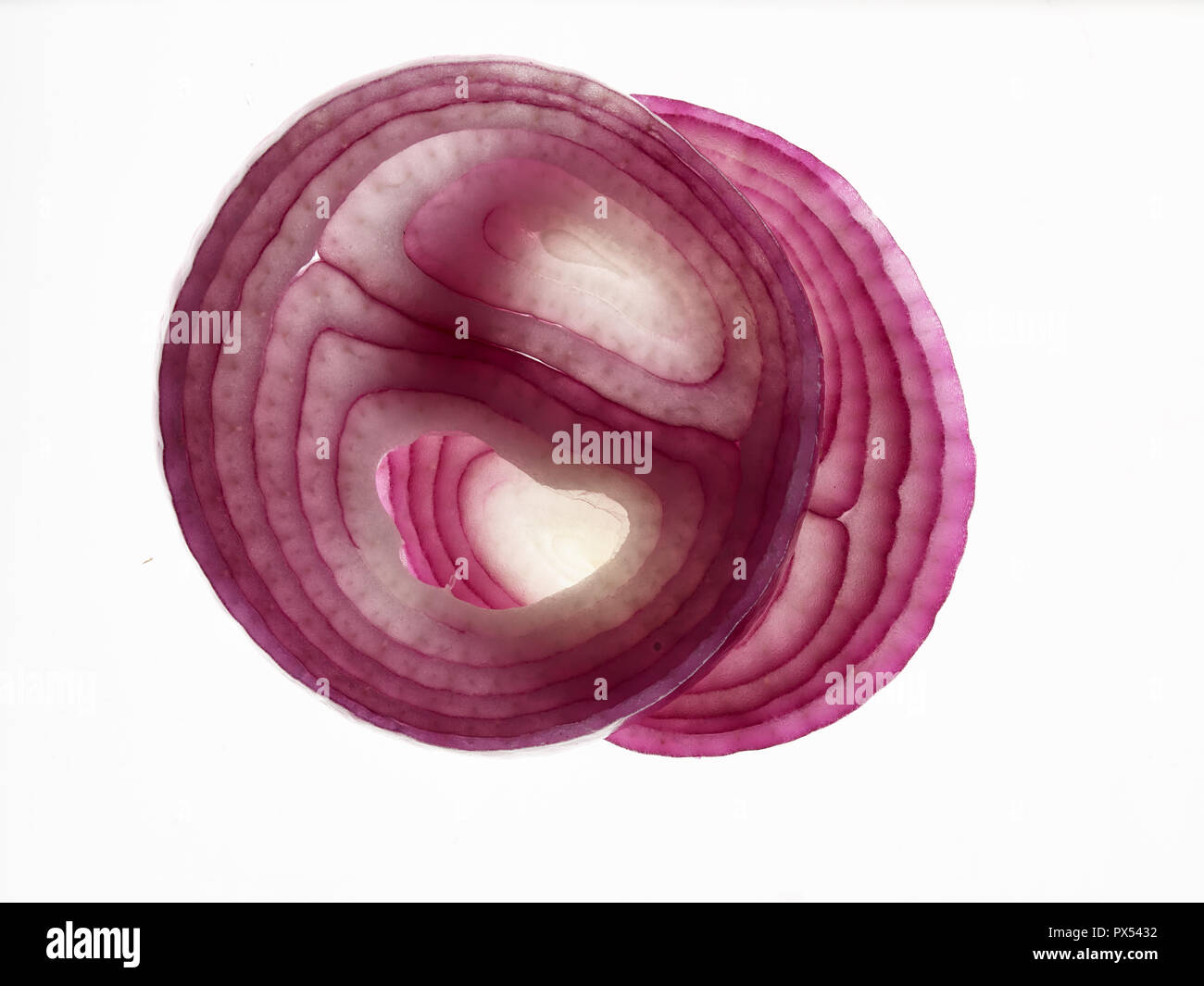 Red onion abstract food photograph Stock Photohttps://www.alamy.com/image-license-details/?v=1https://www.alamy.com/red-onion-abstract-food-photograph-image222618454.html
Red onion abstract food photograph Stock Photohttps://www.alamy.com/image-license-details/?v=1https://www.alamy.com/red-onion-abstract-food-photograph-image222618454.htmlRMPX5432–Red onion abstract food photograph
 Onion leaves damaged by leek moth or onion leaf miner (Acrolepiopsis, Acrolepia assectella) family Acrolepiidae. Stock Photohttps://www.alamy.com/image-license-details/?v=1https://www.alamy.com/onion-leaves-damaged-by-leek-moth-or-onion-leaf-miner-acrolepiopsis-acrolepia-assectella-family-acrolepiidae-image457763670.html
Onion leaves damaged by leek moth or onion leaf miner (Acrolepiopsis, Acrolepia assectella) family Acrolepiidae. Stock Photohttps://www.alamy.com/image-license-details/?v=1https://www.alamy.com/onion-leaves-damaged-by-leek-moth-or-onion-leaf-miner-acrolepiopsis-acrolepia-assectella-family-acrolepiidae-image457763670.htmlRF2HGMX6E–Onion leaves damaged by leek moth or onion leaf miner (Acrolepiopsis, Acrolepia assectella) family Acrolepiidae.
 Pea cyst nematode Heterodera gottingiana damage to field bean crop in flower Stock Photohttps://www.alamy.com/image-license-details/?v=1https://www.alamy.com/stock-photo-pea-cyst-nematode-heterodera-gottingiana-damage-to-field-bean-crop-13212190.html
Pea cyst nematode Heterodera gottingiana damage to field bean crop in flower Stock Photohttps://www.alamy.com/image-license-details/?v=1https://www.alamy.com/stock-photo-pea-cyst-nematode-heterodera-gottingiana-damage-to-field-bean-crop-13212190.htmlRMACR0JR–Pea cyst nematode Heterodera gottingiana damage to field bean crop in flower
 . Animal parasites and human disease. Medical parasitology; Insects as carriers of disease. ASCARIS 273 Ascaris or Eelworm. — Of greatest importance of these lesser intestinal parasites is the eelworm, Ascaris lumbricoides (Fig. 106). Ascaris is one of the largest nematode parasites known, the female averaging about ten inches in length, and occasion- ally measuring a foot and a half, while in diameter the body is about as large as an ordinary lead pencil. The males are usually several inches shorter. These worms are among the most fre- quent human parasites. They occur in all parts of the wor Stock Photohttps://www.alamy.com/image-license-details/?v=1https://www.alamy.com/animal-parasites-and-human-disease-medical-parasitology-insects-as-carriers-of-disease-ascaris-273-ascaris-or-eelworm-of-greatest-importance-of-these-lesser-intestinal-parasites-is-the-eelworm-ascaris-lumbricoides-fig-106-ascaris-is-one-of-the-largest-nematode-parasites-known-the-female-averaging-about-ten-inches-in-length-and-occasion-ally-measuring-a-foot-and-a-half-while-in-diameter-the-body-is-about-as-large-as-an-ordinary-lead-pencil-the-males-are-usually-several-inches-shorter-these-worms-are-among-the-most-fre-quent-human-parasites-they-occur-in-all-parts-of-the-wor-image236740899.html
. Animal parasites and human disease. Medical parasitology; Insects as carriers of disease. ASCARIS 273 Ascaris or Eelworm. — Of greatest importance of these lesser intestinal parasites is the eelworm, Ascaris lumbricoides (Fig. 106). Ascaris is one of the largest nematode parasites known, the female averaging about ten inches in length, and occasion- ally measuring a foot and a half, while in diameter the body is about as large as an ordinary lead pencil. The males are usually several inches shorter. These worms are among the most fre- quent human parasites. They occur in all parts of the wor Stock Photohttps://www.alamy.com/image-license-details/?v=1https://www.alamy.com/animal-parasites-and-human-disease-medical-parasitology-insects-as-carriers-of-disease-ascaris-273-ascaris-or-eelworm-of-greatest-importance-of-these-lesser-intestinal-parasites-is-the-eelworm-ascaris-lumbricoides-fig-106-ascaris-is-one-of-the-largest-nematode-parasites-known-the-female-averaging-about-ten-inches-in-length-and-occasion-ally-measuring-a-foot-and-a-half-while-in-diameter-the-body-is-about-as-large-as-an-ordinary-lead-pencil-the-males-are-usually-several-inches-shorter-these-worms-are-among-the-most-fre-quent-human-parasites-they-occur-in-all-parts-of-the-wor-image236740899.htmlRMRN4DC3–. Animal parasites and human disease. Medical parasitology; Insects as carriers of disease. ASCARIS 273 Ascaris or Eelworm. — Of greatest importance of these lesser intestinal parasites is the eelworm, Ascaris lumbricoides (Fig. 106). Ascaris is one of the largest nematode parasites known, the female averaging about ten inches in length, and occasion- ally measuring a foot and a half, while in diameter the body is about as large as an ordinary lead pencil. The males are usually several inches shorter. These worms are among the most fre- quent human parasites. They occur in all parts of the wor
 Red onion abstract food photograph Stock Photohttps://www.alamy.com/image-license-details/?v=1https://www.alamy.com/red-onion-abstract-food-photograph-image222618466.html
Red onion abstract food photograph Stock Photohttps://www.alamy.com/image-license-details/?v=1https://www.alamy.com/red-onion-abstract-food-photograph-image222618466.htmlRMPX543E–Red onion abstract food photograph
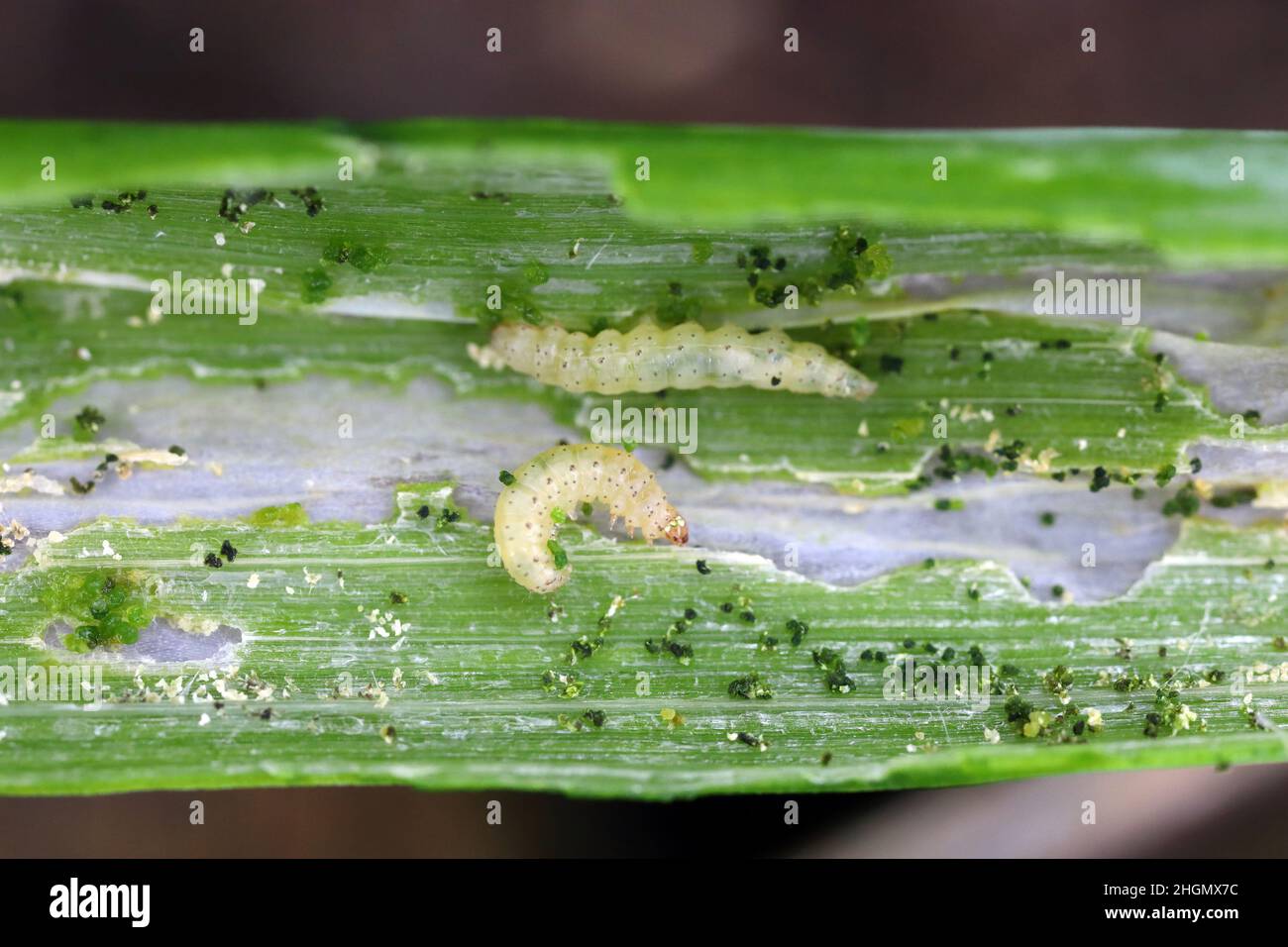 Caterpillars of leek moth or onion leaf miner Acrolepia assectella family Acrolepiidae. It is Invasive species a pest of leek crops. Stock Photohttps://www.alamy.com/image-license-details/?v=1https://www.alamy.com/caterpillars-of-leek-moth-or-onion-leaf-miner-acrolepia-assectella-family-acrolepiidae-it-is-invasive-species-a-pest-of-leek-crops-image457763696.html
Caterpillars of leek moth or onion leaf miner Acrolepia assectella family Acrolepiidae. It is Invasive species a pest of leek crops. Stock Photohttps://www.alamy.com/image-license-details/?v=1https://www.alamy.com/caterpillars-of-leek-moth-or-onion-leaf-miner-acrolepia-assectella-family-acrolepiidae-it-is-invasive-species-a-pest-of-leek-crops-image457763696.htmlRF2HGMX7C–Caterpillars of leek moth or onion leaf miner Acrolepia assectella family Acrolepiidae. It is Invasive species a pest of leek crops.
 Pea cyst nematode Heterodera gottingiana damage to field bean crop in flower Stock Photohttps://www.alamy.com/image-license-details/?v=1https://www.alamy.com/stock-photo-pea-cyst-nematode-heterodera-gottingiana-damage-to-field-bean-crop-13212194.html
Pea cyst nematode Heterodera gottingiana damage to field bean crop in flower Stock Photohttps://www.alamy.com/image-license-details/?v=1https://www.alamy.com/stock-photo-pea-cyst-nematode-heterodera-gottingiana-damage-to-field-bean-crop-13212194.htmlRMACR0JY–Pea cyst nematode Heterodera gottingiana damage to field bean crop in flower